ElDorado Starfire is the fiberglass RV of a Lincoln lover’s dreams
(Update: this article inspired a follow up piece, with details from an ElDorado Motor Corp employee. Read it here.)
The evening of March 18, 1988 was just an ordinary Friday for yours truly, planted in front of the TV watching another episode of Miami Vice. It was a show that introduced me to a world of products, styles, and themes I had never before imagined. Perhaps you felt that way too, as it was a window into a world most folks never touch. I mean, you just don’t see this stuff in the suburbs.
While I was far too young to understand Vice‘s nuanced sociopolitical undertones, and though I couldn’t comprehend the concept of film noir, I absolutely knew what a RV was supposed to look like … Until I didn’t. On that Friday night in 1988, I was introduced to a radical-looking RV in the final scene of “Badge of Dishonor.”
The televised RV in question is above, turned into a mobile soup kitchen to end the sordid tale on a less tragic note. While it was an apparatus worthy of a white Testarossa-turned-cop car, the Lincoln Continental themes rendered me unable to process the stimuli presented. And there was no Google for googling. I couldn’t ask Siri what had just scrolled across my 25-inch Magnavox. Who on earth made this perfect vision of a Lincoln-themed Recreation Vehicle?
It wasn’t until the mid-2000s that I found the information needed to quench my thirst. Turns out the Lincoln RV was made by ElDorado Motor Corporation. And the folks behind the Cadillac-adjacent coach company gave this RV a rather Oldsmobilian name: Starfire.

ElDorado’s Starfire was likely in production for a short time (1986 to 1989?) in limited volume (150–300 units, depending on who you ask). Internet lore suggested the Starfire started at $80,000, which is well over $200,000 in today’s dollars. That’s not chump change, and this RV was never intended to be a fool’s errand.
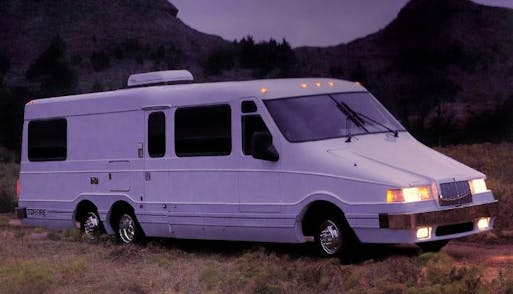
The Starfire sported a unique fiberglass body and top-tier hardware bolted to it. The styling was very Boeing 727 in the cockpit, somewhat streamline moderne in the sides, and capped off with Lincoln Continental facades front and back. The seemingly one-piece construction made sense, flawlessly integrating 1980 Ford F-series taillights, a faux Continental kit, 1984 Lincoln Continental grille, and 1984 Lincoln Mark VII headlights into a streamlined body with an anteater-like snout. (Contrary to the stories published elsewhere on the Internet, the Starfire does not use the Mark VII’s smaller grille: It’s from the four-door Continental, and ask me how I know.)
What’s amazing is how ElDorado integrated a Boeing-esque cockpit with the Lincoln snout, taking the Mark VII’s fender-to-cowl contouring to levels last seen when Ken Griffey Jr. was a guest star in The Simpsons. Below that awkwardly brilliant homage is the same replicated Euro-look of the Mark VII LSC: ribbed lower trim worthy of a W-126 Mercedes with chrome bumpers and fog lights. What on earth made ElDorado think of this motif for a recreational vehicle?
The Starfire was impressive under the skin too, sporting an air spring at each wheel, much like Lincolns of the era (or the GMC RV before it). The fiberglass construction ensured a one-piece design, impervious to leaks from shrinking body-adhesives rattling themselves apart over time. Roof damage could be repaired easily—well, at least in theory. And it all rested on the competent bones of the Ford E33 (Econoline) chassis.

Unlike cheaper RVs of the day, the Starfire chose the rarified air of a stripped Econoline chassis for its design. There were two configurations (27- or 31-feet) with the longer version mandating a tag axle behind the driving wheels. I have yet to figure out who installed that extraneous axle, but Ford’s promotional material suggests that ElDorado leveraged its bus-making skills and did the work in-house. Power came from either an optional 6.9-liter not-Powerstroke diesel or a standard, 460-cubic-inch gasoline V-8. Both engines fed power to the rear wheels by Ford’s C6 transmission.
Nothing in my research dissuaded me from wanting a Starfire RV, and subsequent online classified searching (and sharing on social media) ensured all my friends embraced my dream. One such friend is Troy Hogan (a gent made semi-famous by a 24 Hours of Lemons penalty that bears his name) and he found this example on Facebook Marketplace last week. It’s part of a larger estate sale, has been stored indoors since 2004, and had all the markings of a great RV (assuming some modest reconditioning). The recon is mandatory, because it hasn’t run in nearly 20 years, and trailering a 31-foot RV back home presents some challenges.
That’s because trailering a tag axle–equipped Starfire requires some specialized towing hardware. Even with the right trailer, tongue weight on the truck would be dicey, considering the 8-foot-long schnoz on these rigs. We eventually gave up on borrowing a trailer from friends, instead rented a 30-foot trailer (at a $250 daily rate) and made the five-hour journey on a Friday night. After arriving at a hotel close to the Starfire at 3 a.m., waking up at 8 in the morning, and arriving at the seller’s property shortly thereafter, both of us were walking zombies living on little else but caffeine and sugar. But we got to see this particular Starfire in full detail, warts and all.
Opening the Starfire’s massive hood took me back to the days of 1970s yachts of the Malaise Era, and there was a fair bit of room under the hood to step inside, inspect the wiring, engine, batteries, generator, and miscellaneous accessories and modules. Everything looked in order, as nothing was hacked up or partially repaired, and there was no sign of serious accident damage. There was a good chance this rig would start up with fresh gas, a new fuel tank, some carb cleaning, and at least one new battery.
Walking inside was another story. The photos on Facebook weren’t misleading, but they didn’t show necessary details. Like threadbare seat upholstery. Or a pair of cracked windscreens. But still, almost everything was there, even if it all needed a good clean to ever be used again.
The big question was: What all still worked? While the seller was generous enough to give us an extension cord with power from a nearby barn, we couldn’t get juice to everything. Not the end of the world, as the wiring appeared to be in good shape and we simply didn’t know where each component sourced its power, as this was not nearly as centralized as I hoped.
Turning behind the cockpit and living area we found a reasonably well preserved, wholly original kitchen. Just look at the photos, and recall the days when these appliances were new, sparkling and suitably upscale for a home of any size. The accent lighting above the cabinets still worked, even if their plastic lenses were yellowed to the point of brittleness. The cabinets were very high quality, sporting unique plastic tubs and clever latches (that broke from abuse, but are likely a quick fix with the right size sheet of plastic and a rotary tool).
While this 31-foot example lacks a proper bedroom in the rear (an option the original owner regrettably avoided) the twin couches make for great entertaining options that can be folded into a bed. There was too much junk everywhere to properly photograph the rest, but the Starfire’s sights and smells weren’t terribly concerning, either.
The final section of the Starfire’s interior is the bathroom and closet, accessible by a weighty pocket door with integral mirror. Everything looked original, and there were no signs of roof leakage or critters taking up residence. While I am sure the sink and toilet plumbing shall need extensive leak testing before being put into use, there were no significant red flags.
The exterior clearly needed a polish, especially the chalky plastic headlights. But standing in front of the Starfire makes you realize just how much it looks like a bullet train for the highway. Well, perhaps a bullet train designed by the peeps that made the Mark VII LSC…
The rest of the exterior had no particular disappointments, aside from learning that ElDorado had the gall to make opening side doors in the cockpit an option—on which this example tragically lacked. Disappointing, but that’s one less thing to go wrong, and the doors do look much sleeker without clunky handles in the way.
The seller wisely put a tarp over the roof, as the seals around the two air conditioners weren’t water tight. (The rest of the fiberglass roof looked leak-free.) It was all worthy of reconditioning, and the tires looked like they might actually withstand a trip back home … if the RV actually ran under its own power.
But both of us were souring on this Starfire’s prospects, even with a significant service history found in one of the cabinets. Troy correctly noted this Starfire would nickel-and-dime us to death. Rebuilding the fuel system and slapping in some batteries was no big deal: Anything for a Ford Econoline would be dirt-cheap to address. Perhaps the air suspension was still in working order, and perhaps they were standard parts from tractor trailers. But the RV-specific air conditioning (which worked, but blew hot air), the dead fridge, torn seats, cracked windshelds, and random deterioration in the cabin were significant concerns.
Googling this Guardian glass part number didn’t give me the immediate satisfaction I so craved. Worst case scenario, each window pane would have to be reproduced, and each would cost more than this Starfire’s asking price. We knew we had to walk away, even after sinking hundred of dollars in a rented trailer, hotel, meals, and the cost of diesel fuel. Not all was lost, as we had a great conversation with the sellers; they are a genuinely warm and kind-hearted bunch. It’s tempting to consider another visit to help them liquidate the automotive-related bits from their estate. Who knows, maybe we still will. When it isn’t so painfully hot outside, that is.
While we left with an empty trailer, this small Texas town tempted me one final time: a gold-toned Lincoln Mark VII, the donor car for the Starfire’s headlight clusters, less than a mile away from the RV, just begging to come home with me. Maybe it’s a sign, as I spent decades waiting for this moment. Alas, the trailer never carried a load home.
Was this automotive experience packing an impact that I’ve yet to comprehend? Perhaps so, but my heart was full of joy in the knowledge that I finally met my Lincoln-themed hero from March 18, 1988. And it didn’t disappoint, even when it did.


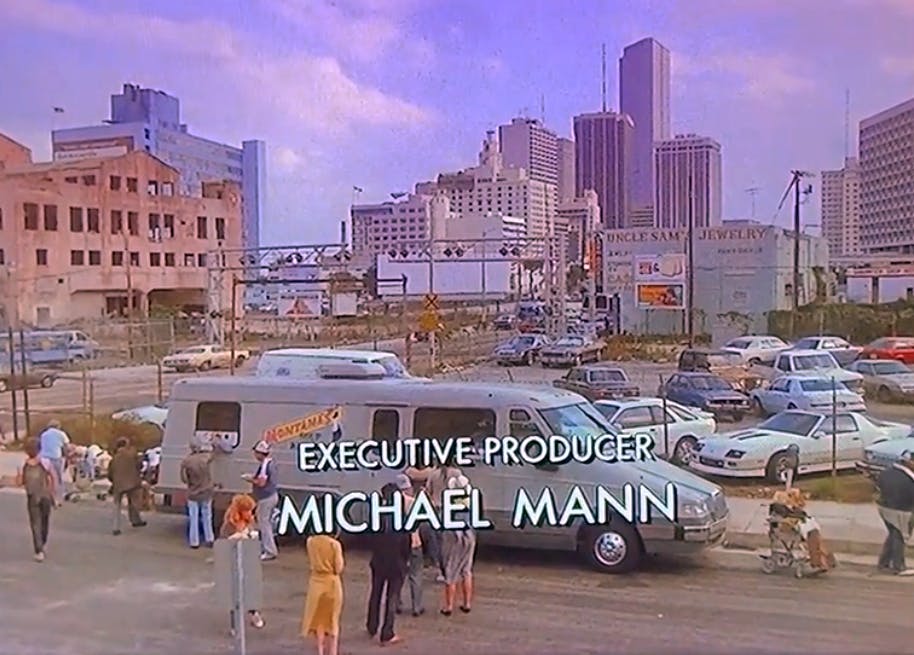
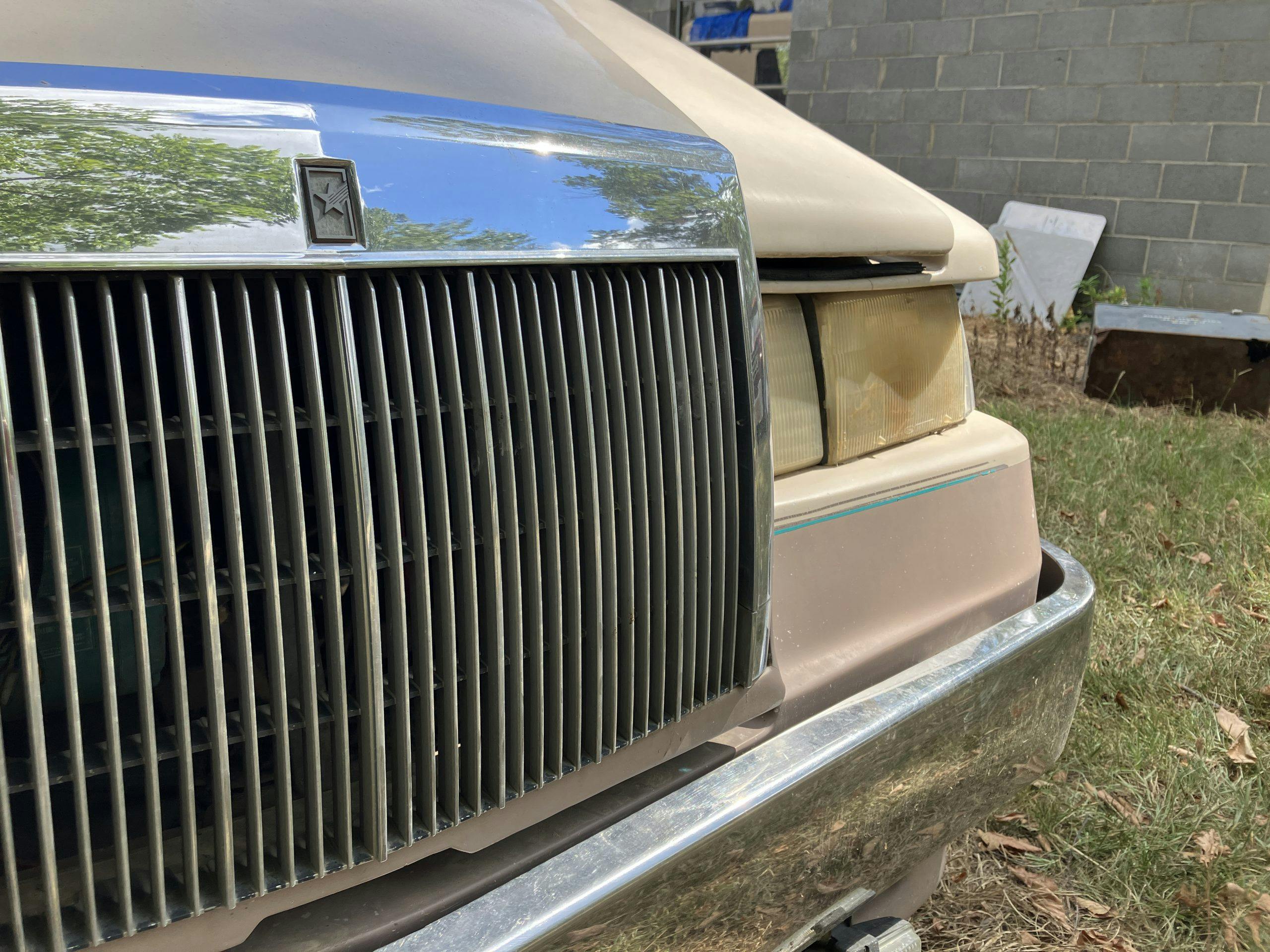
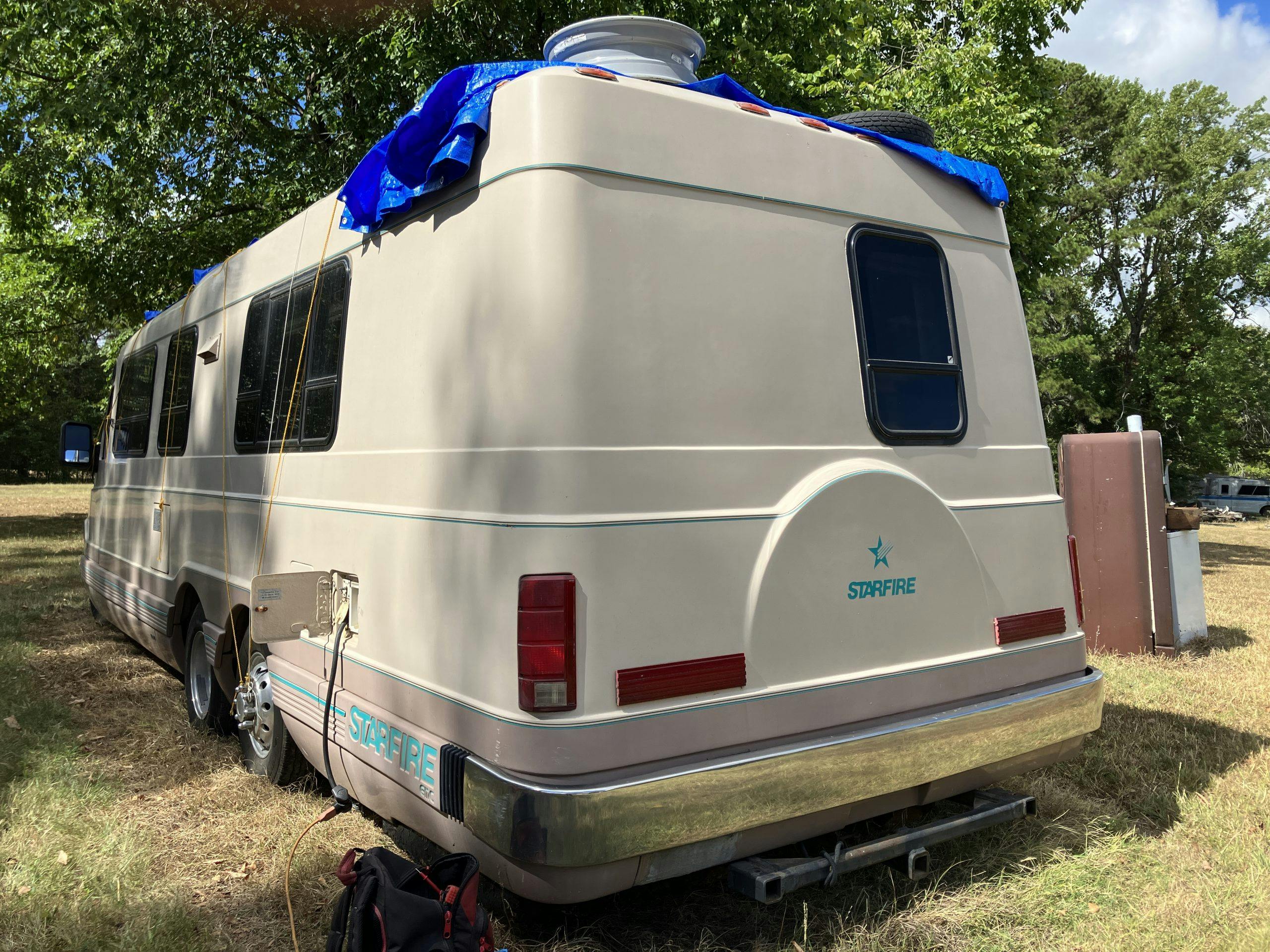
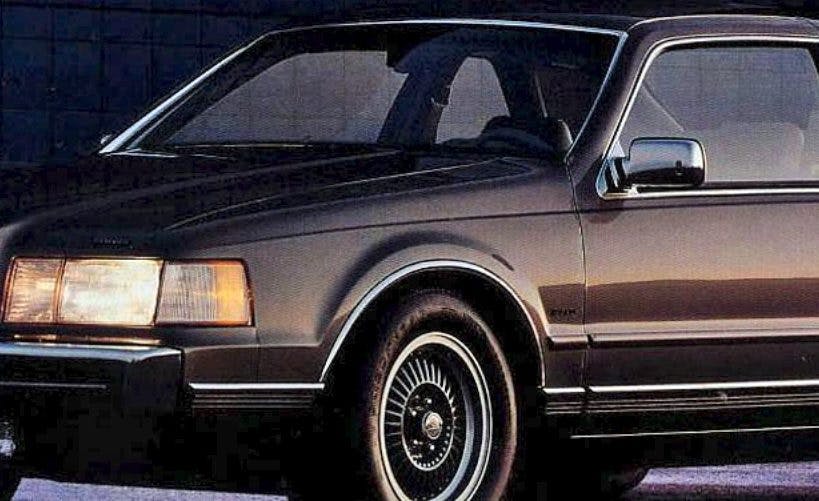
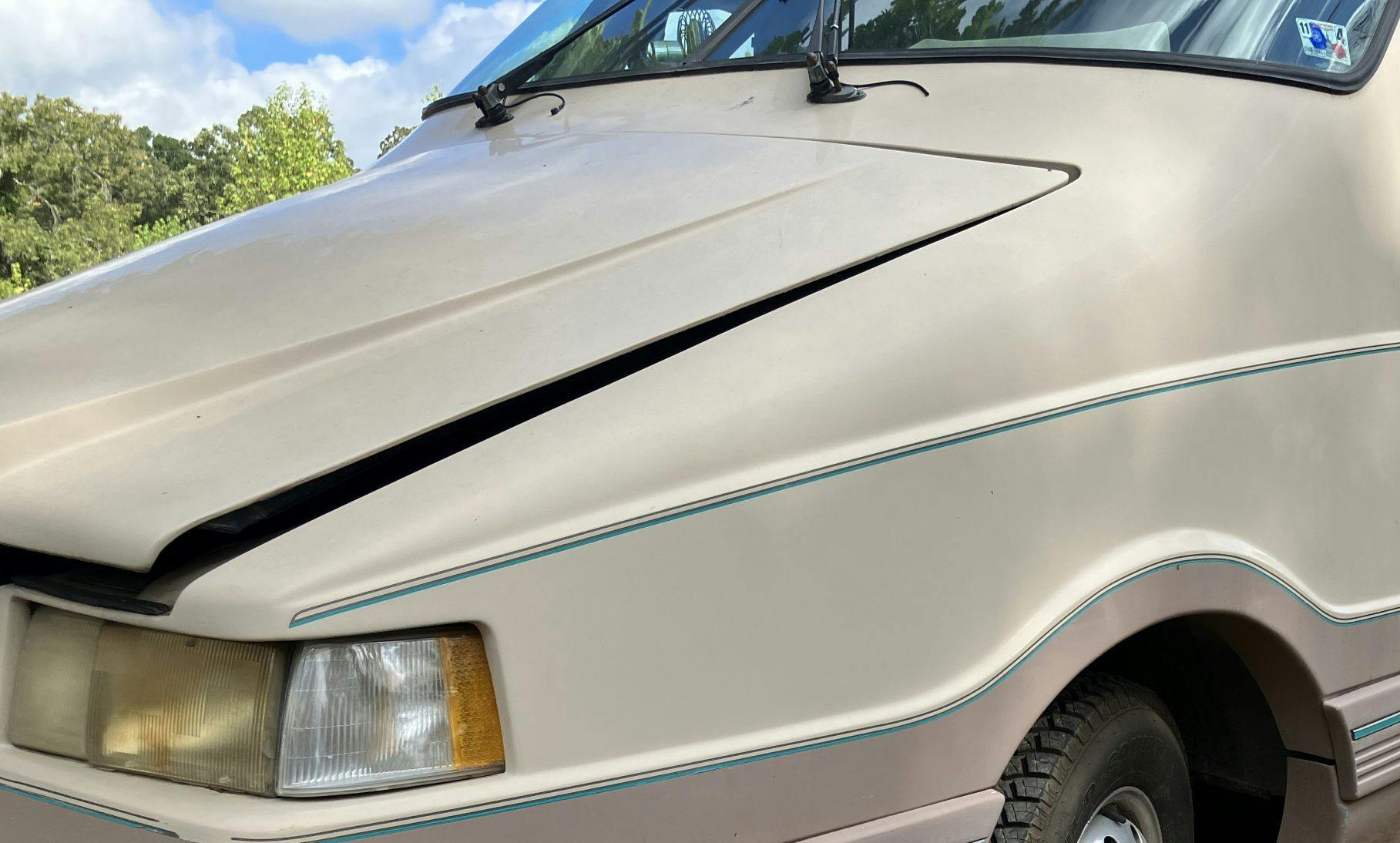

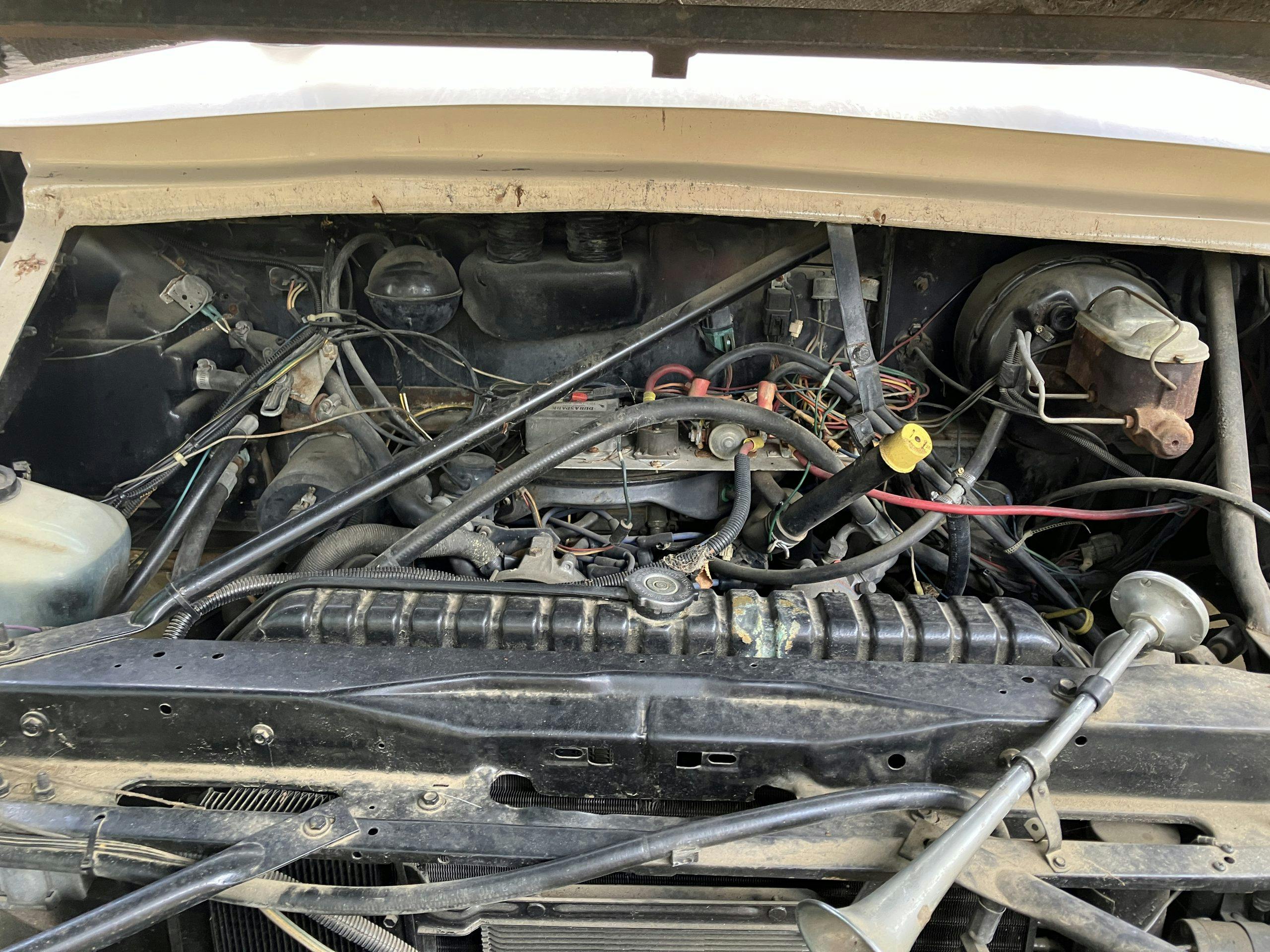
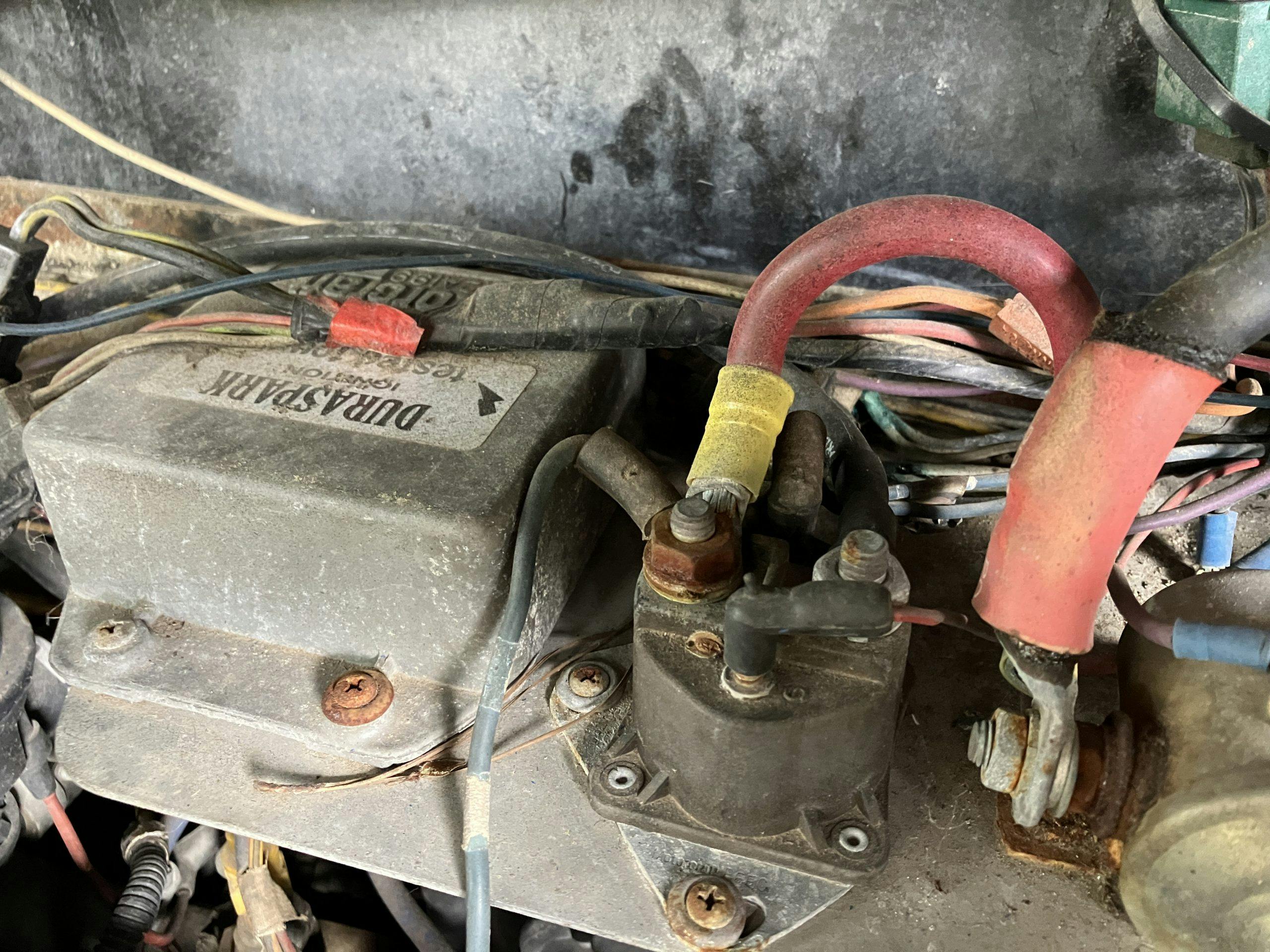
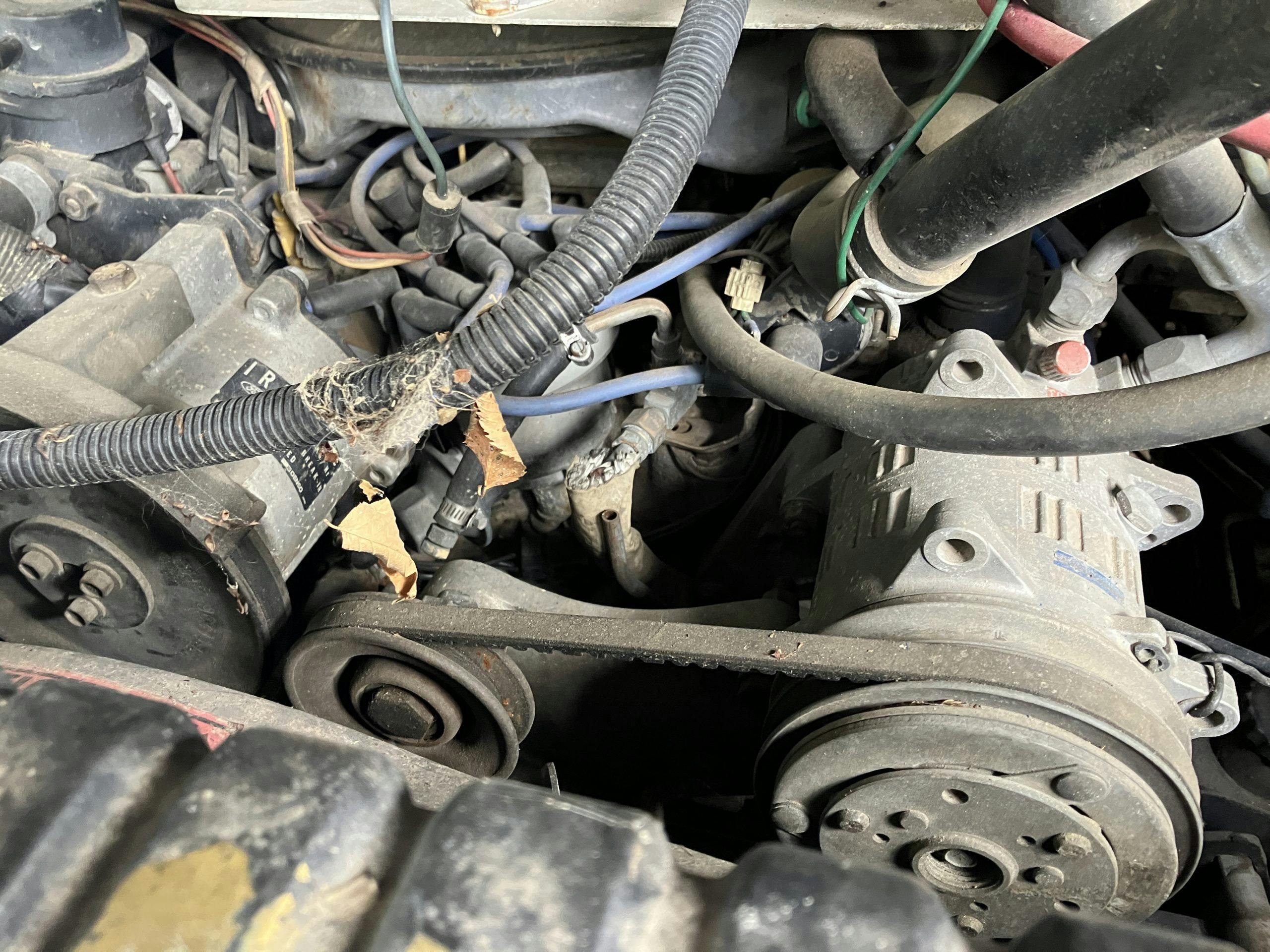
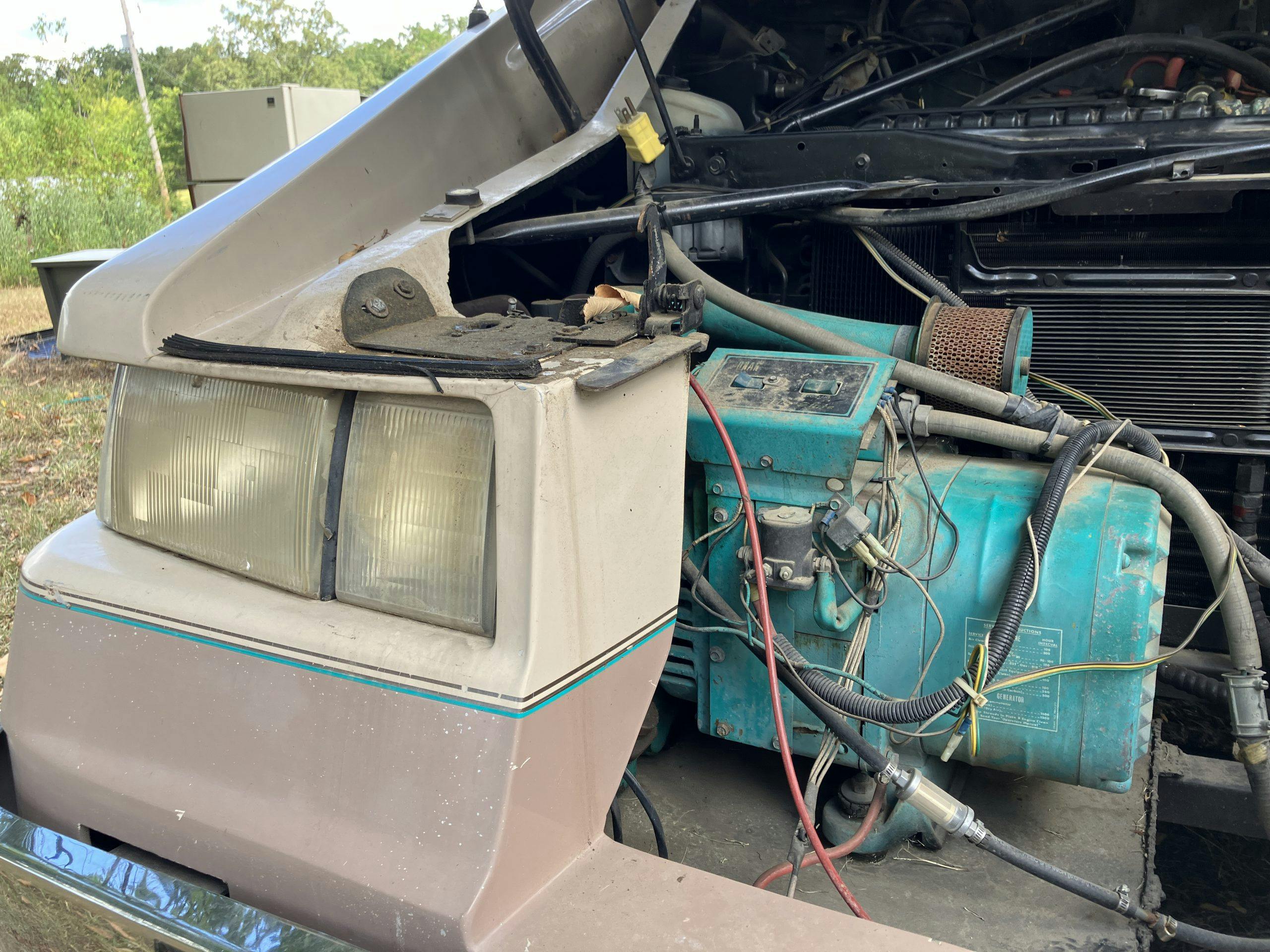
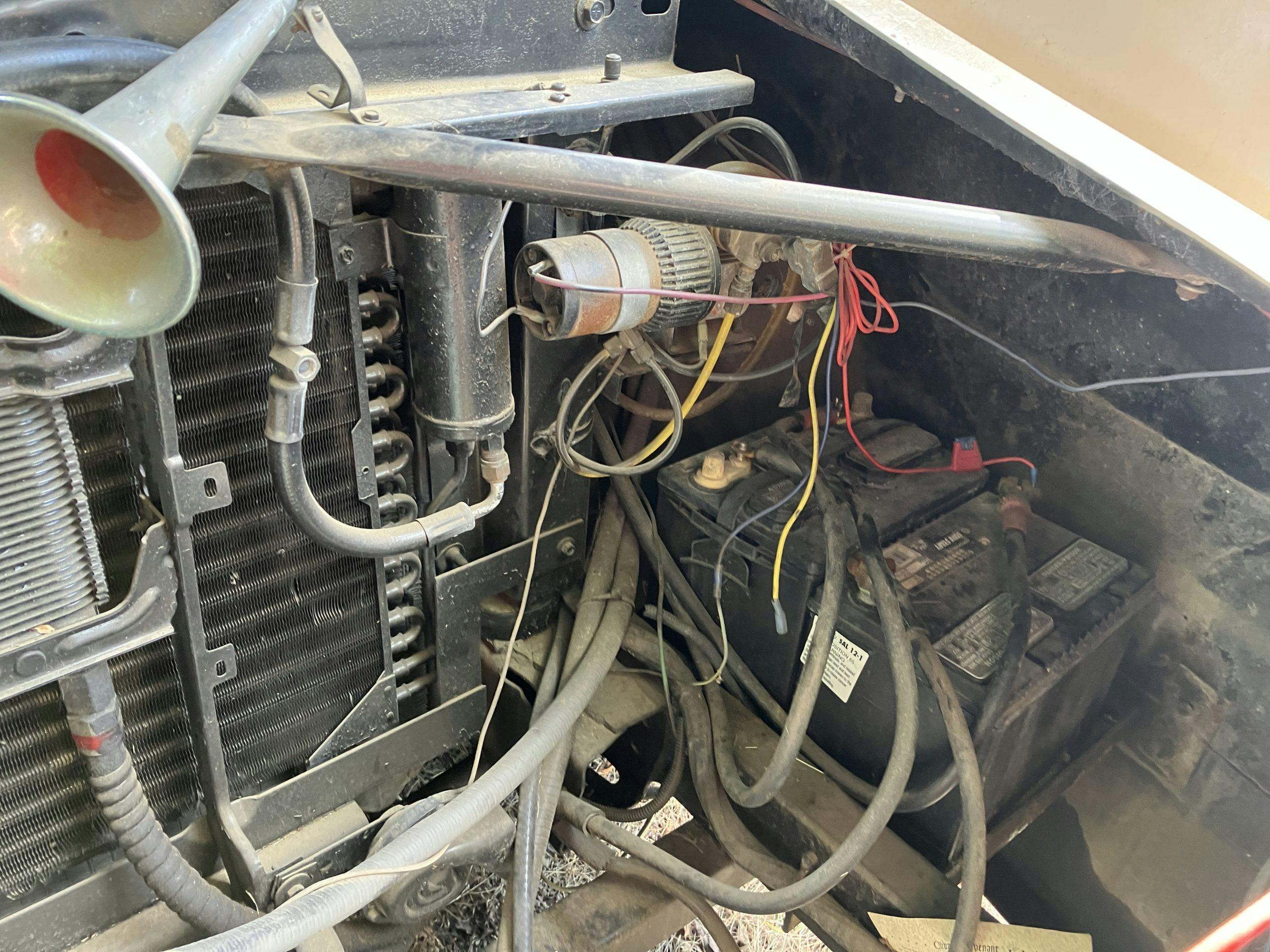
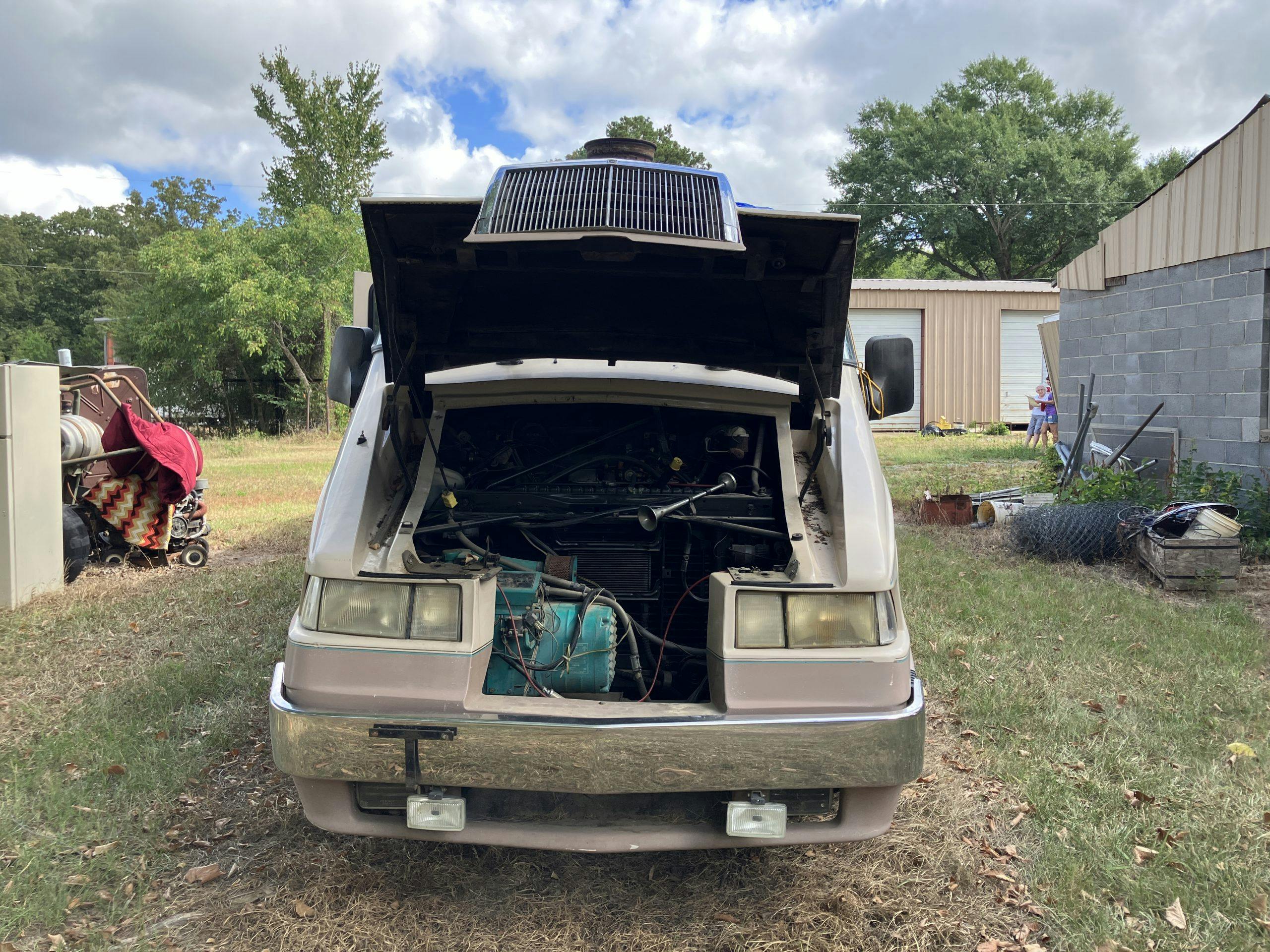
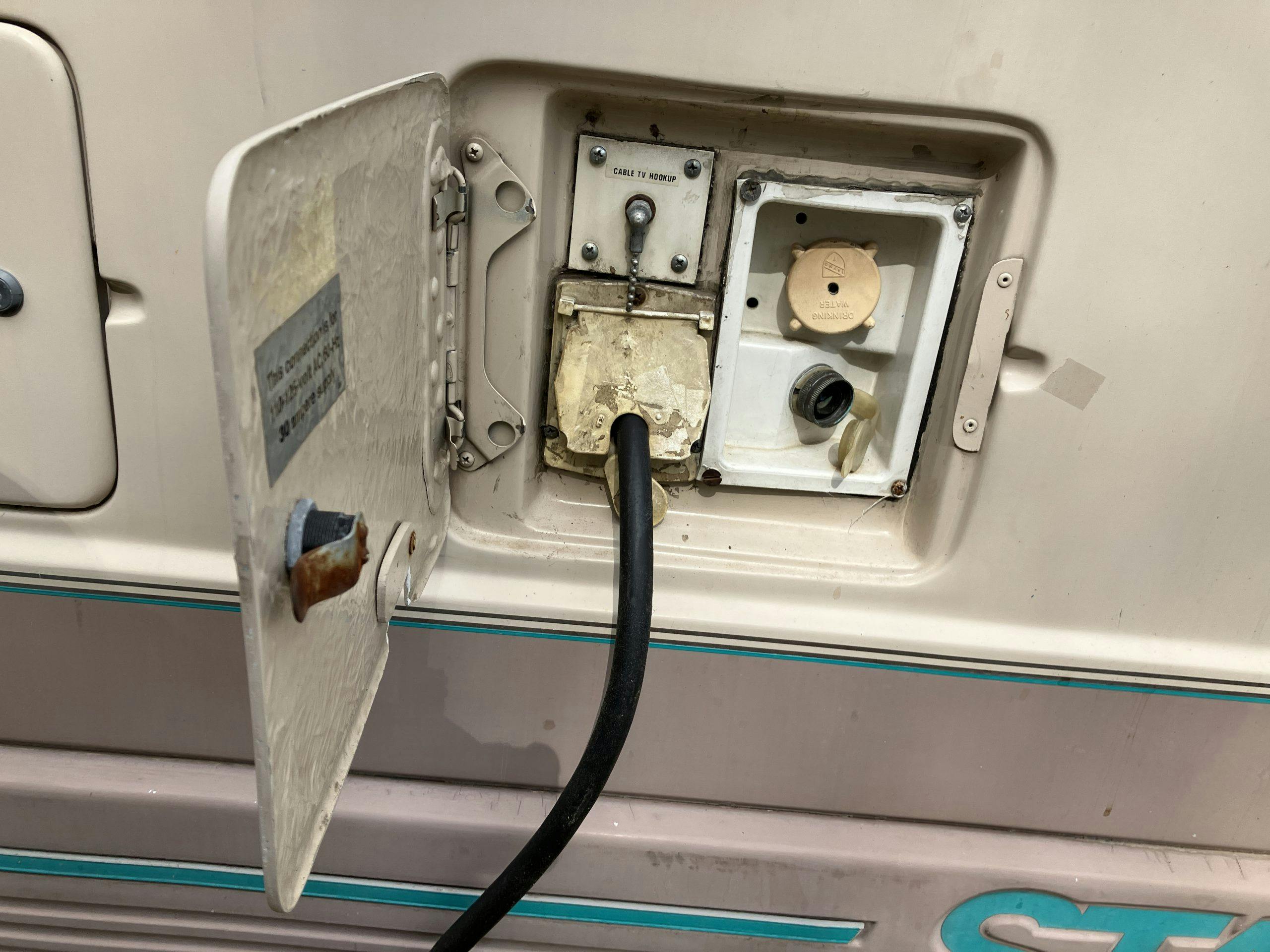
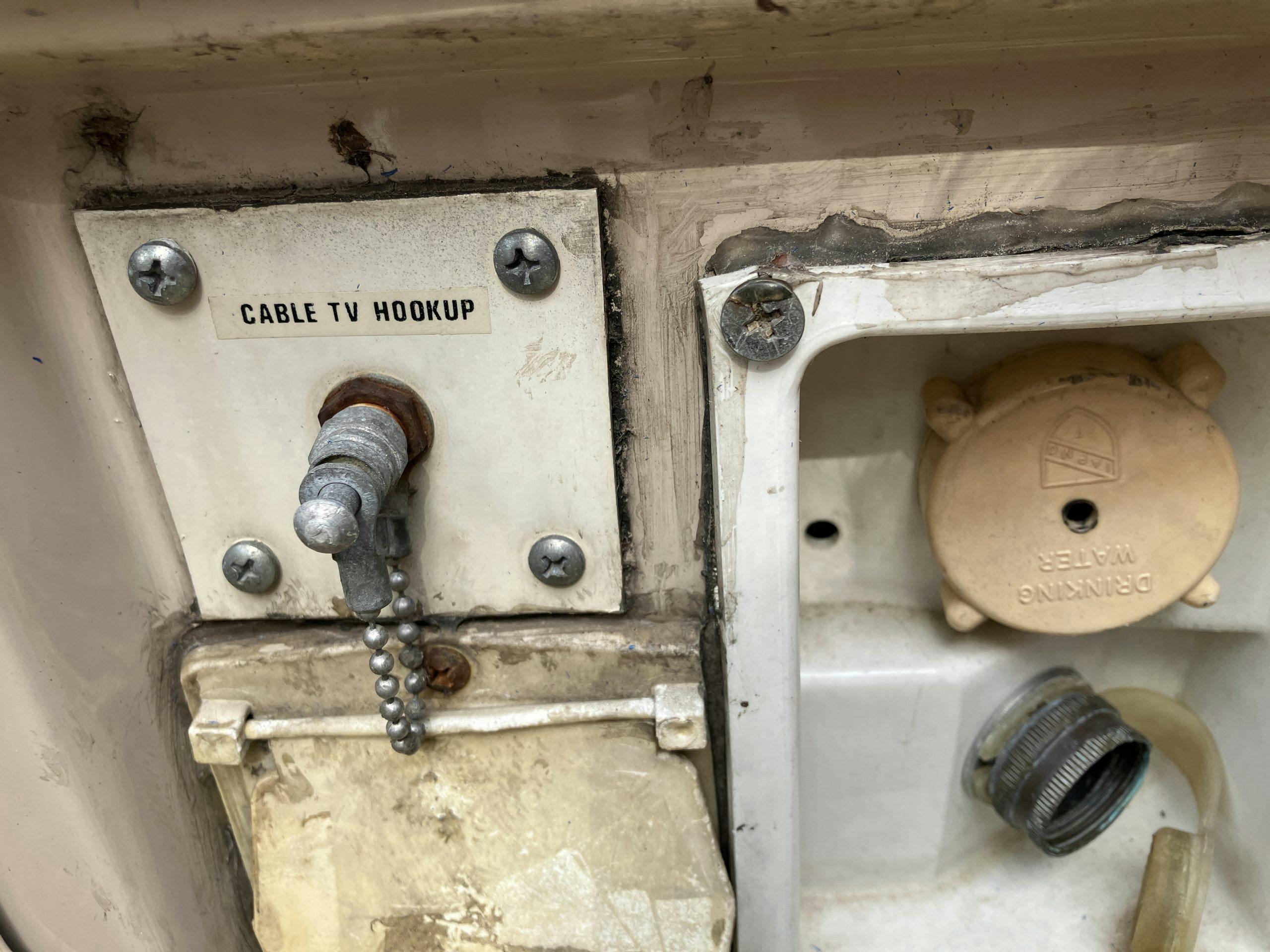
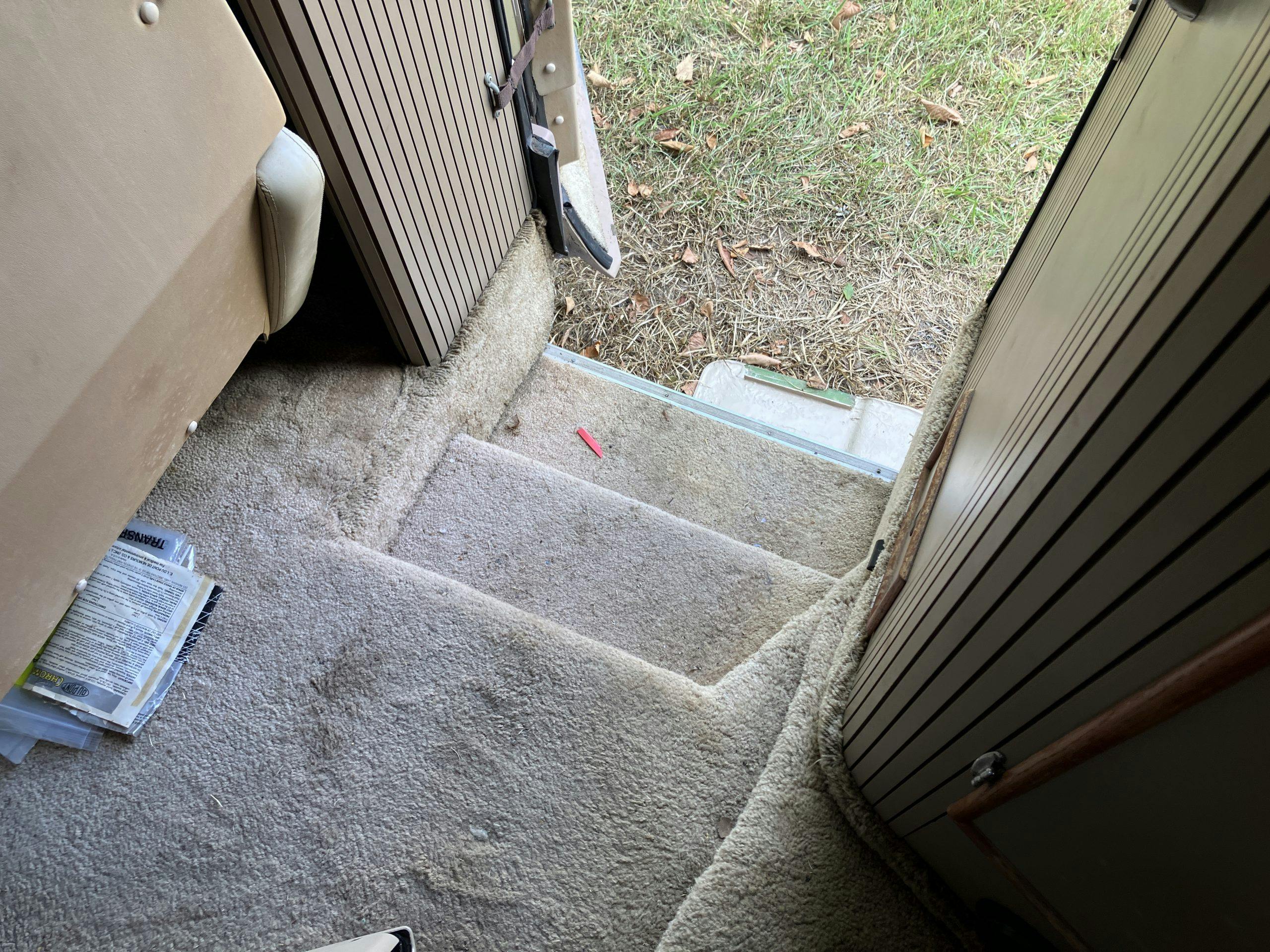
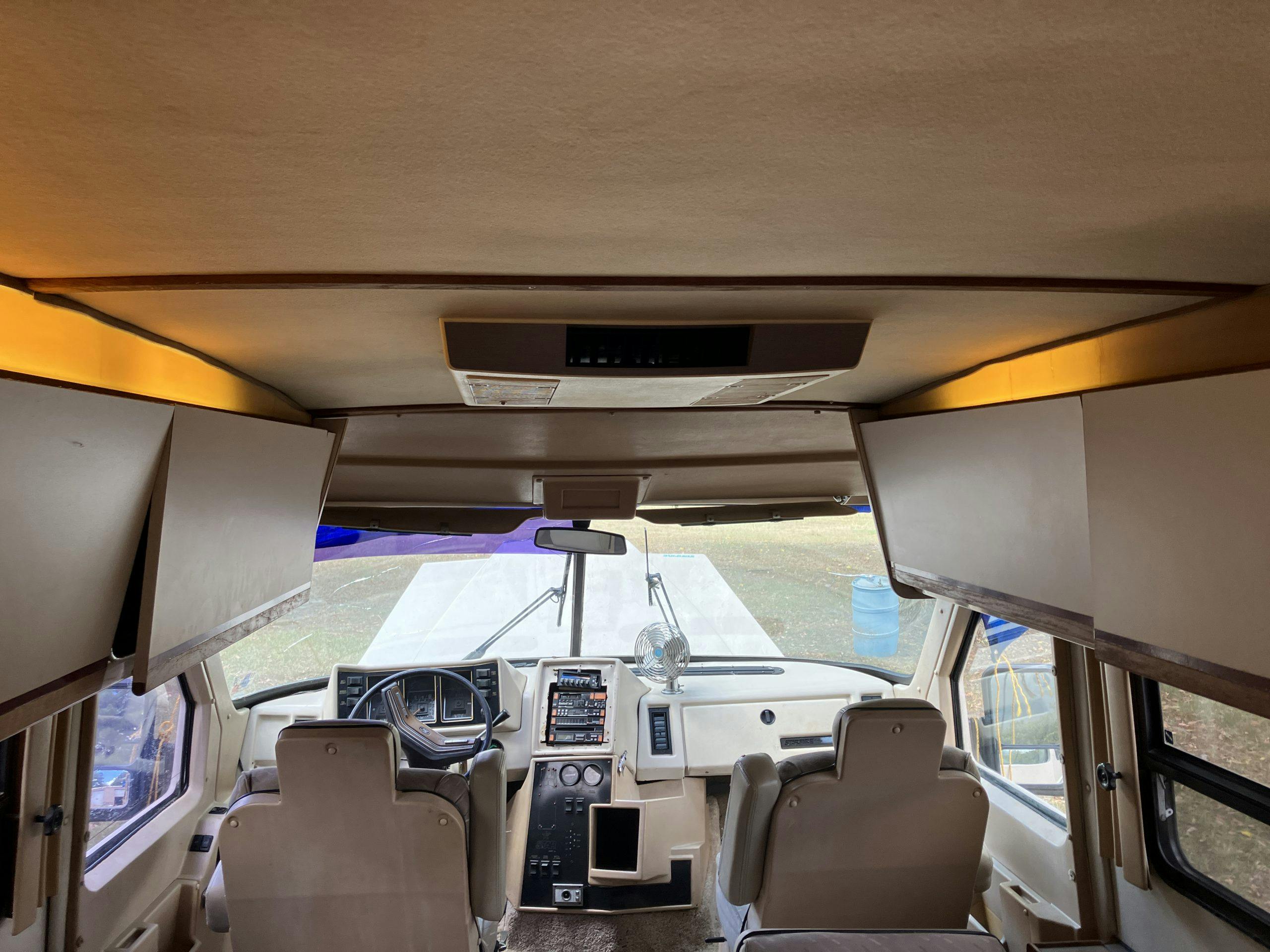
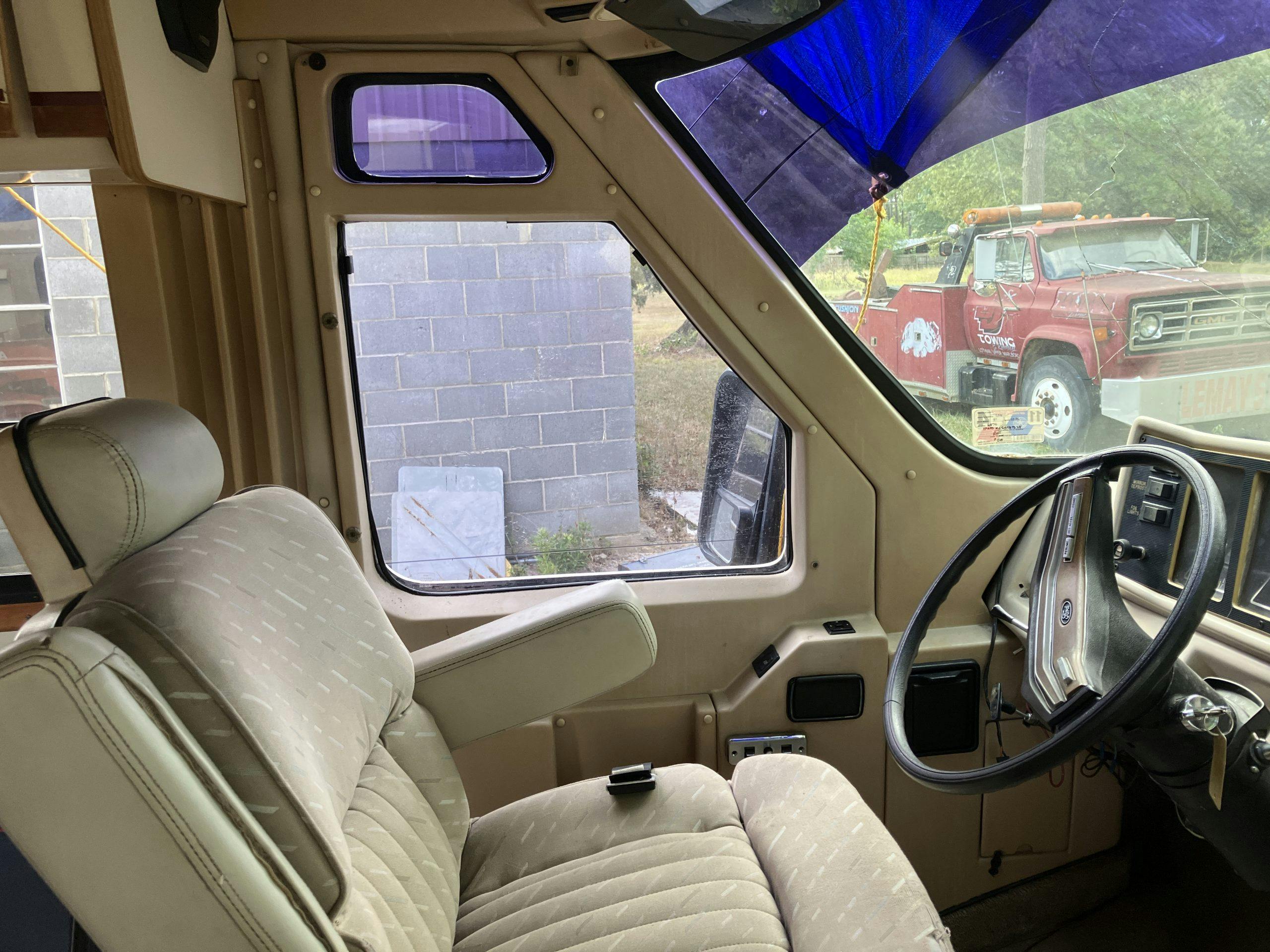
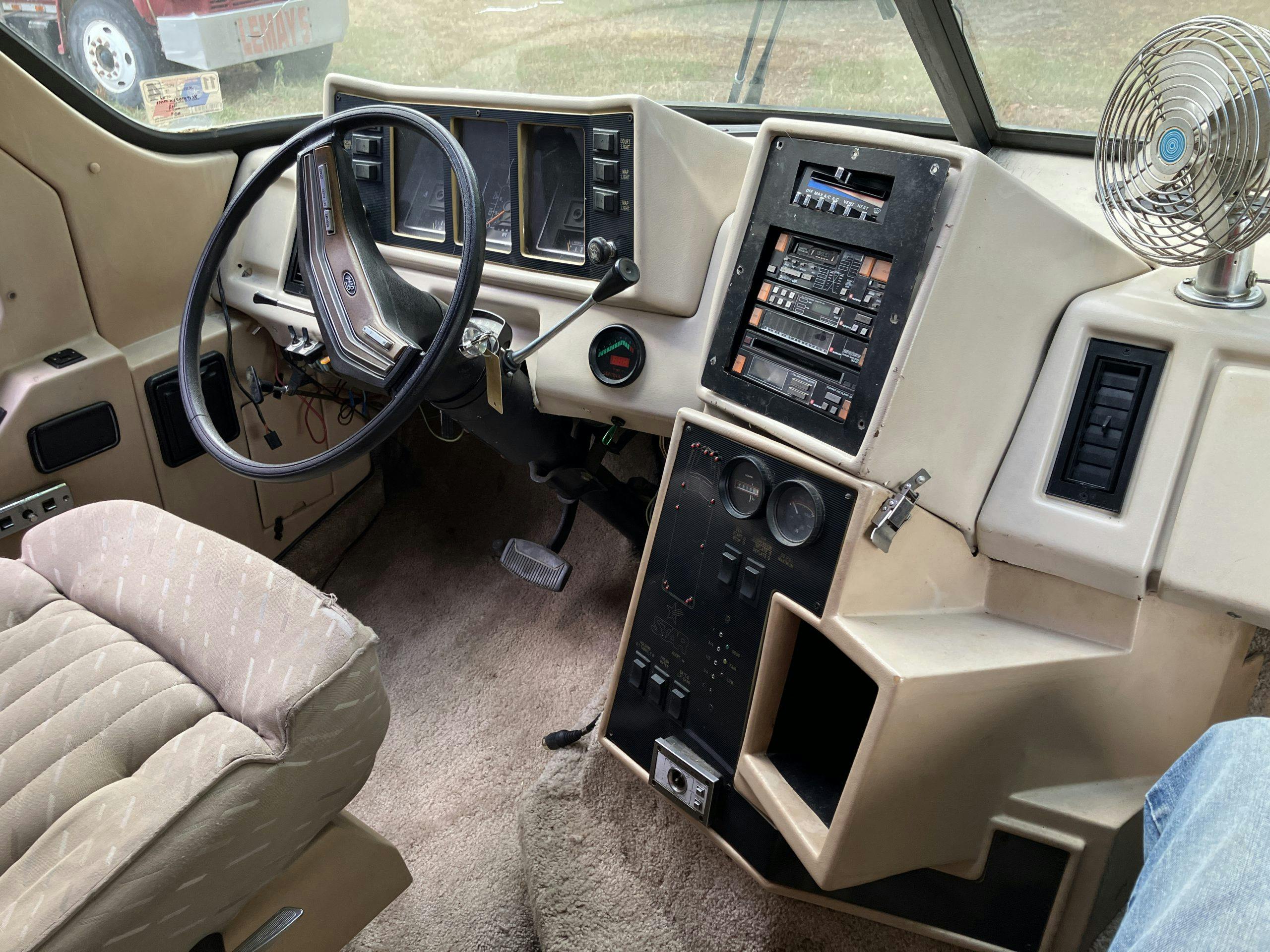

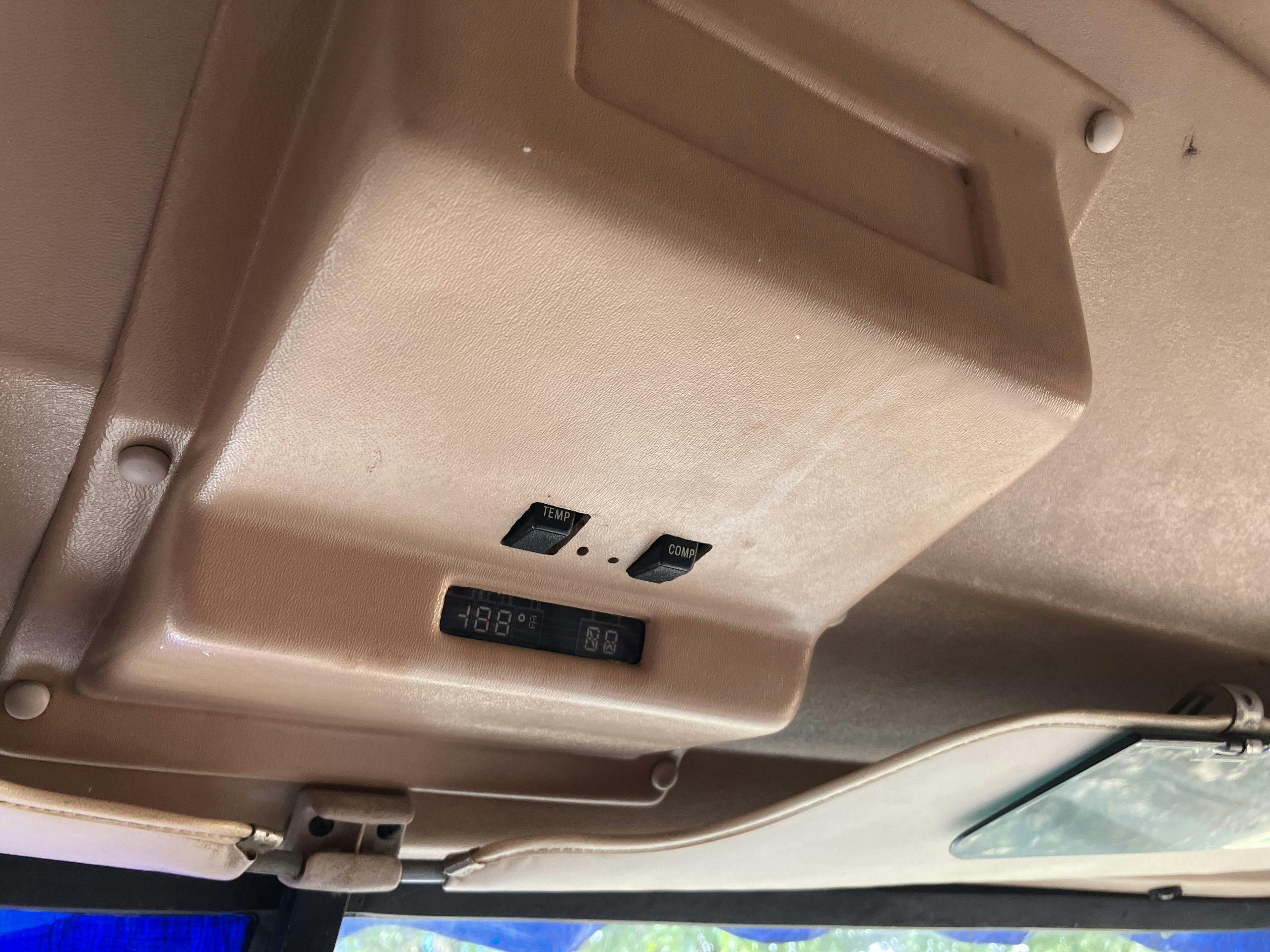
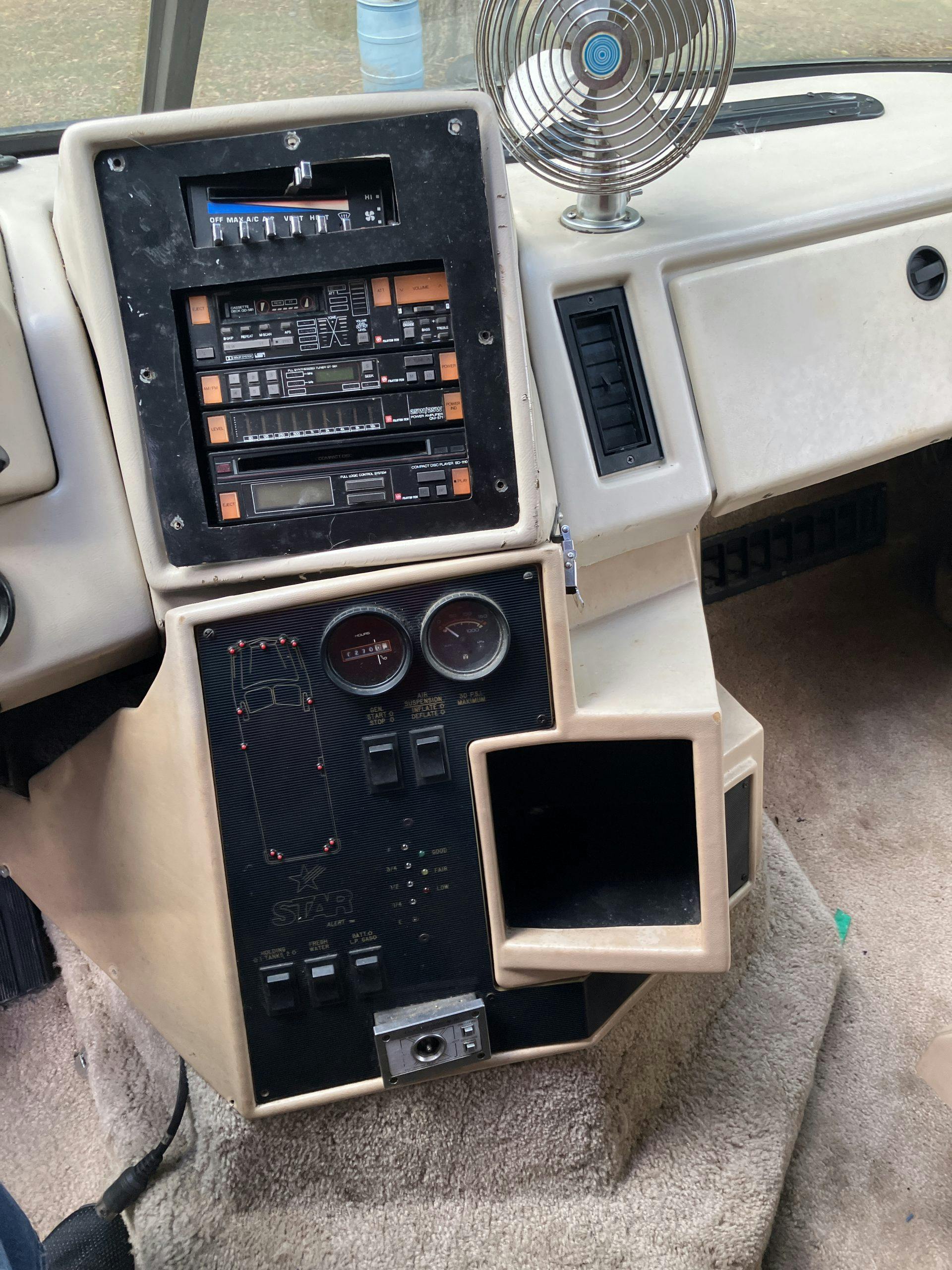

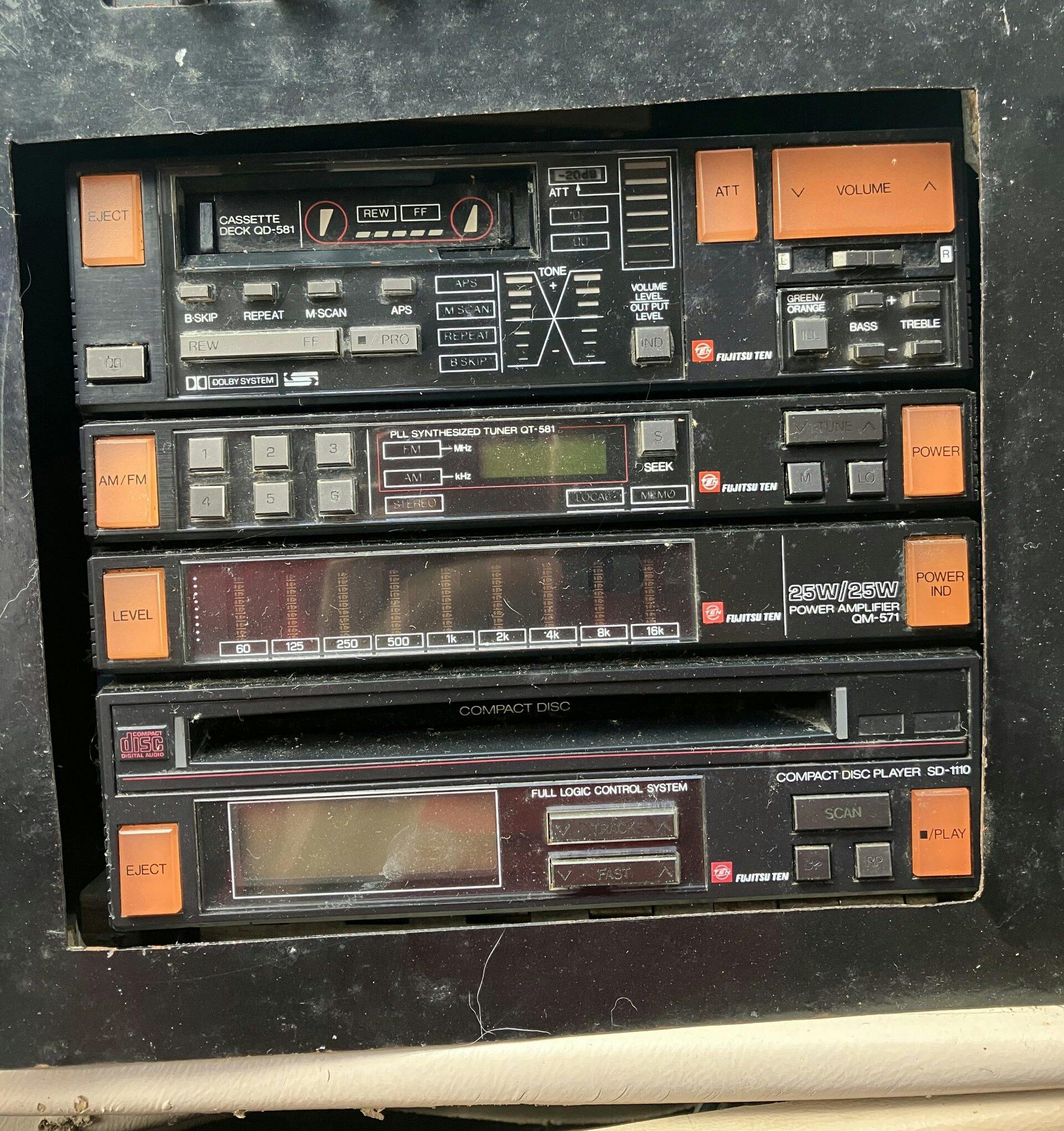
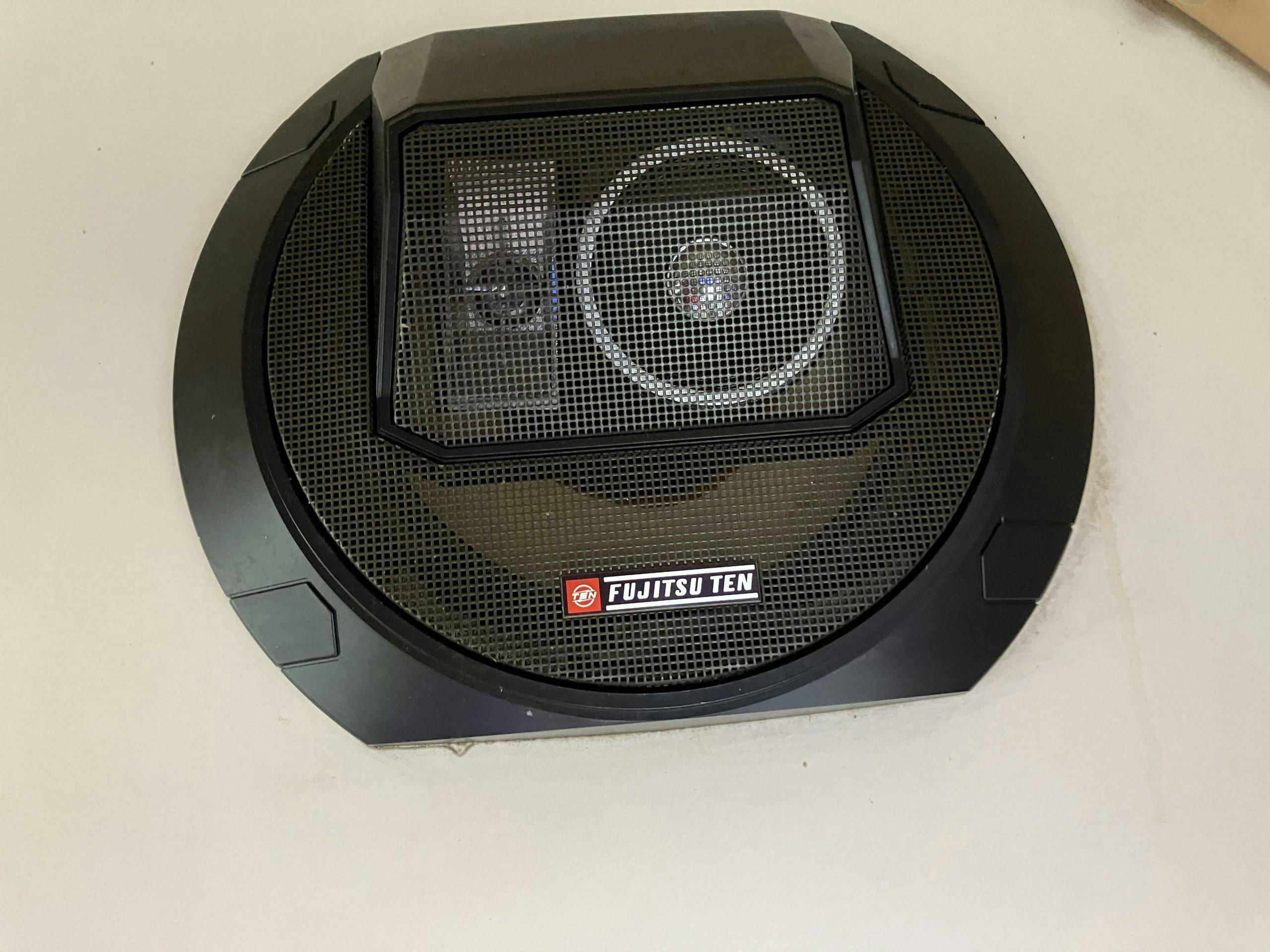
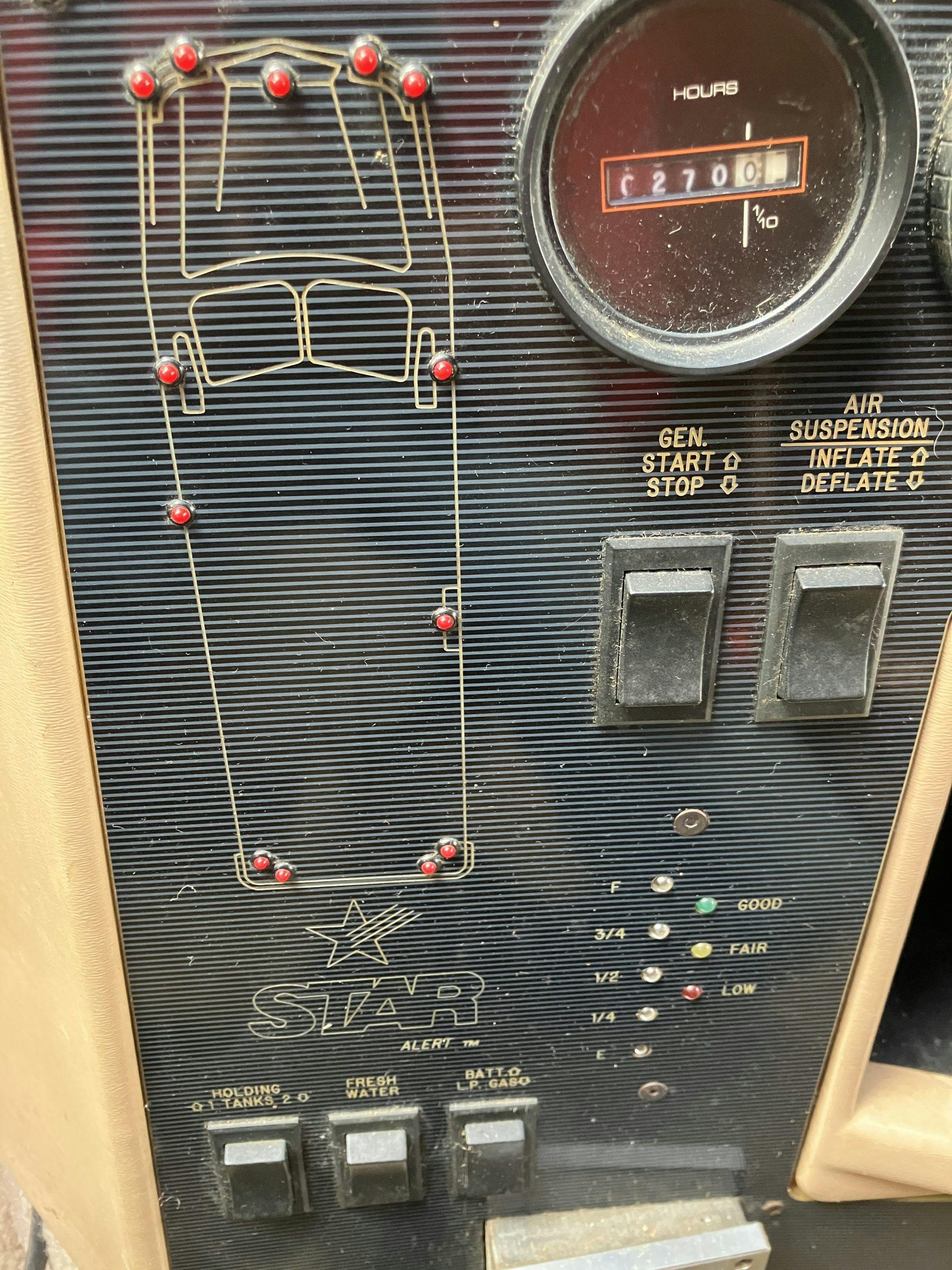
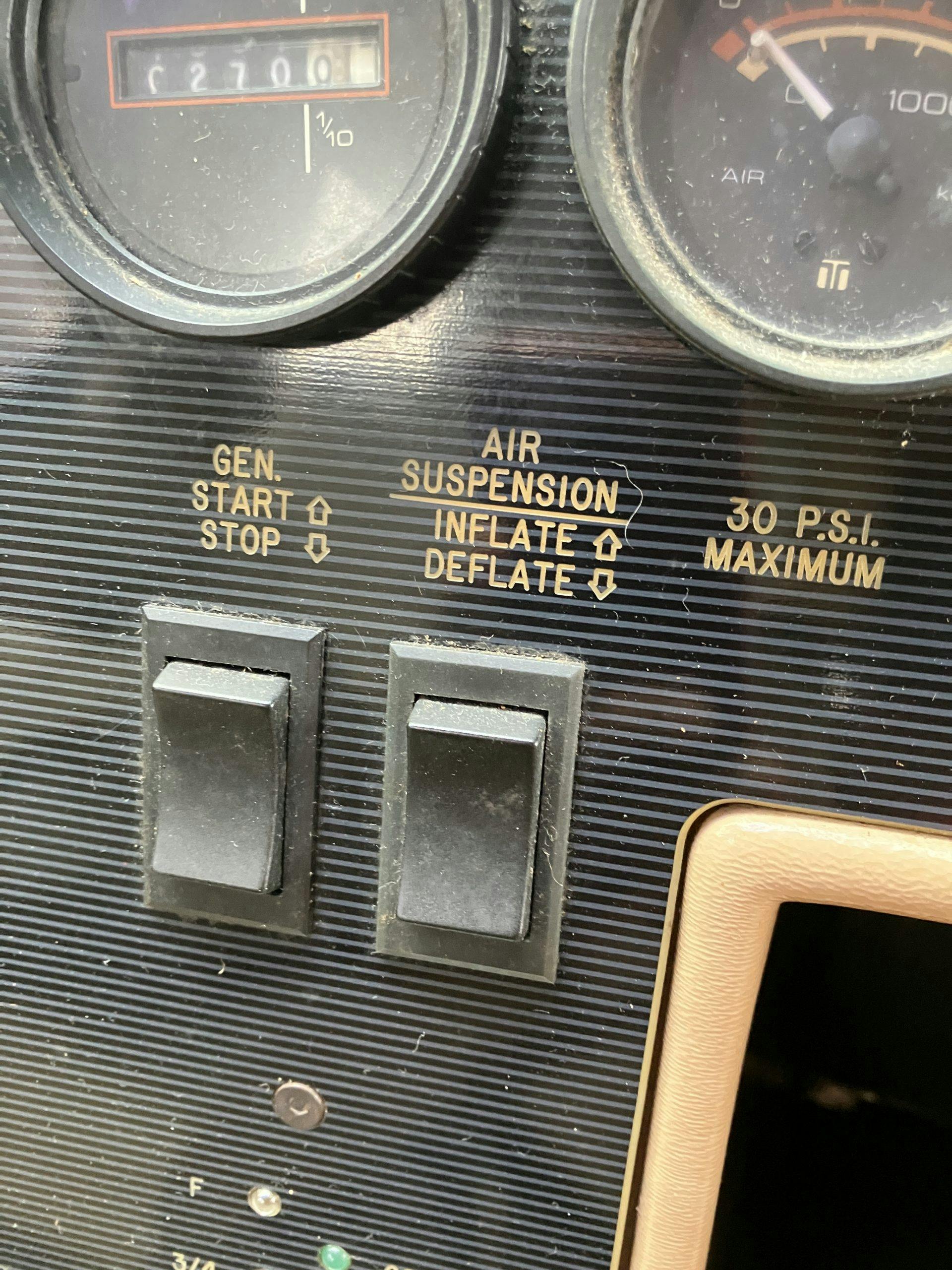
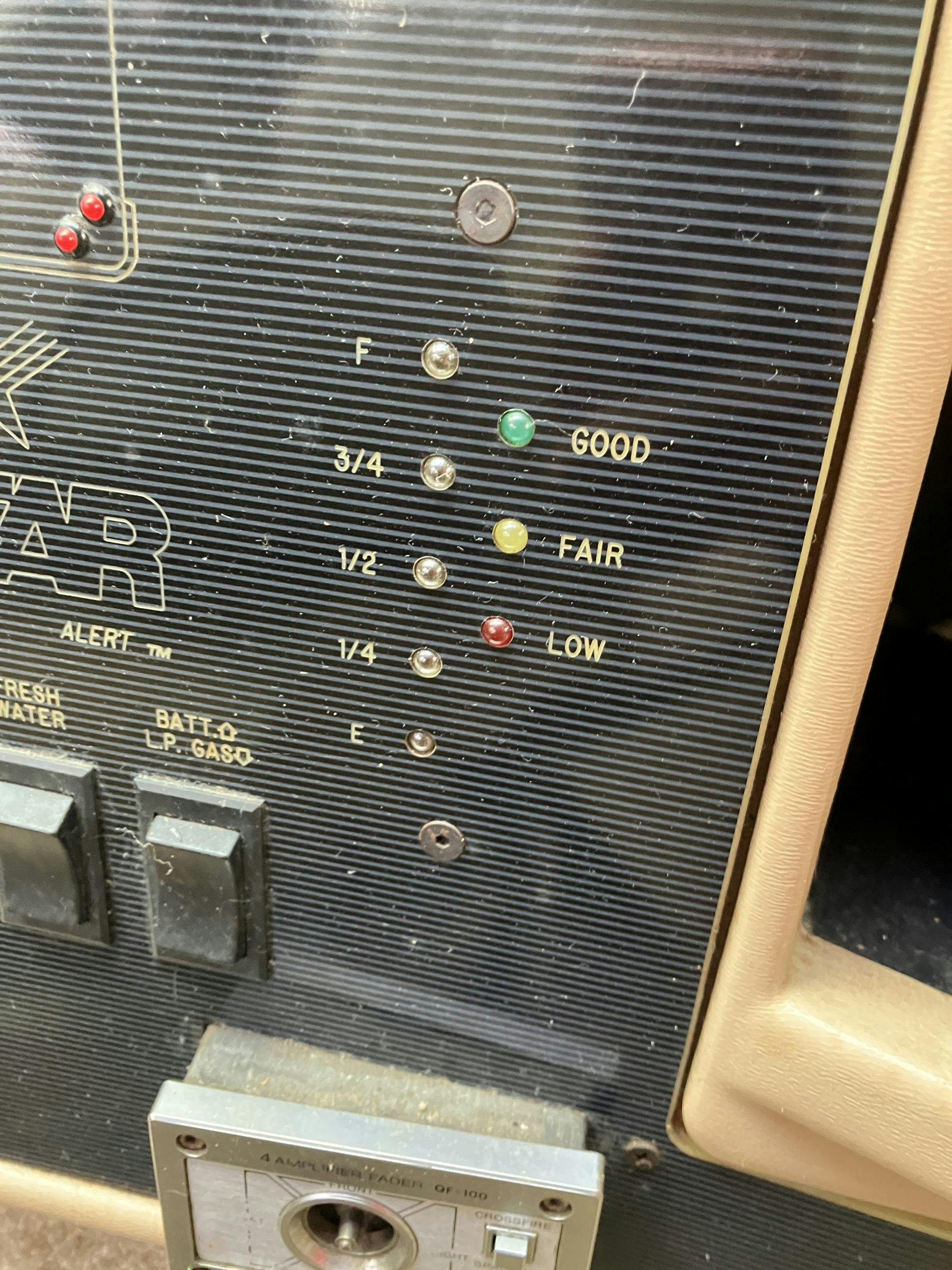
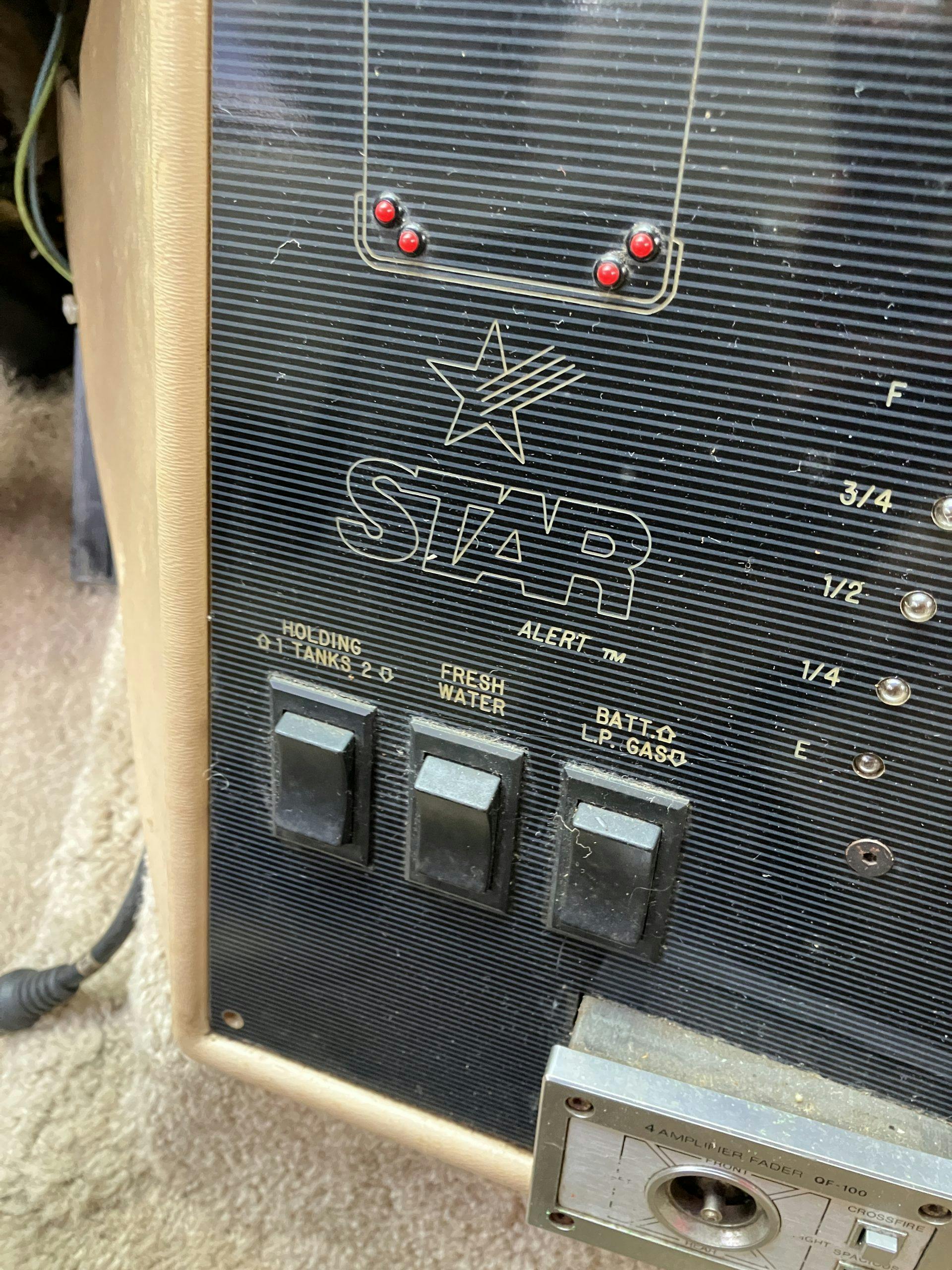
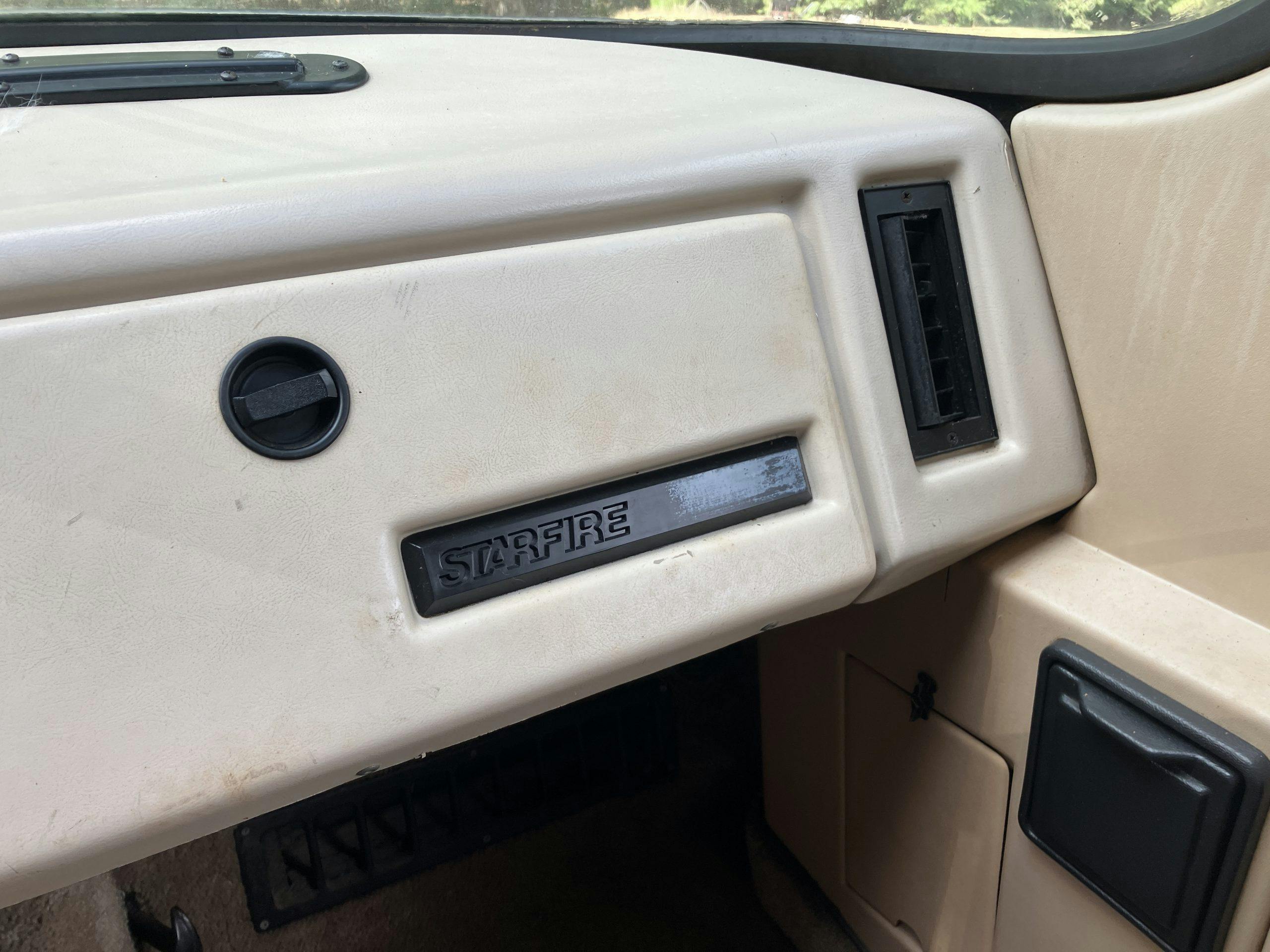
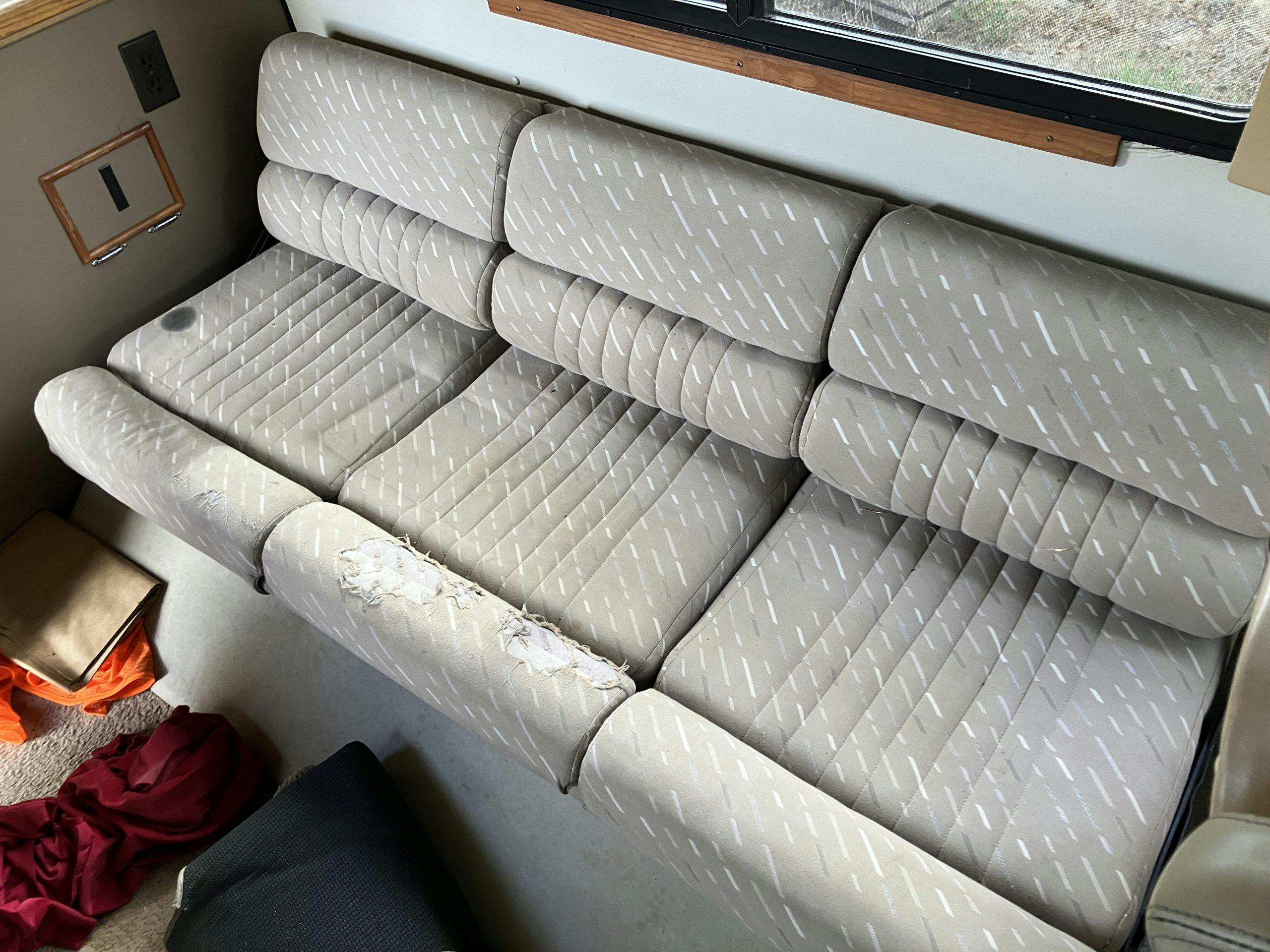

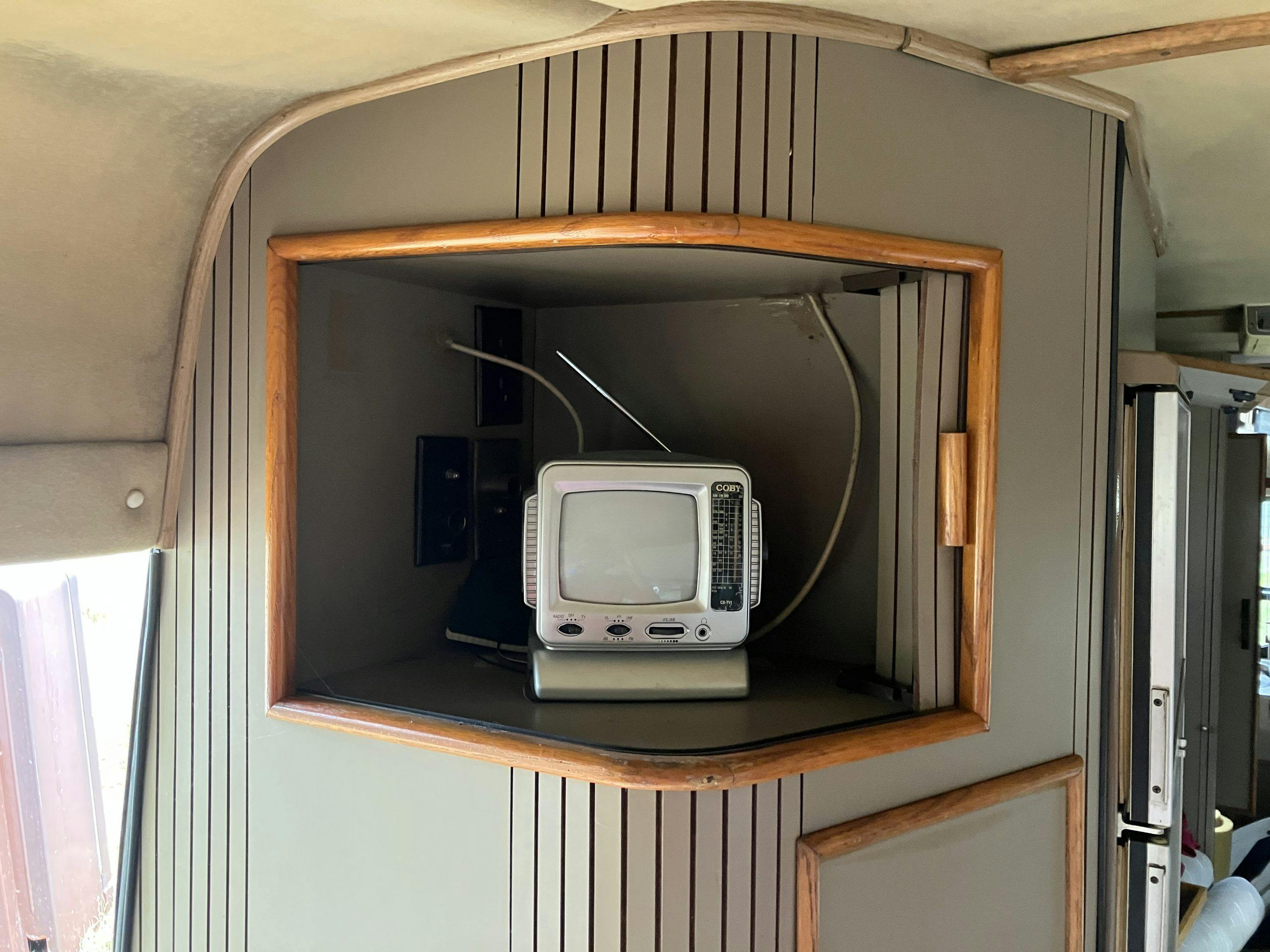

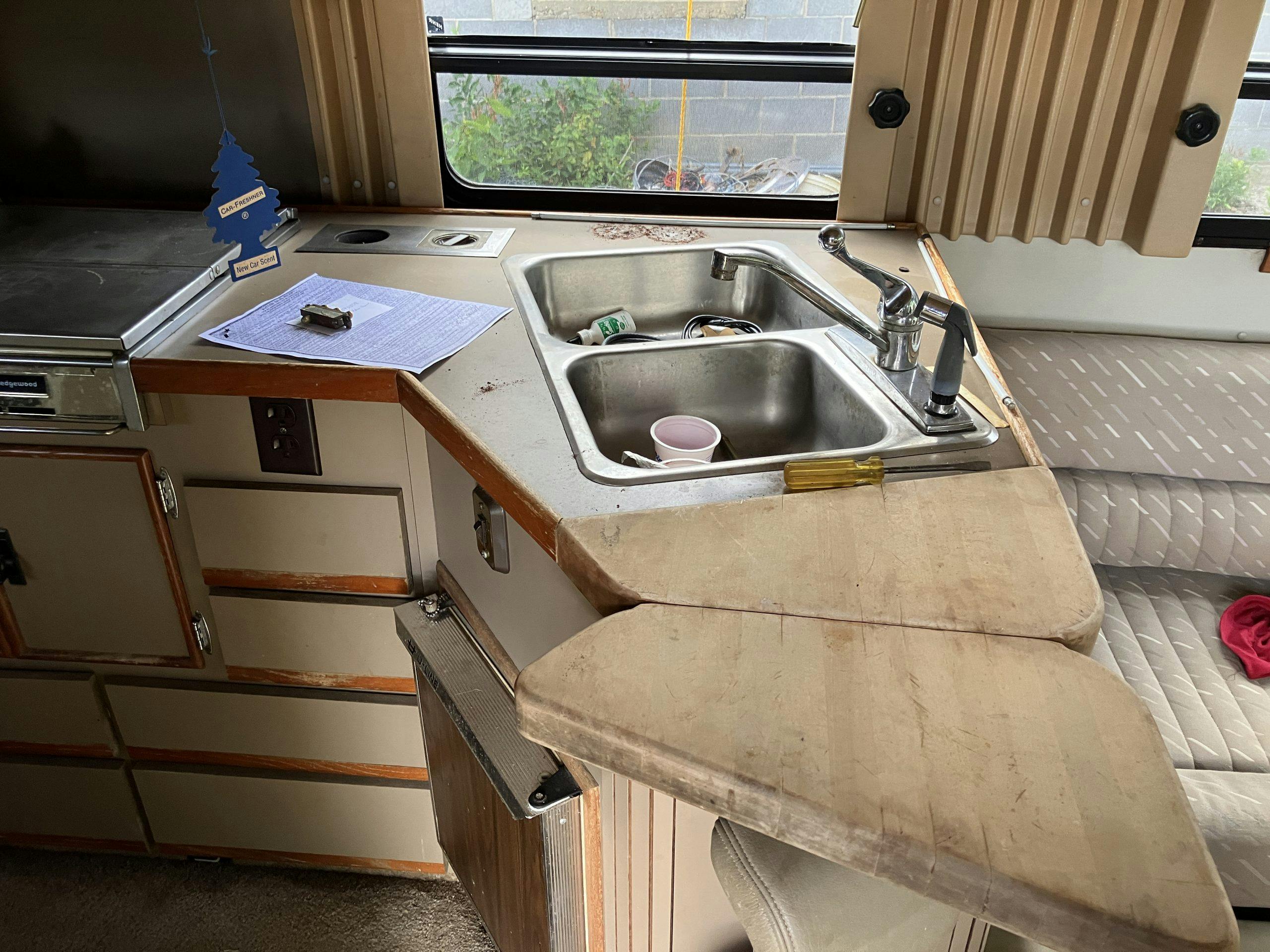
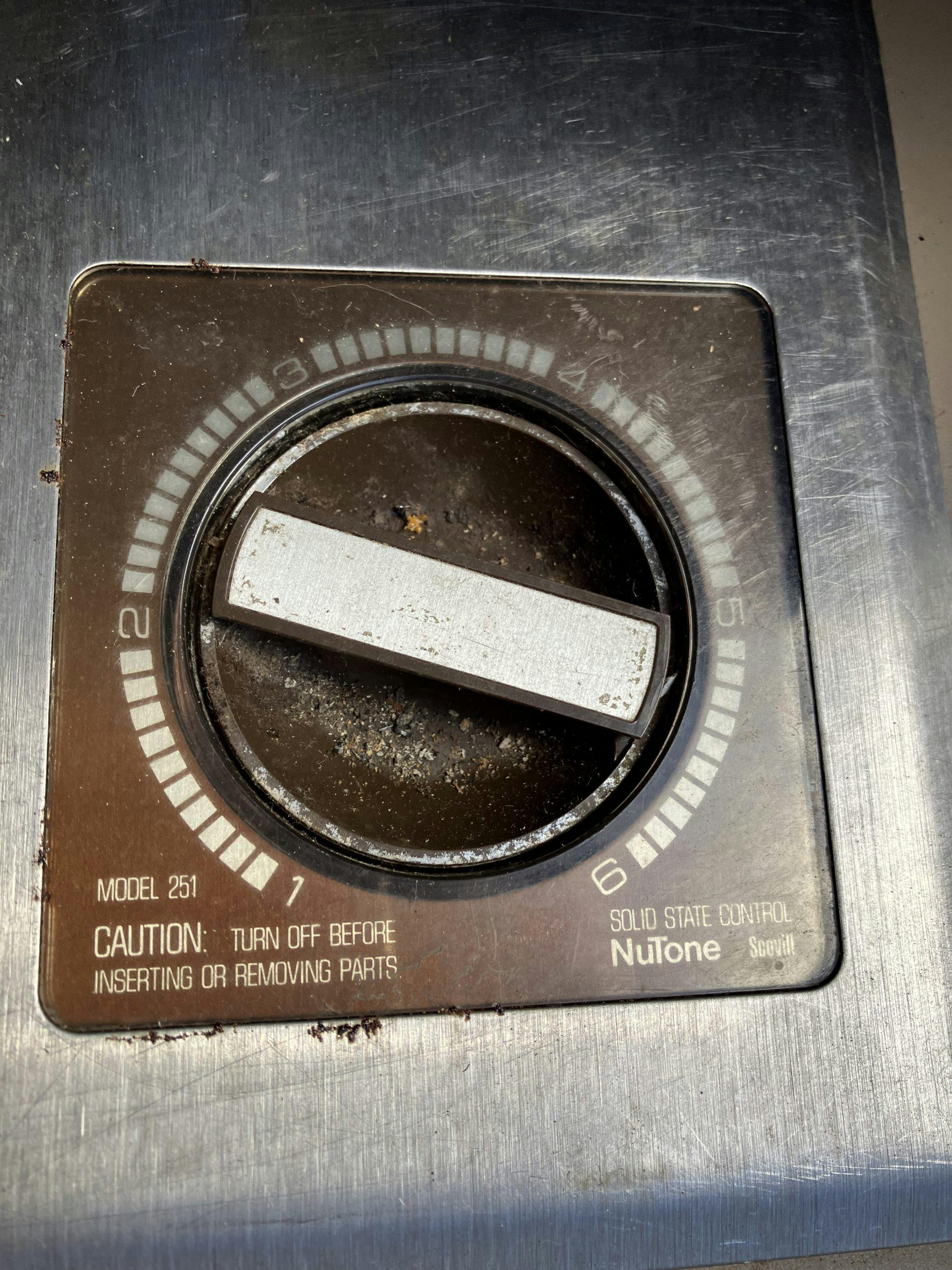
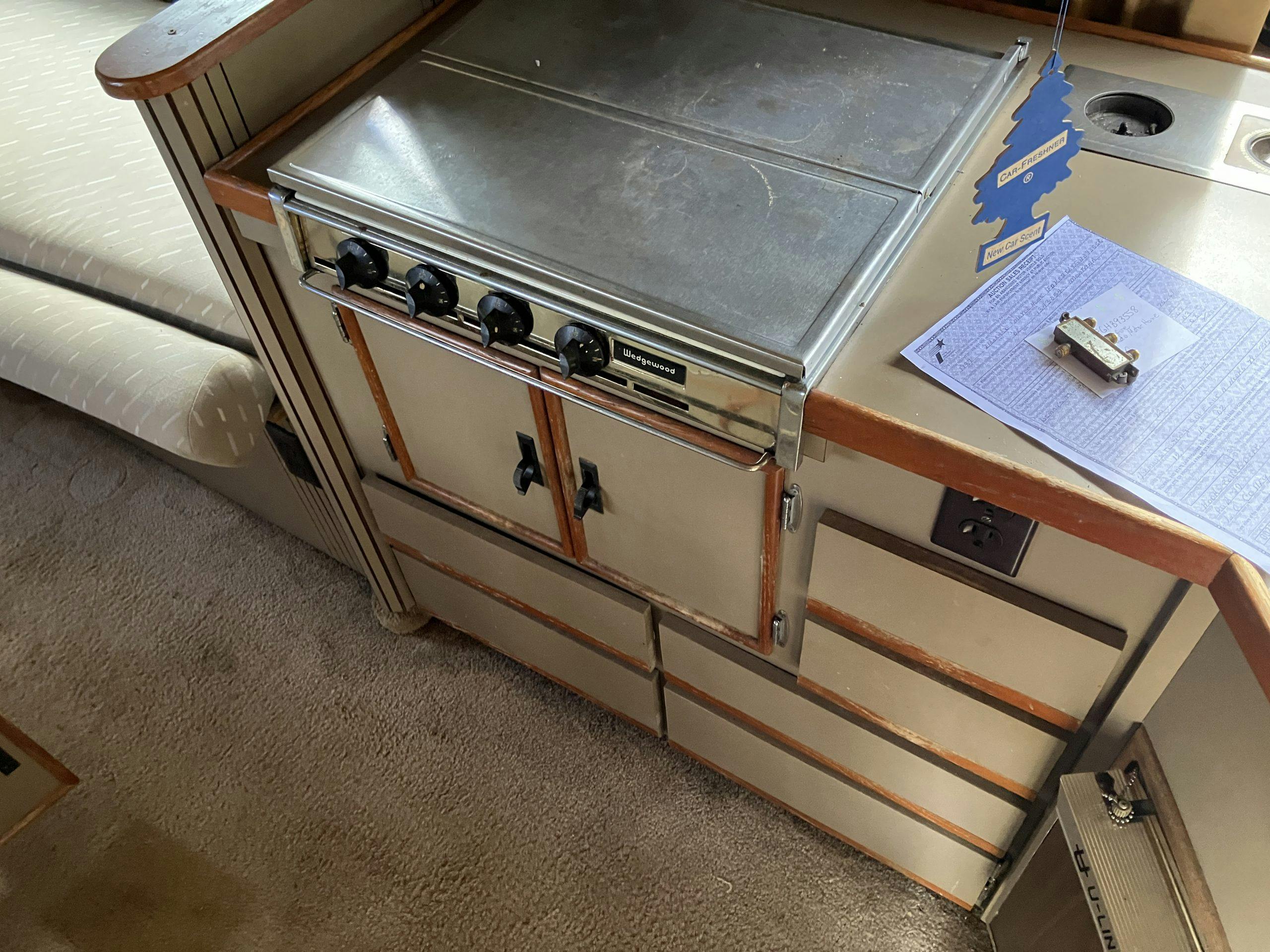

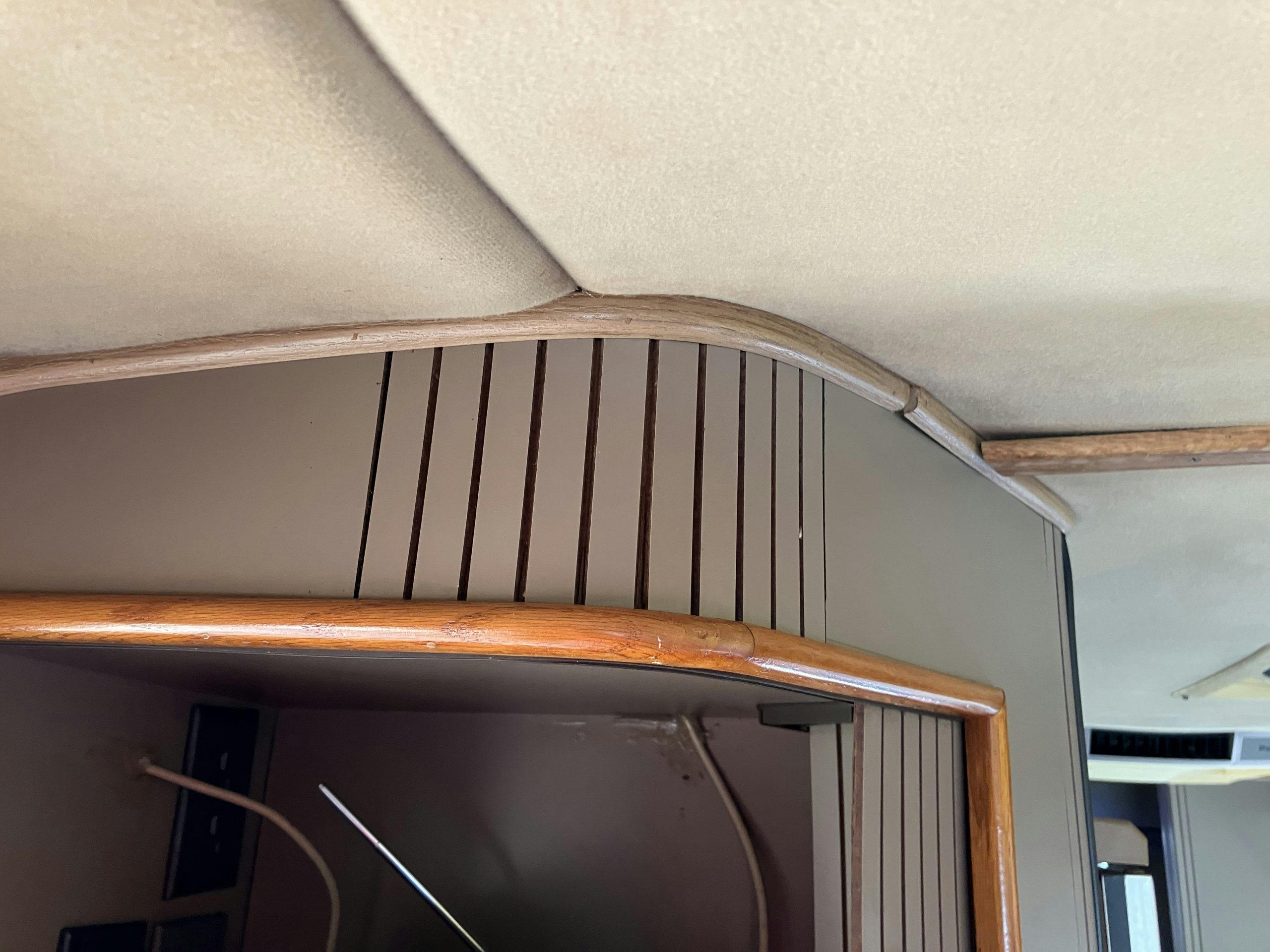
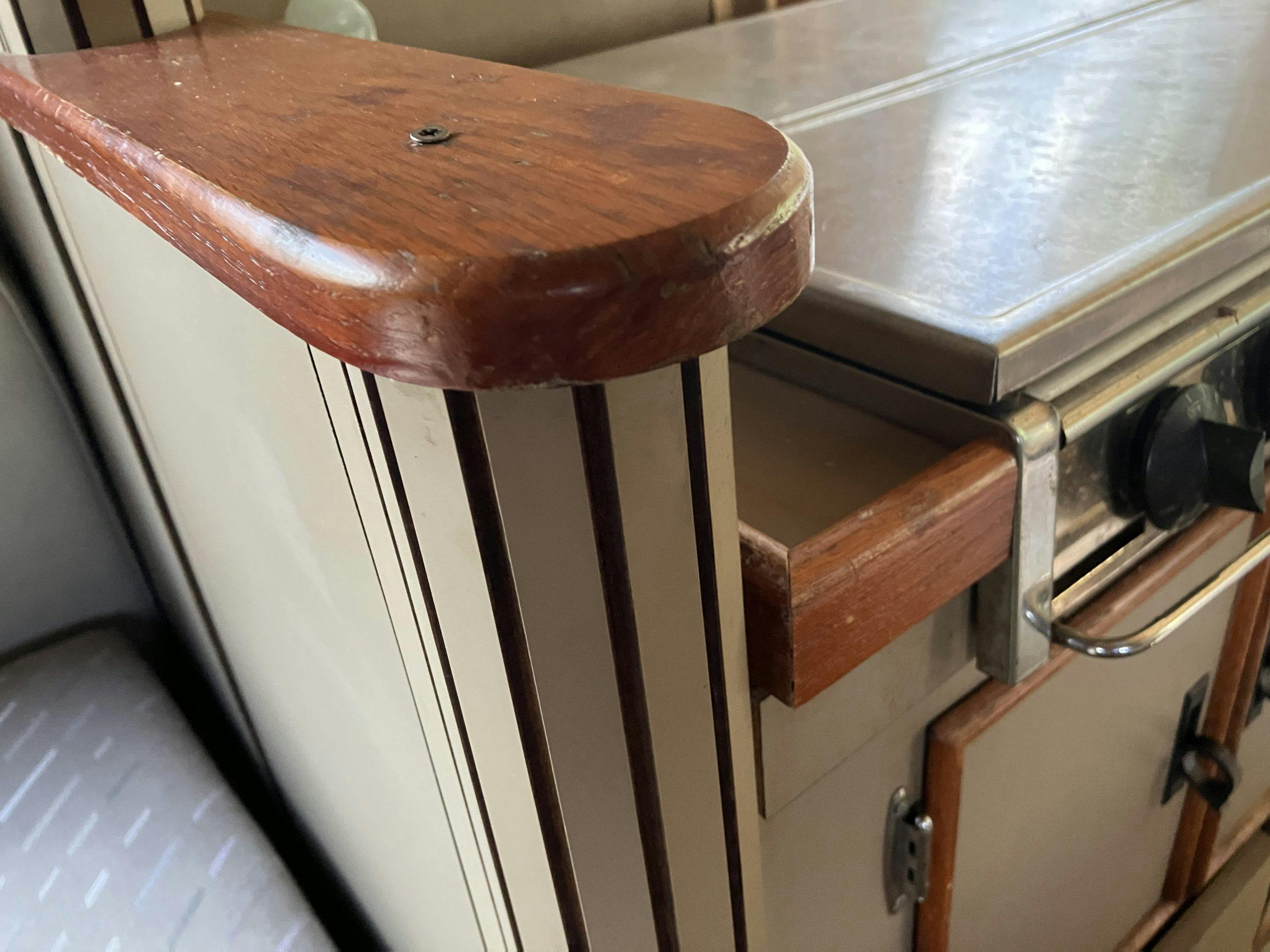

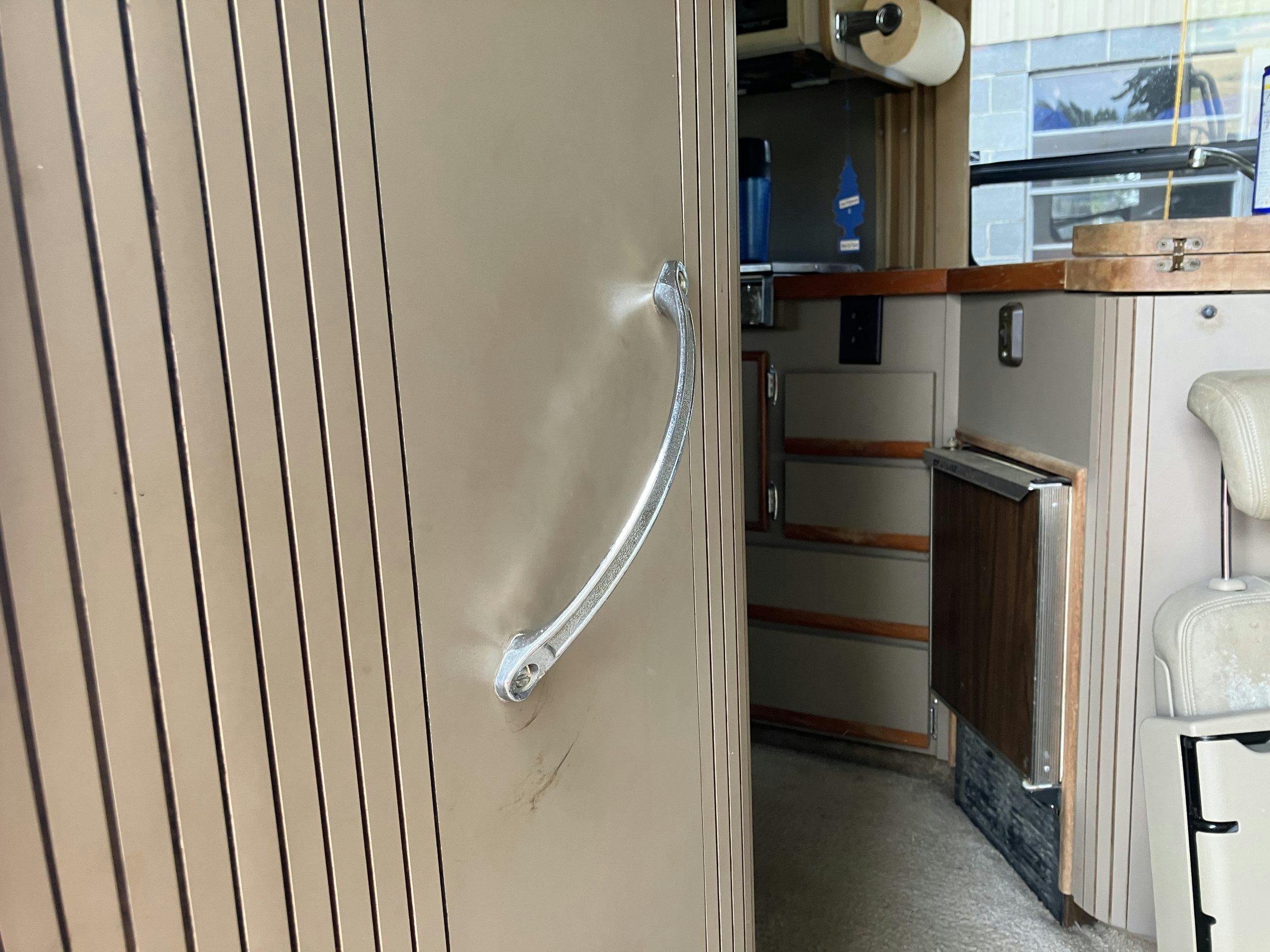
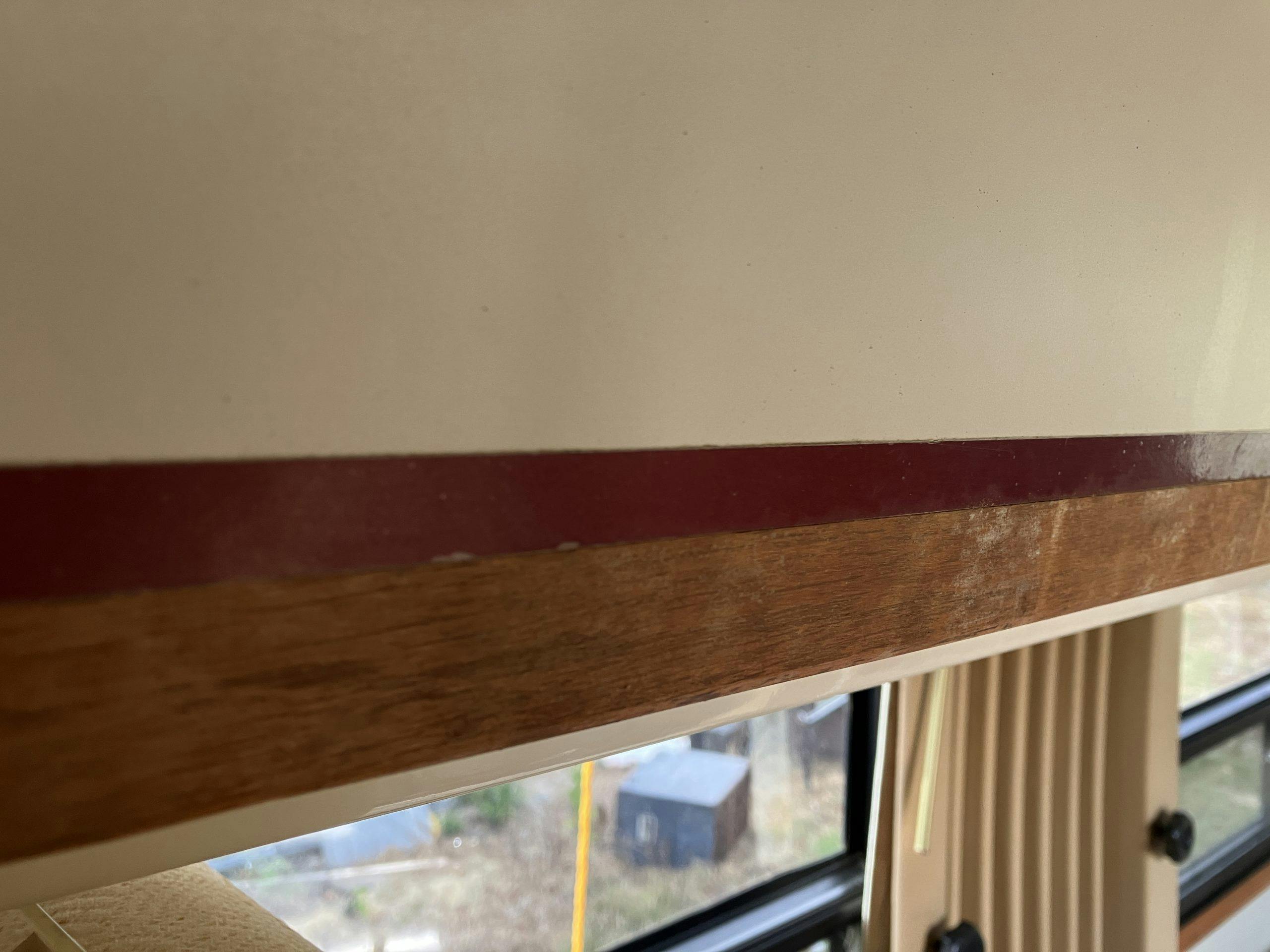
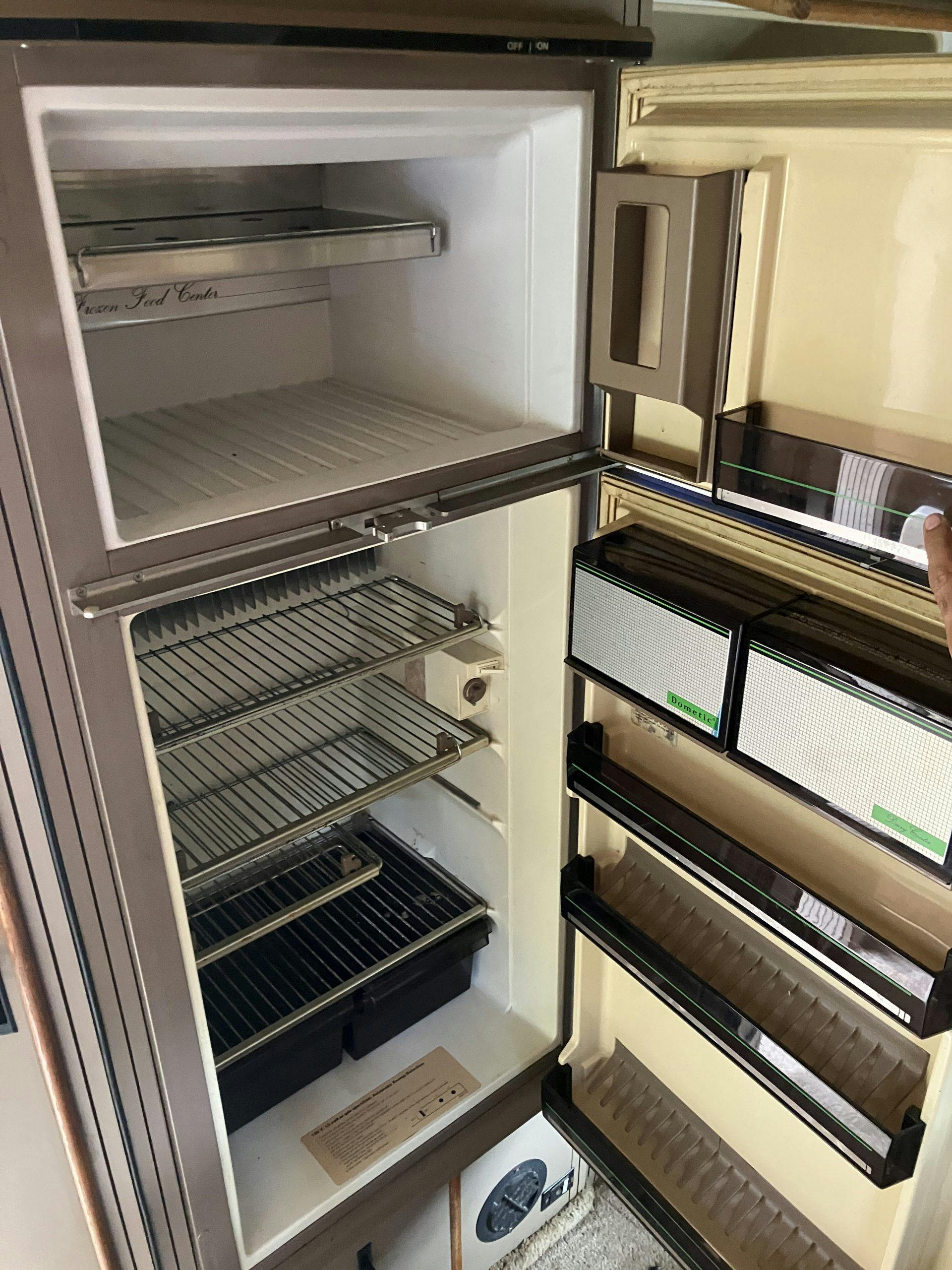
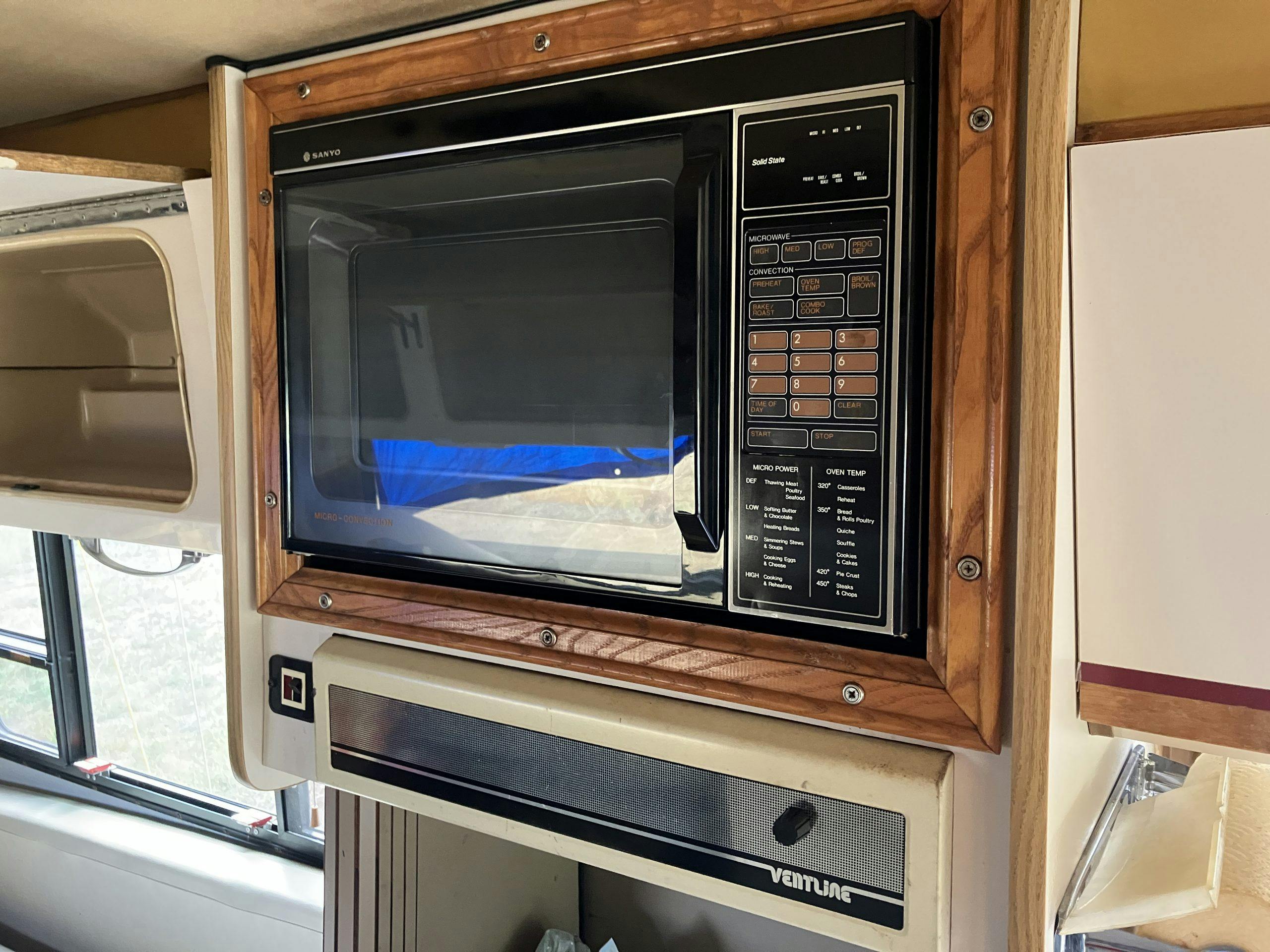
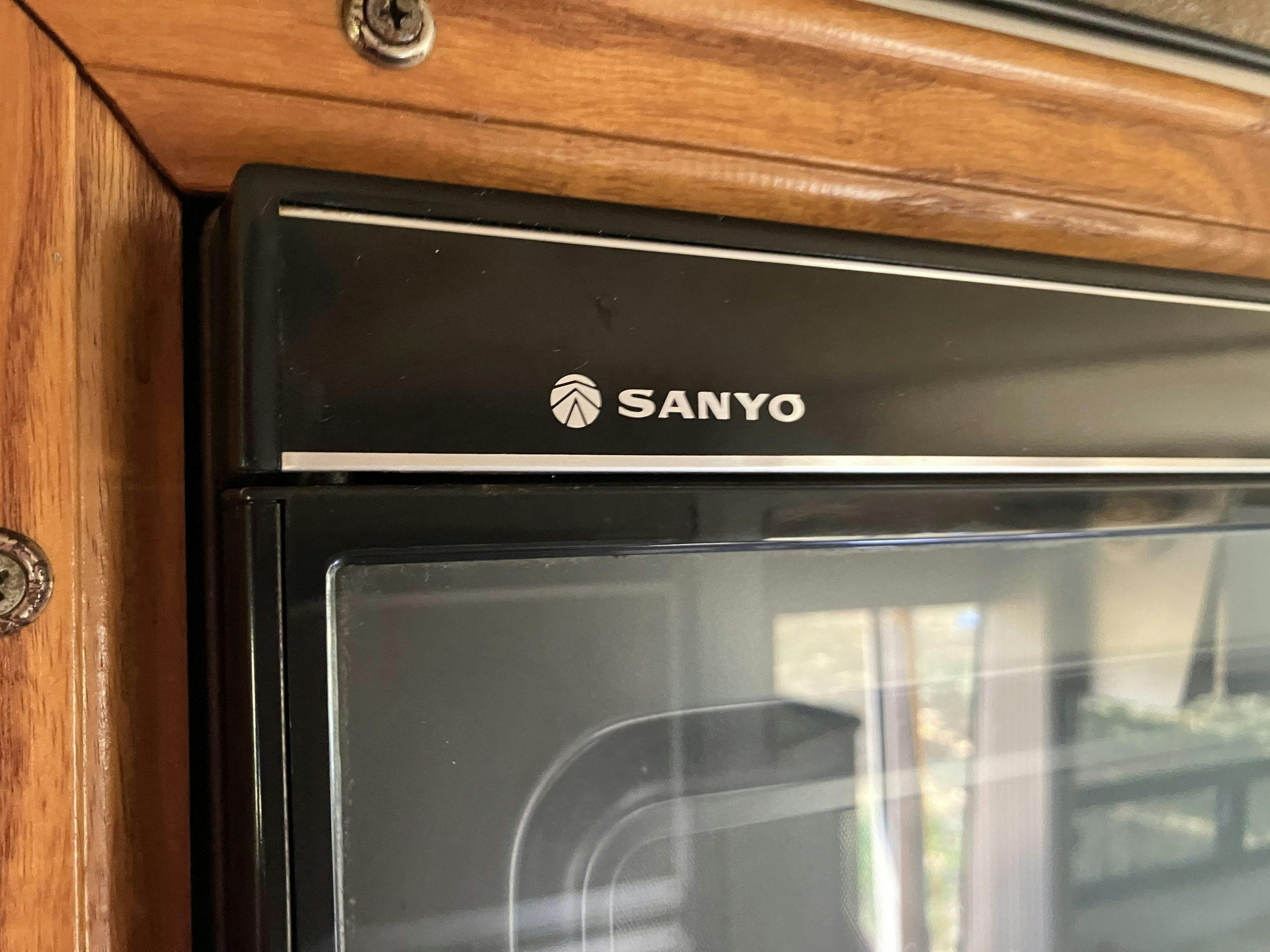
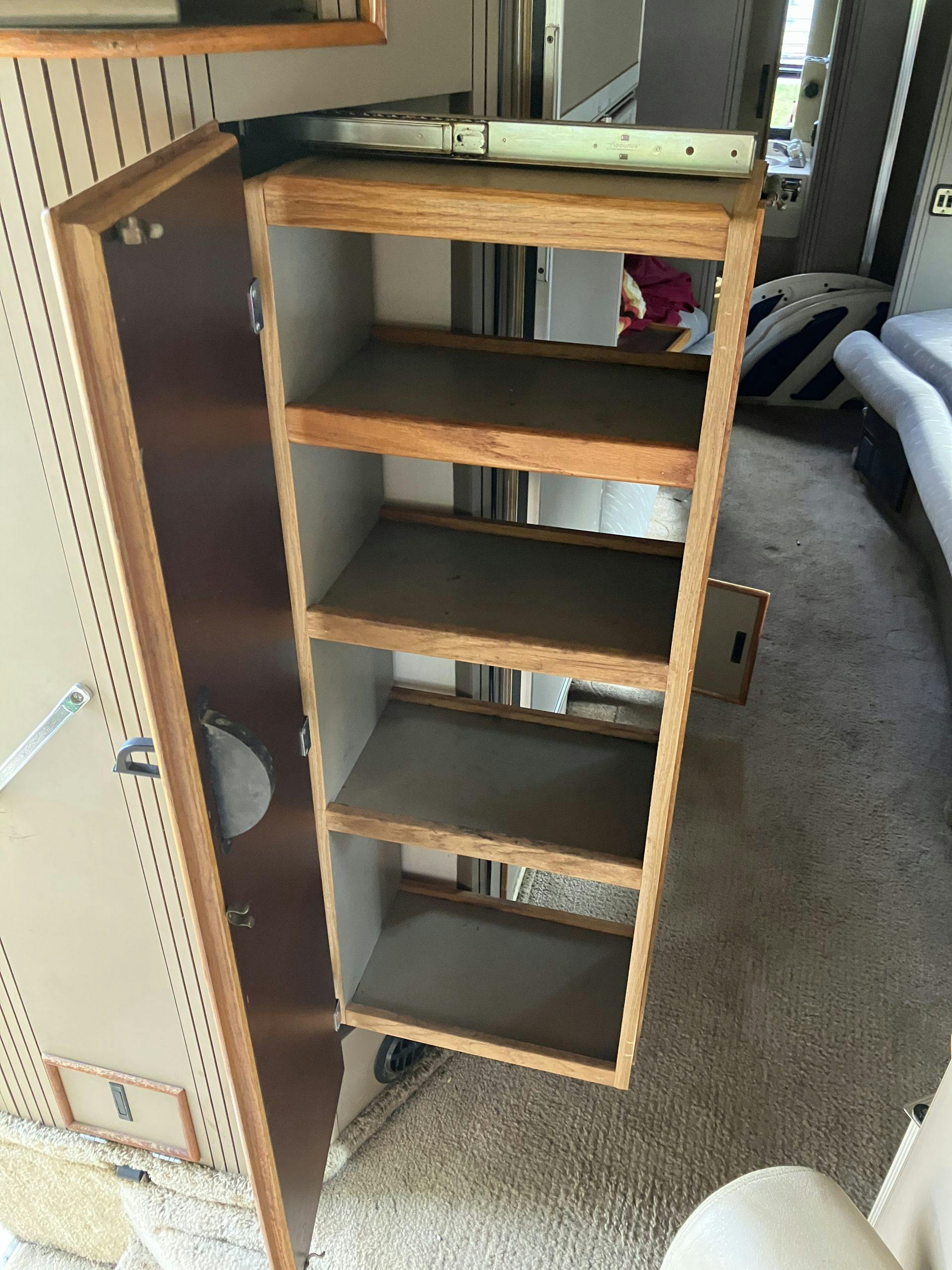
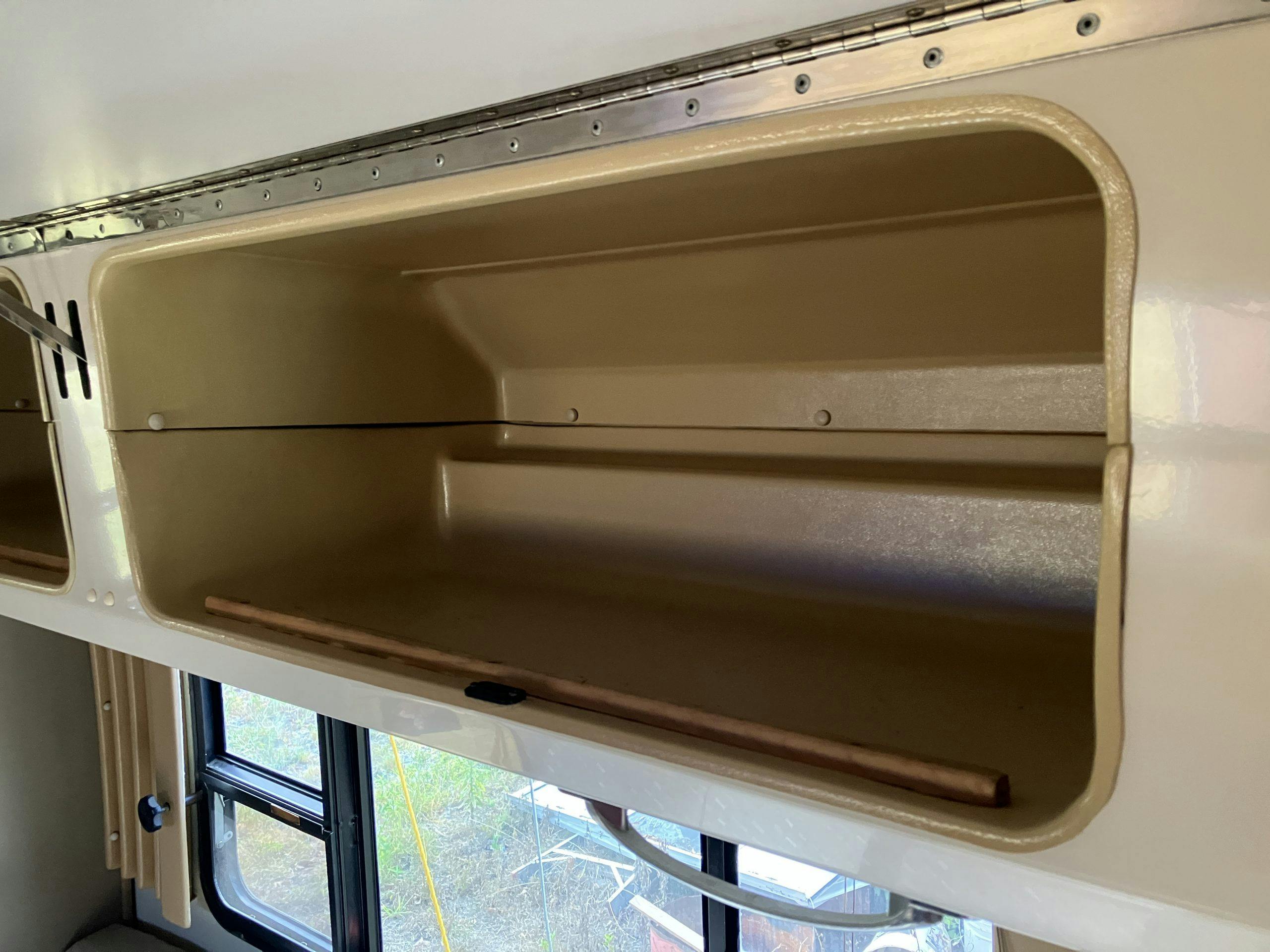
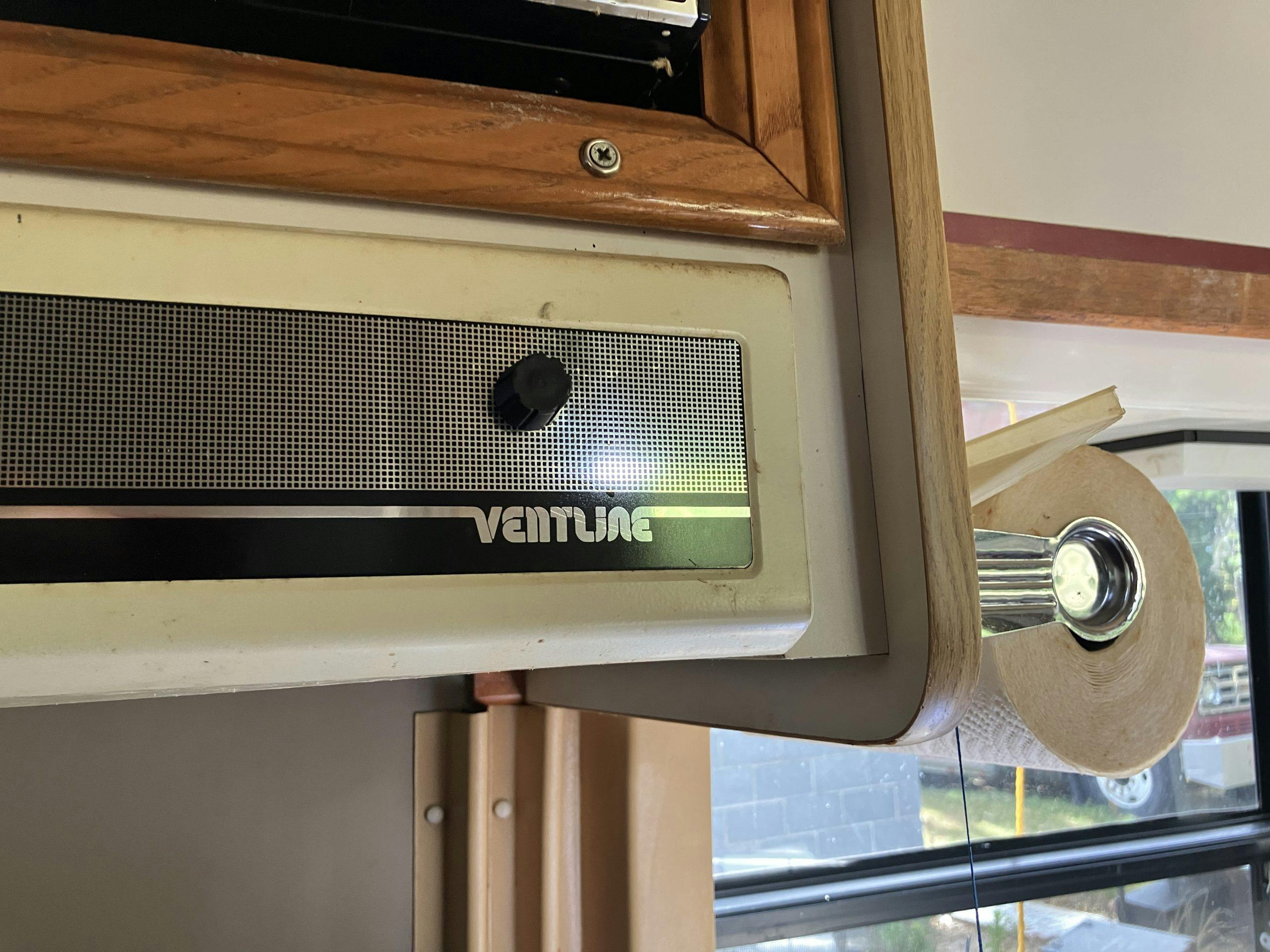
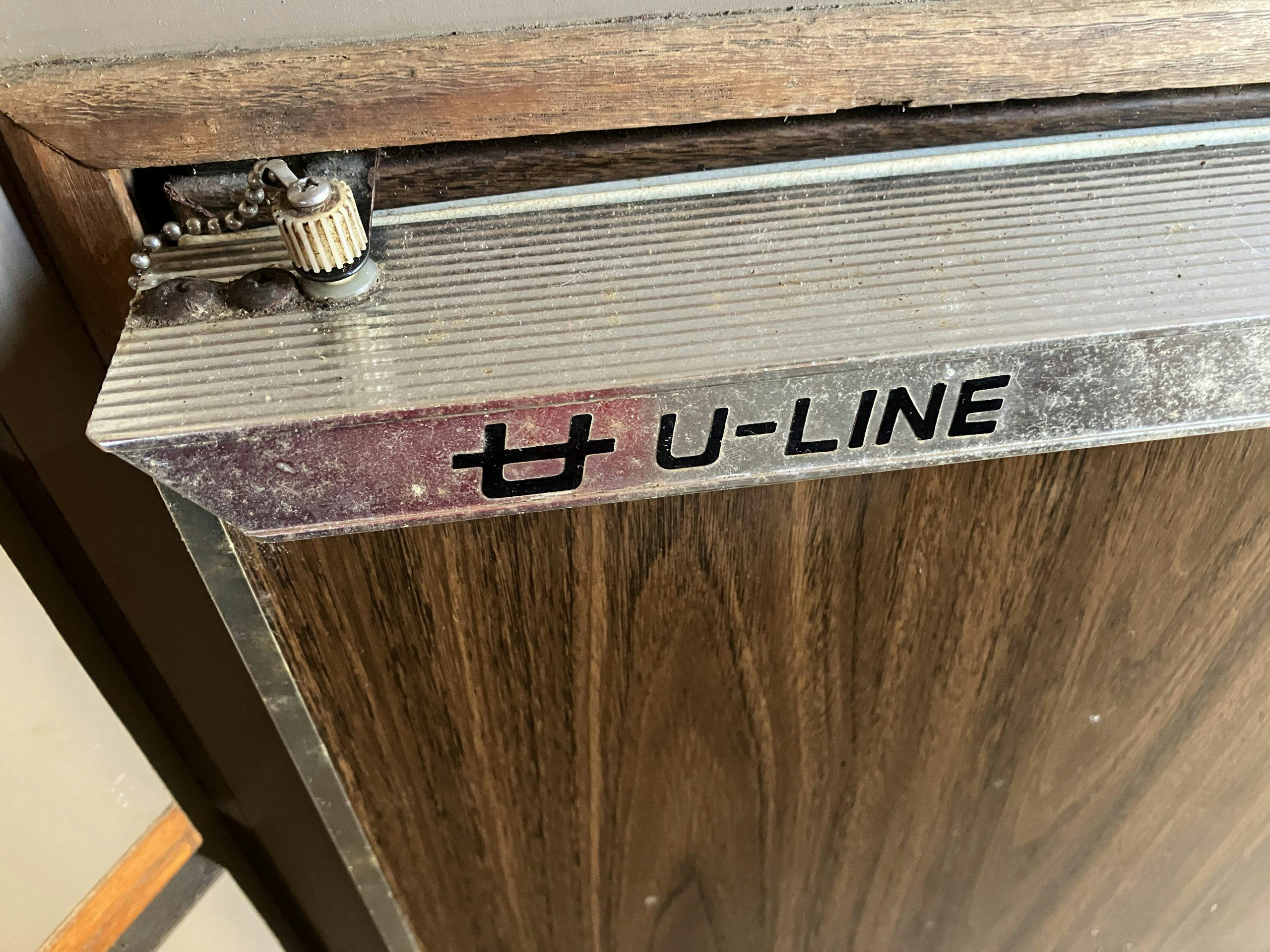
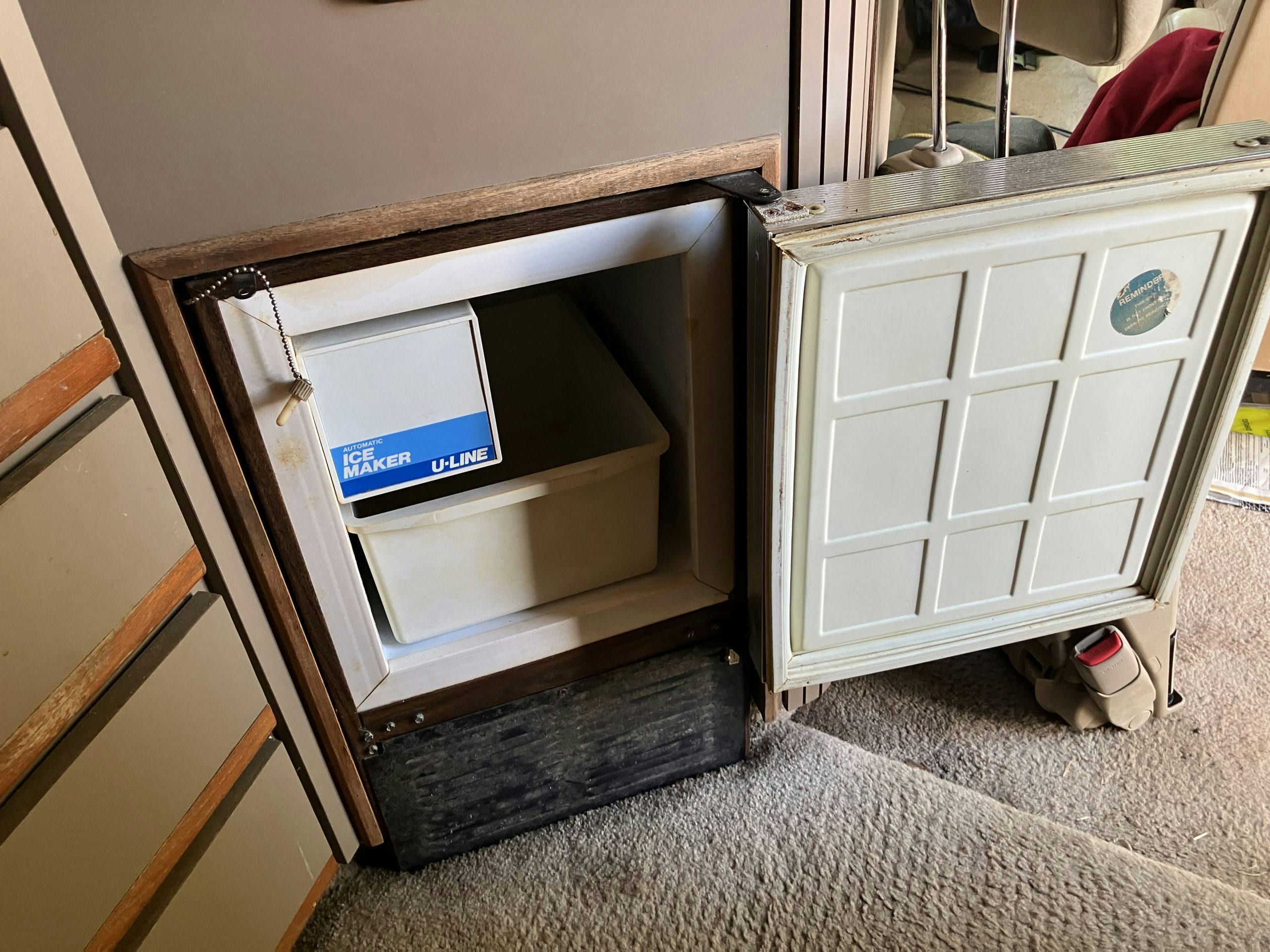
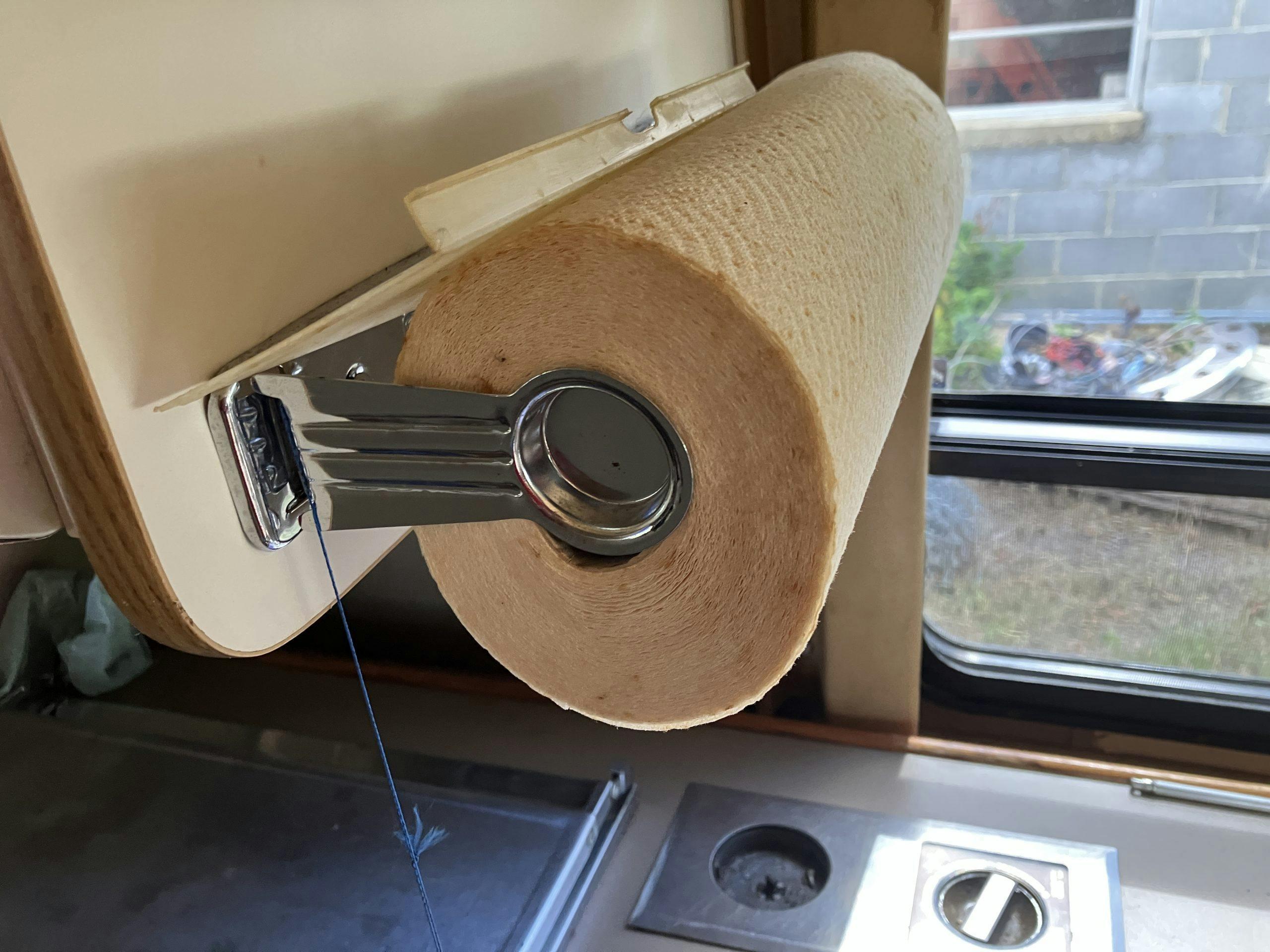



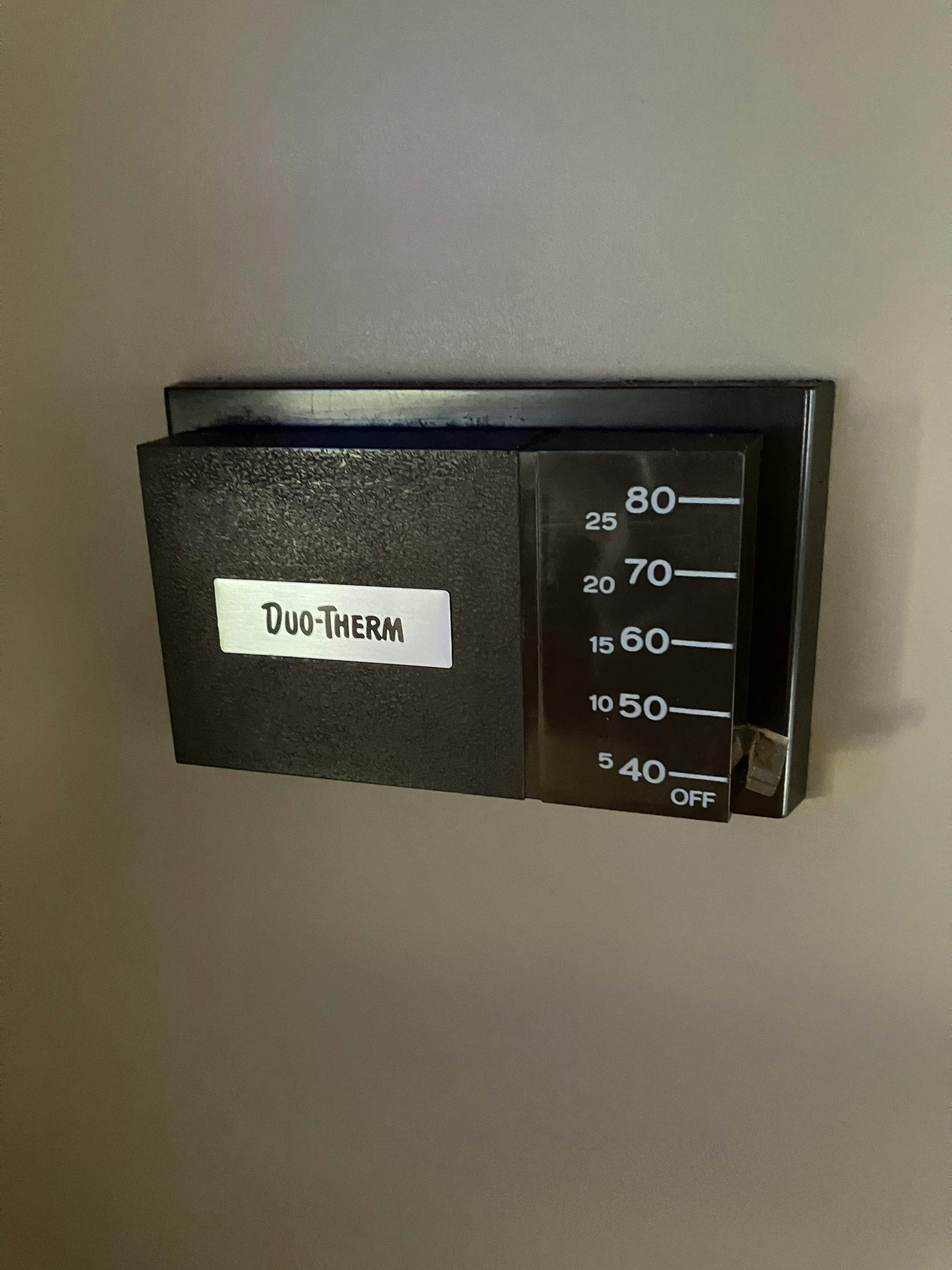
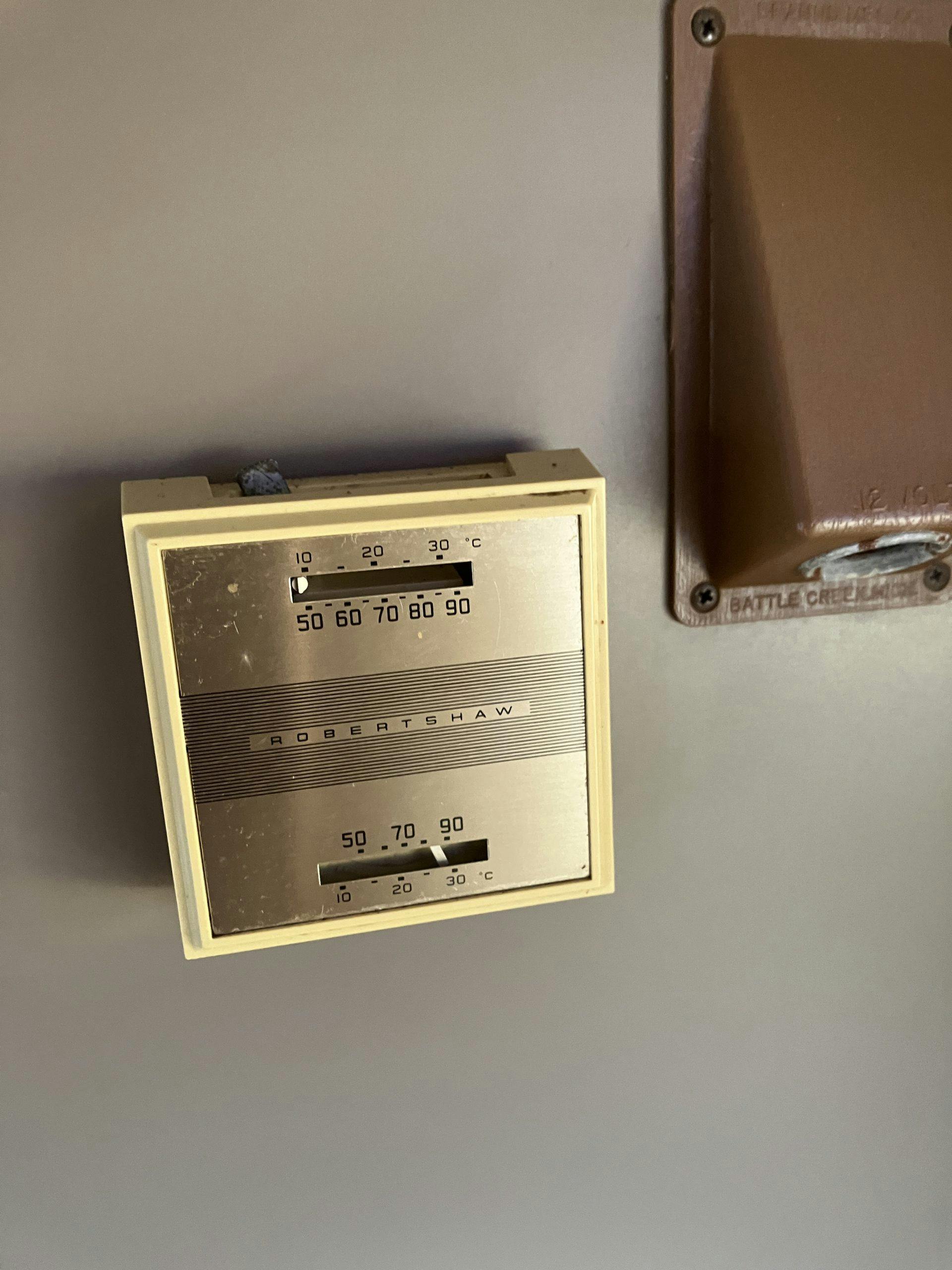
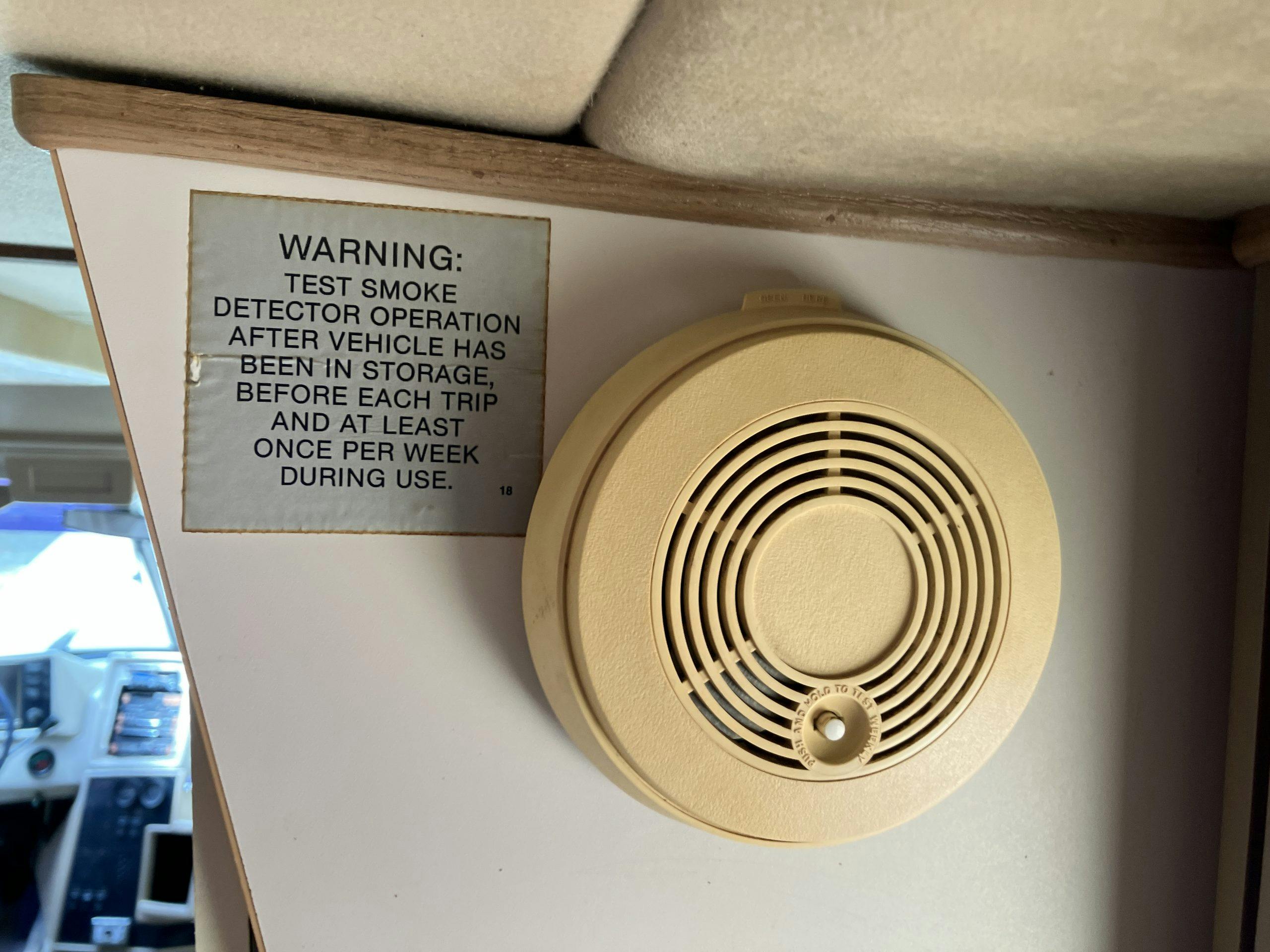
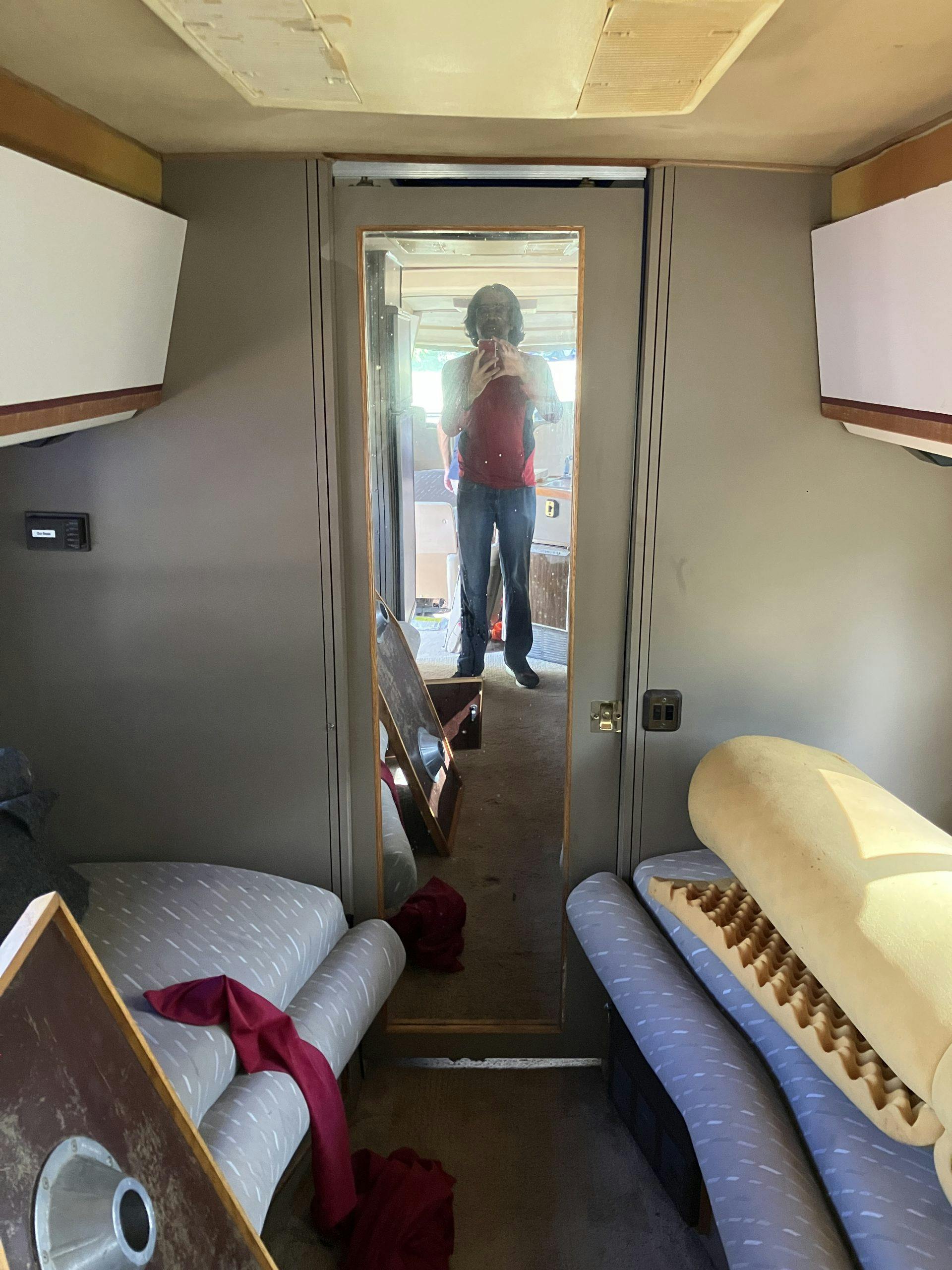
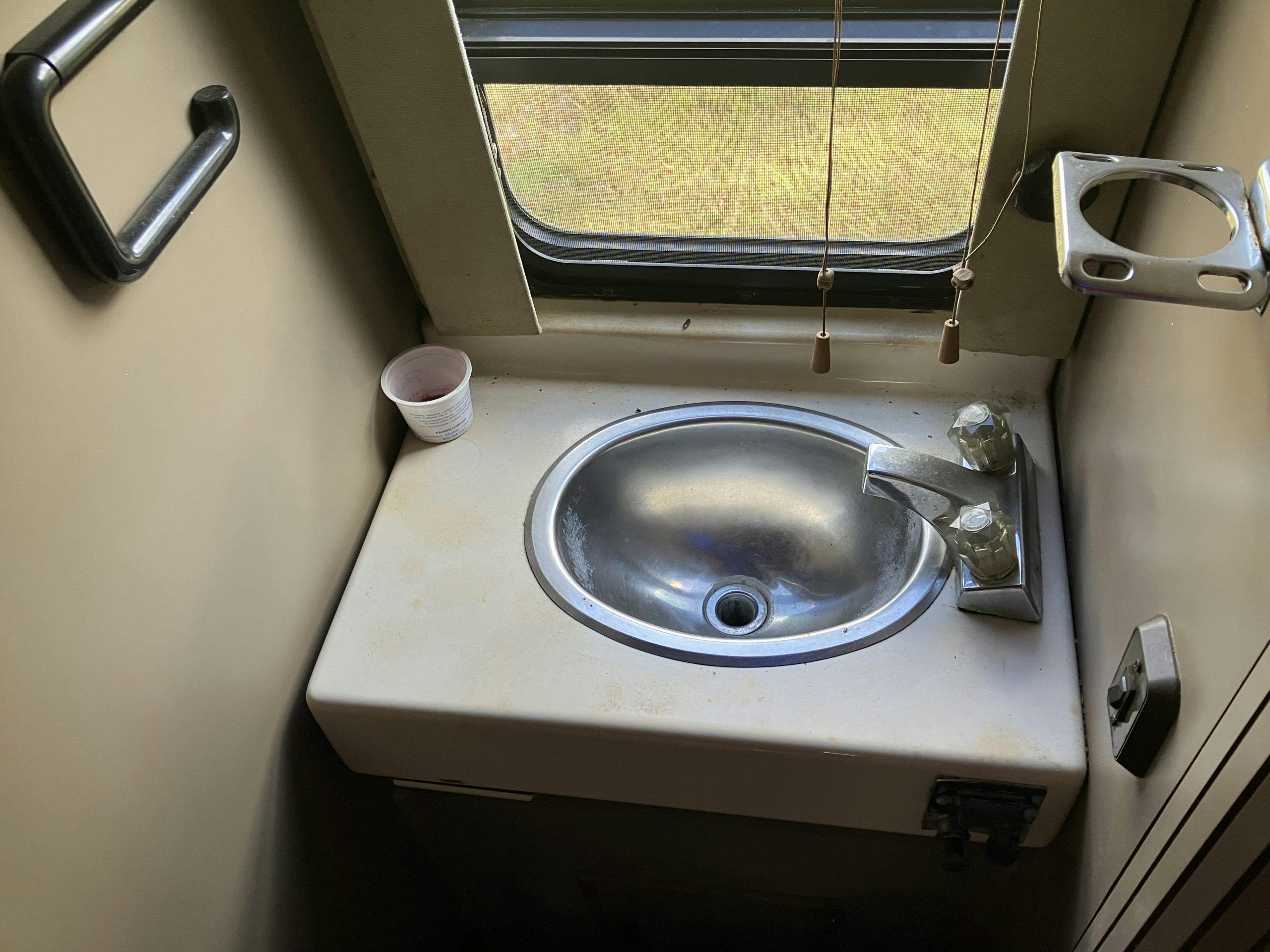
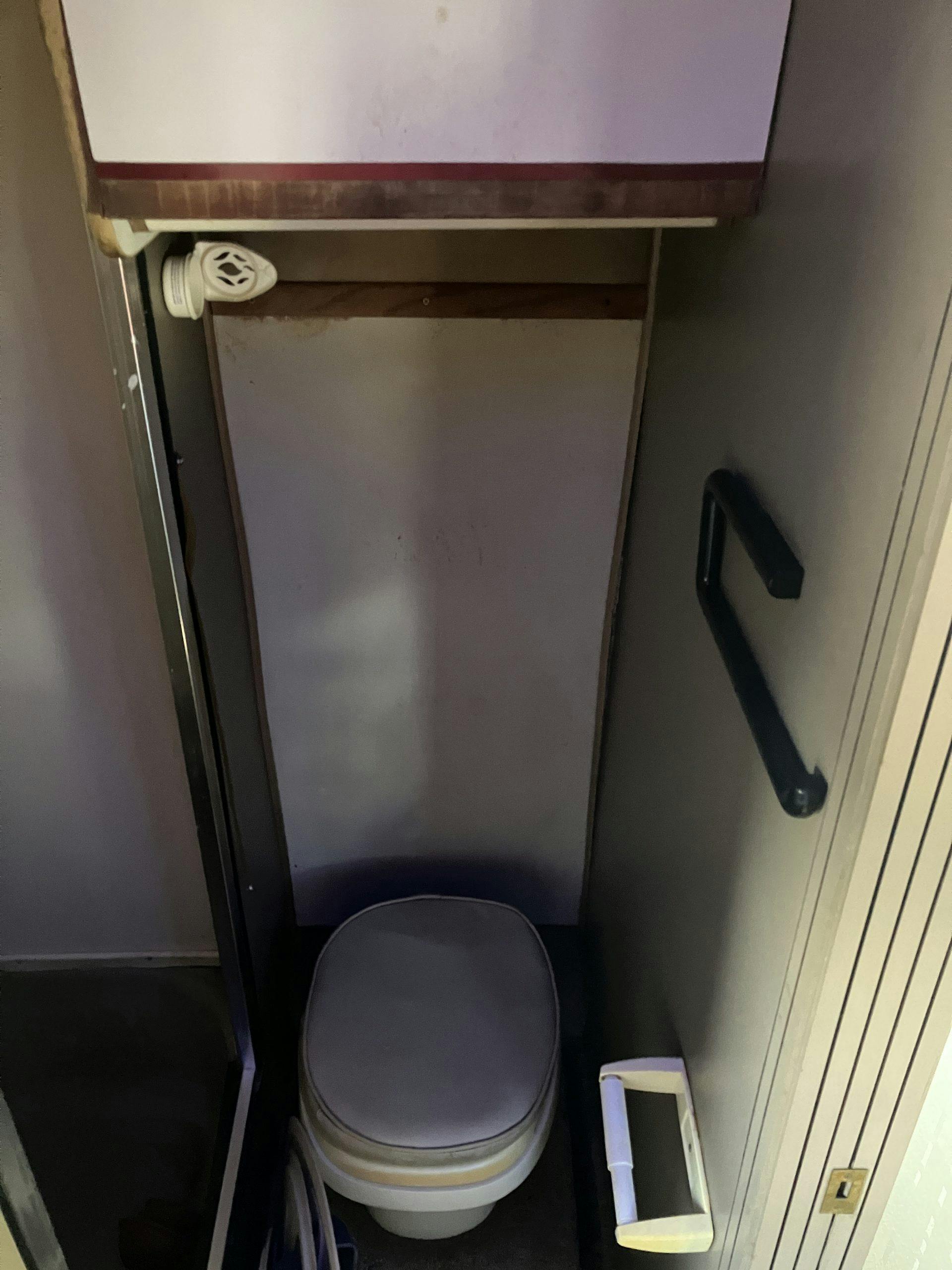
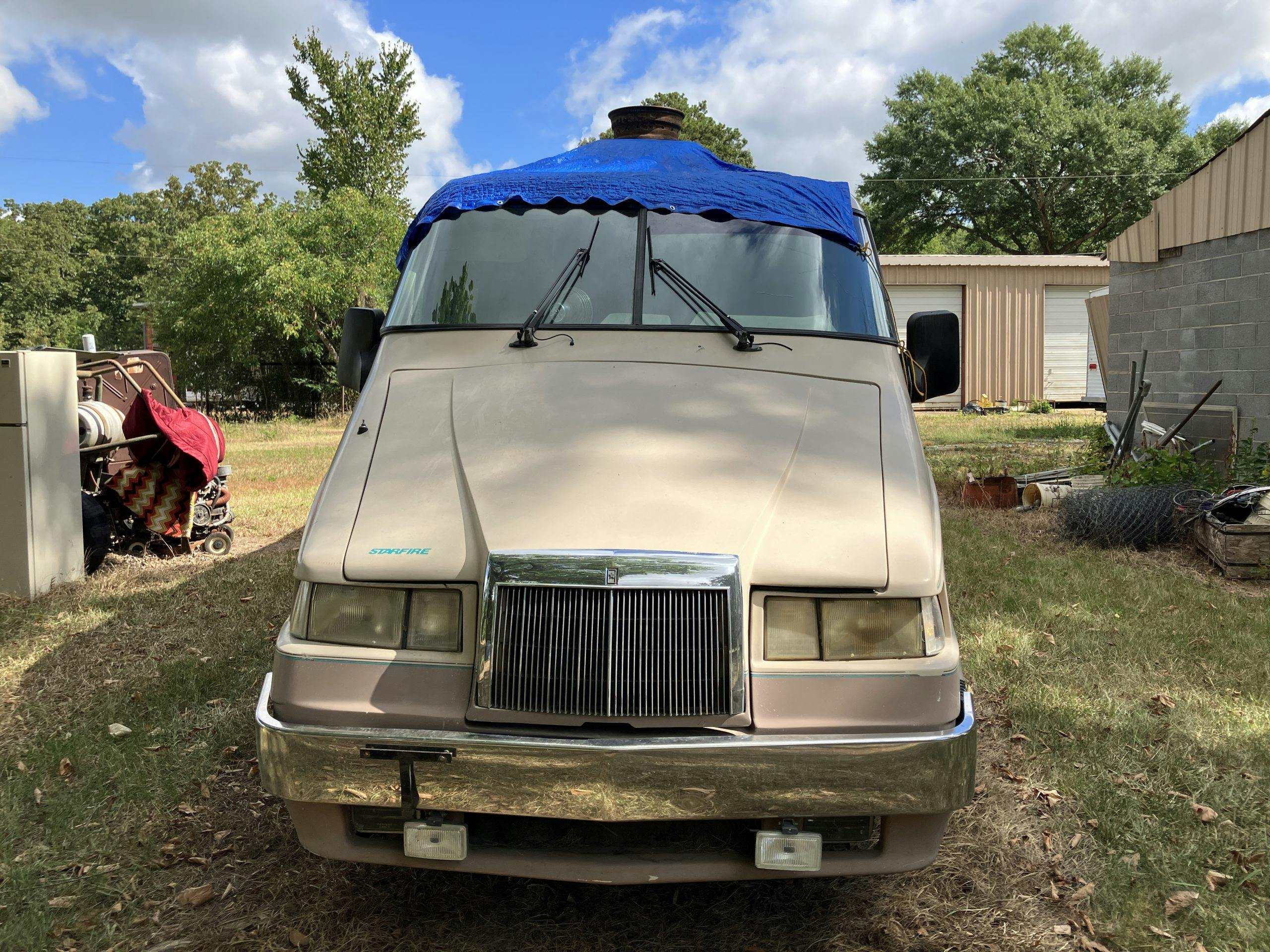
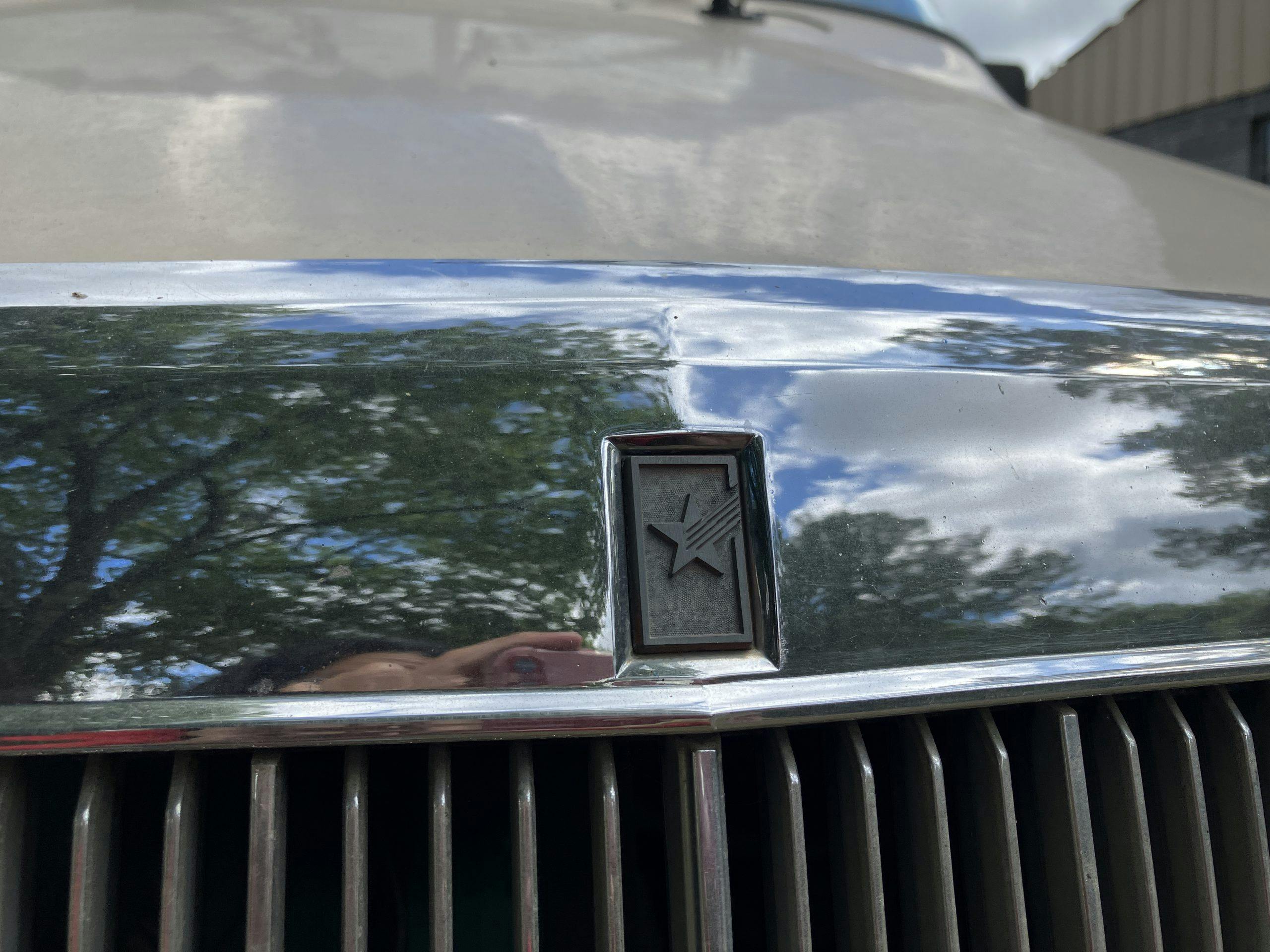
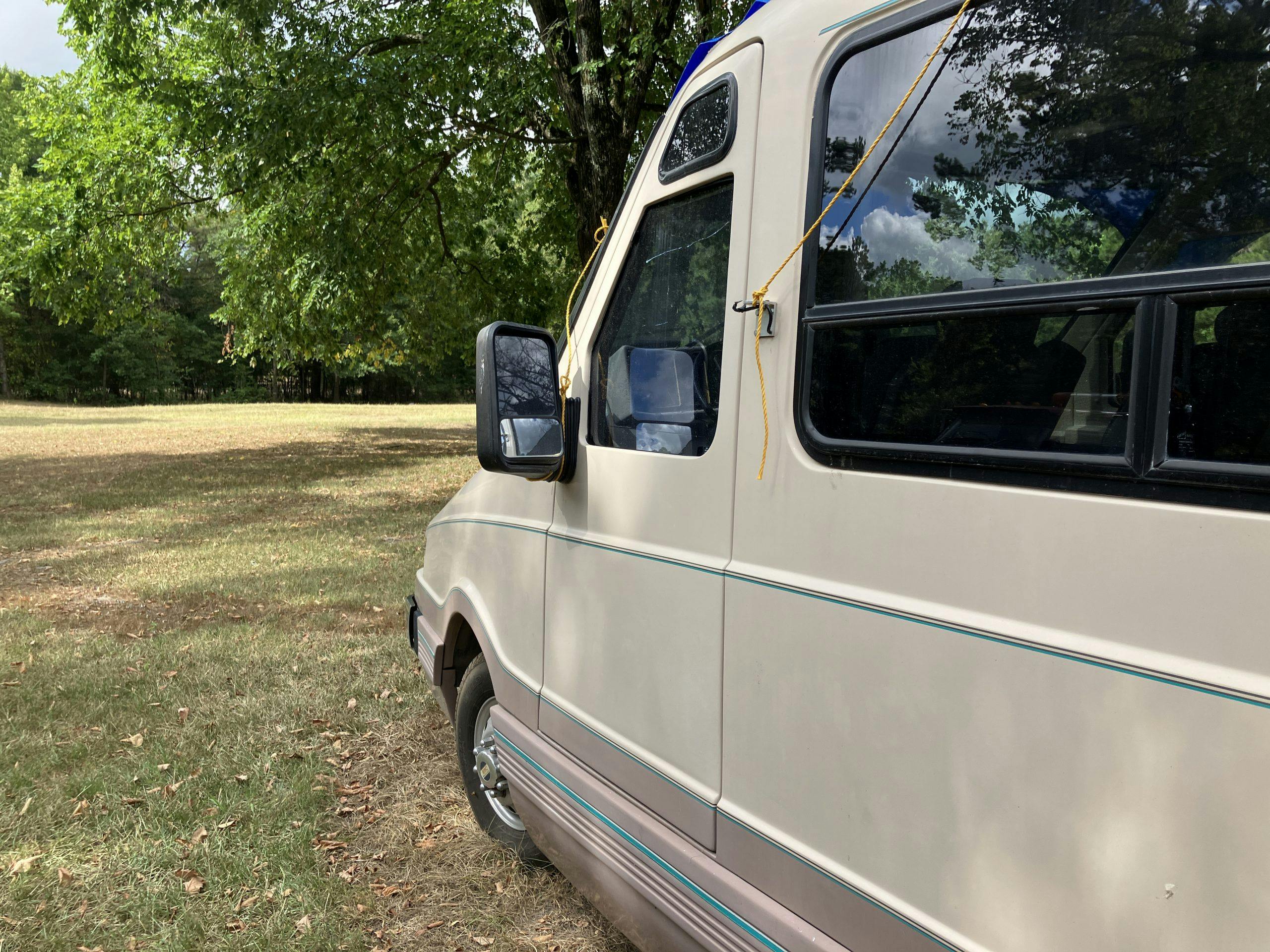
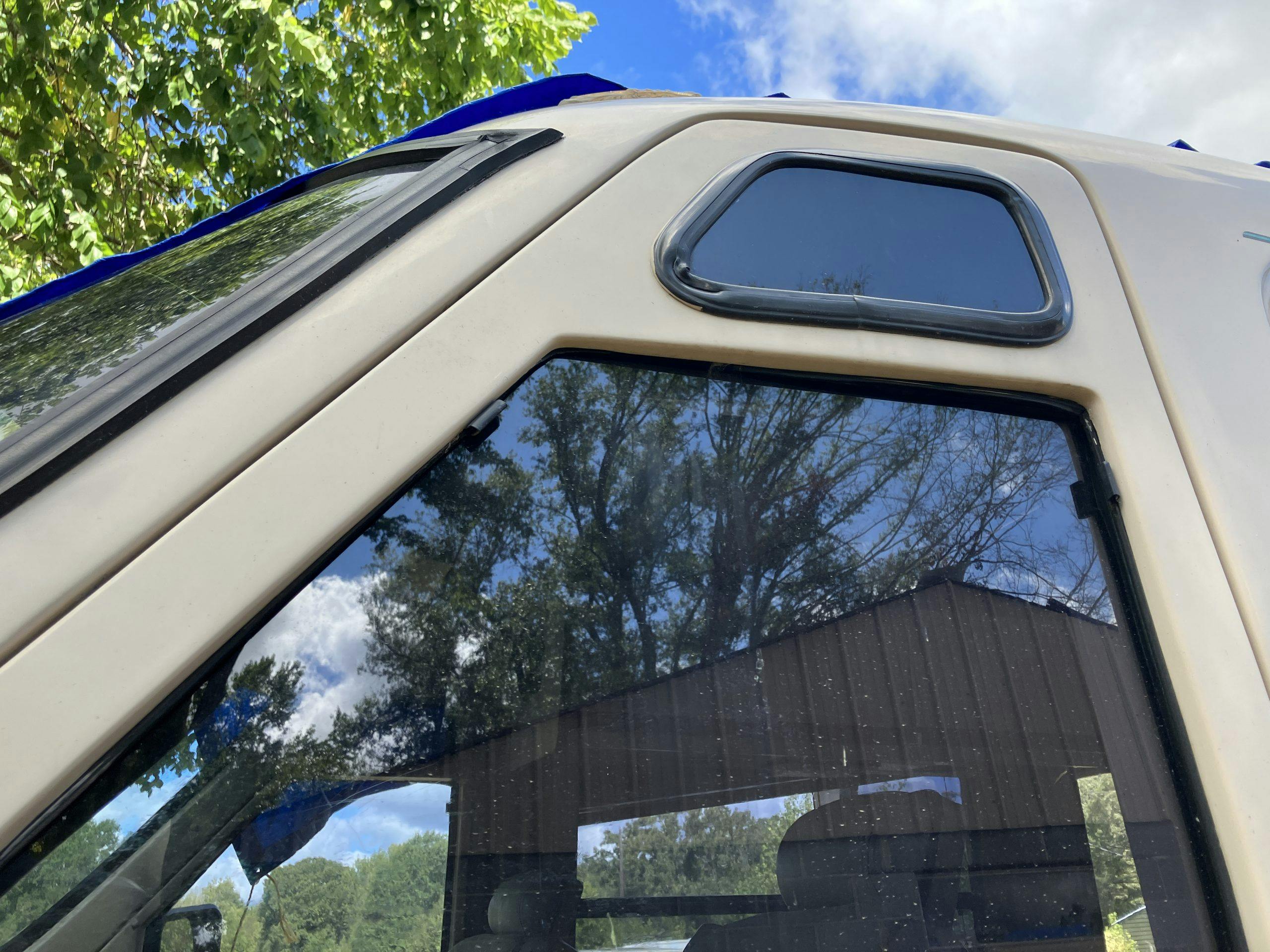
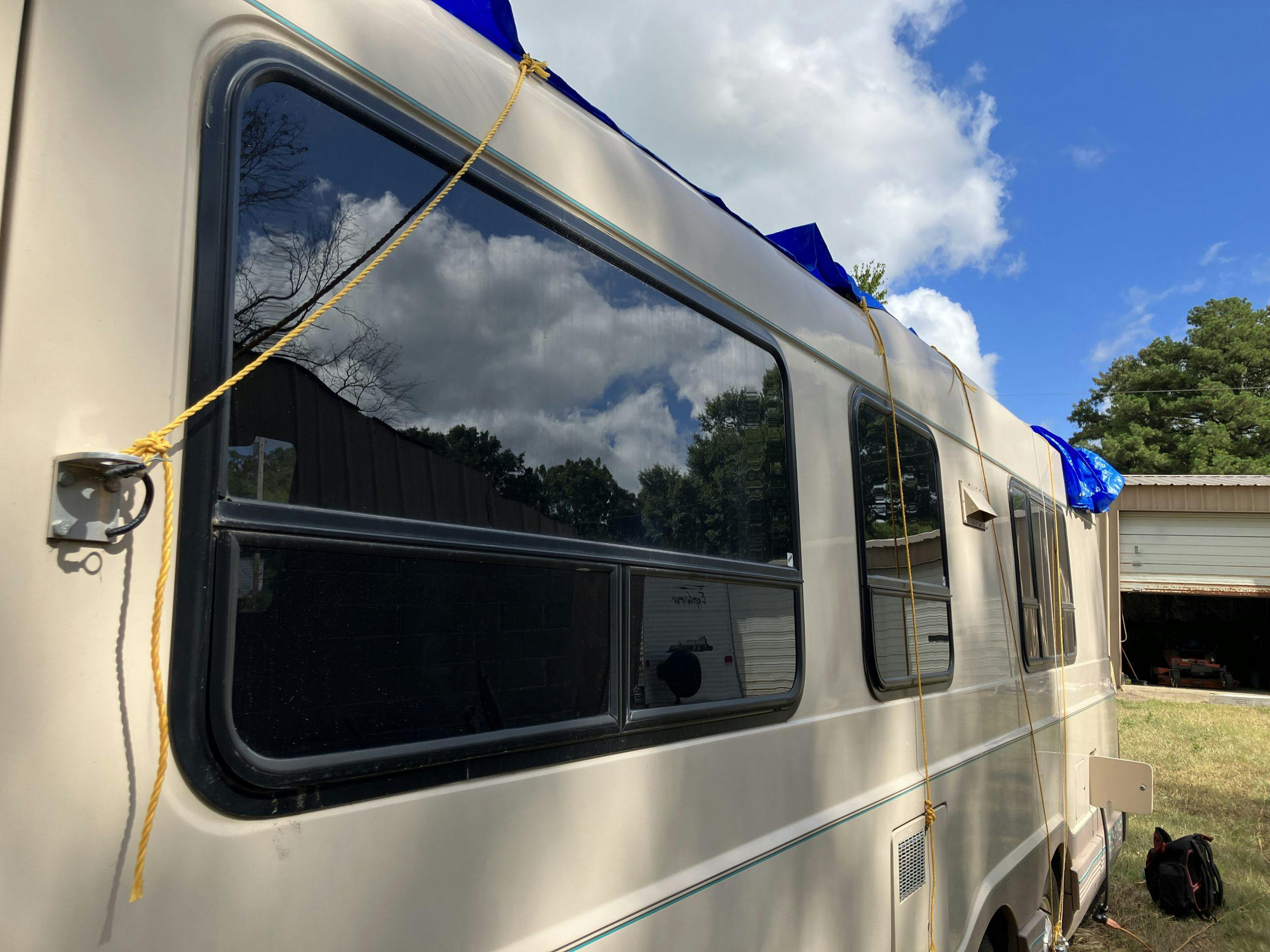
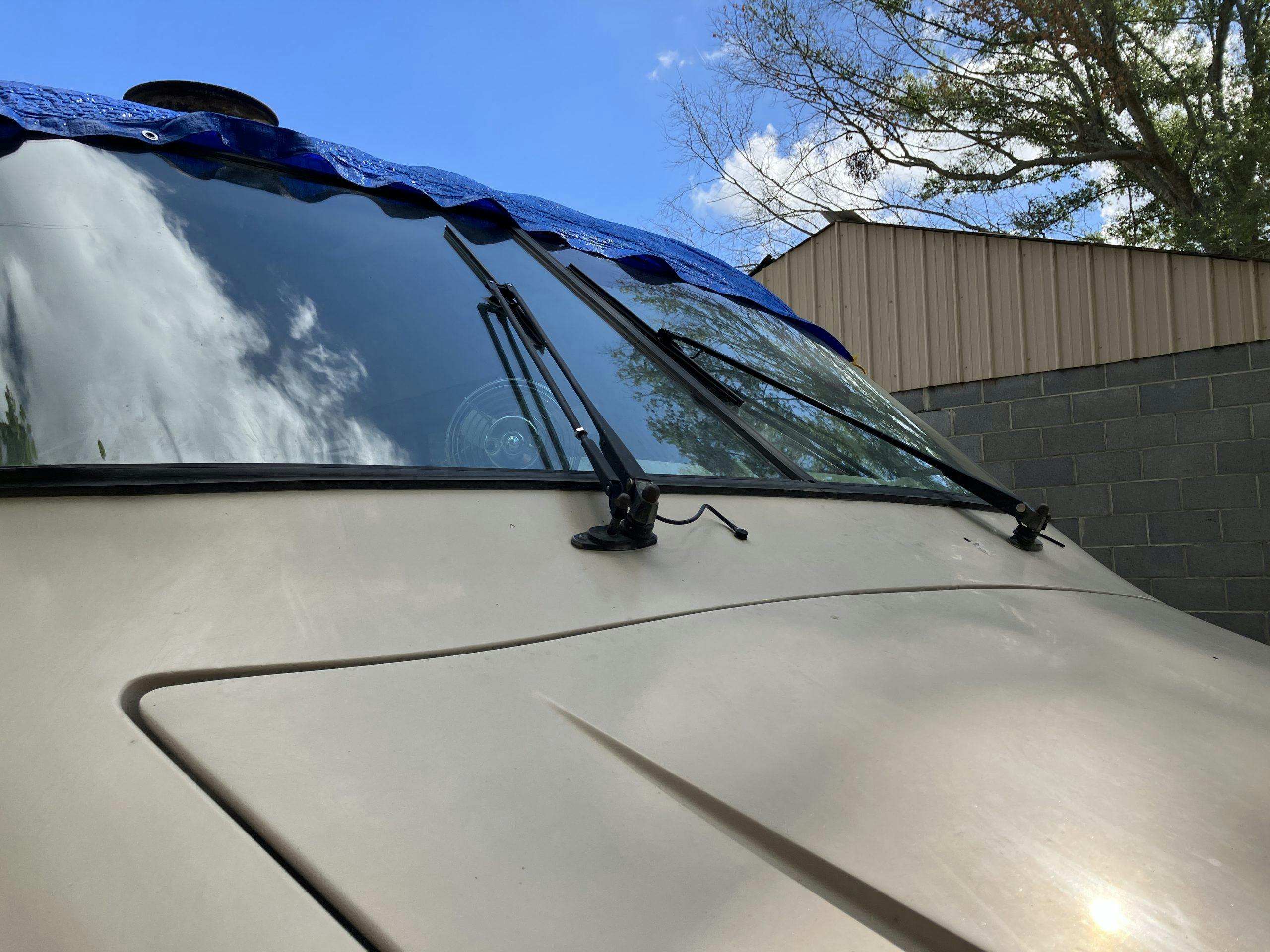
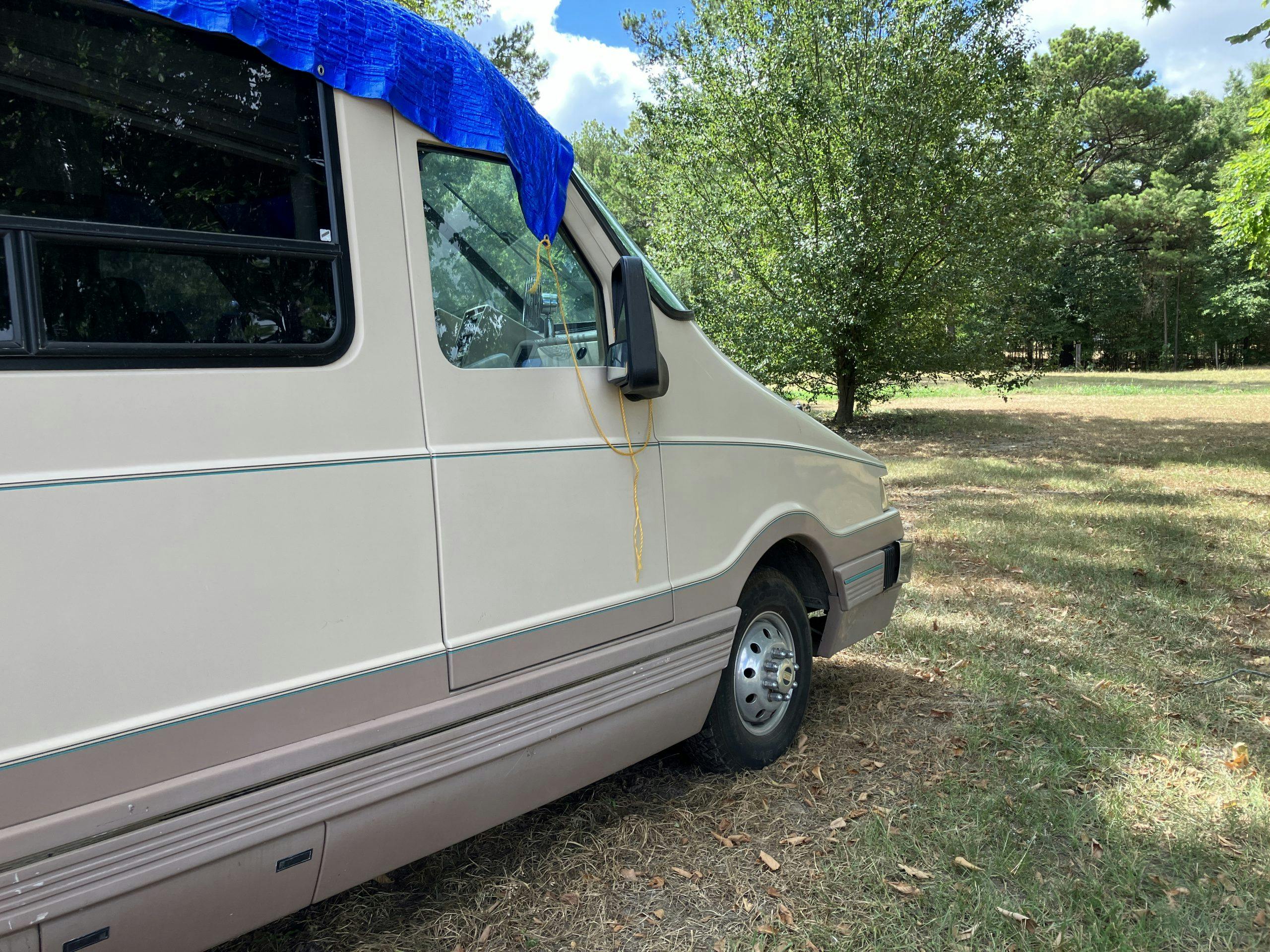
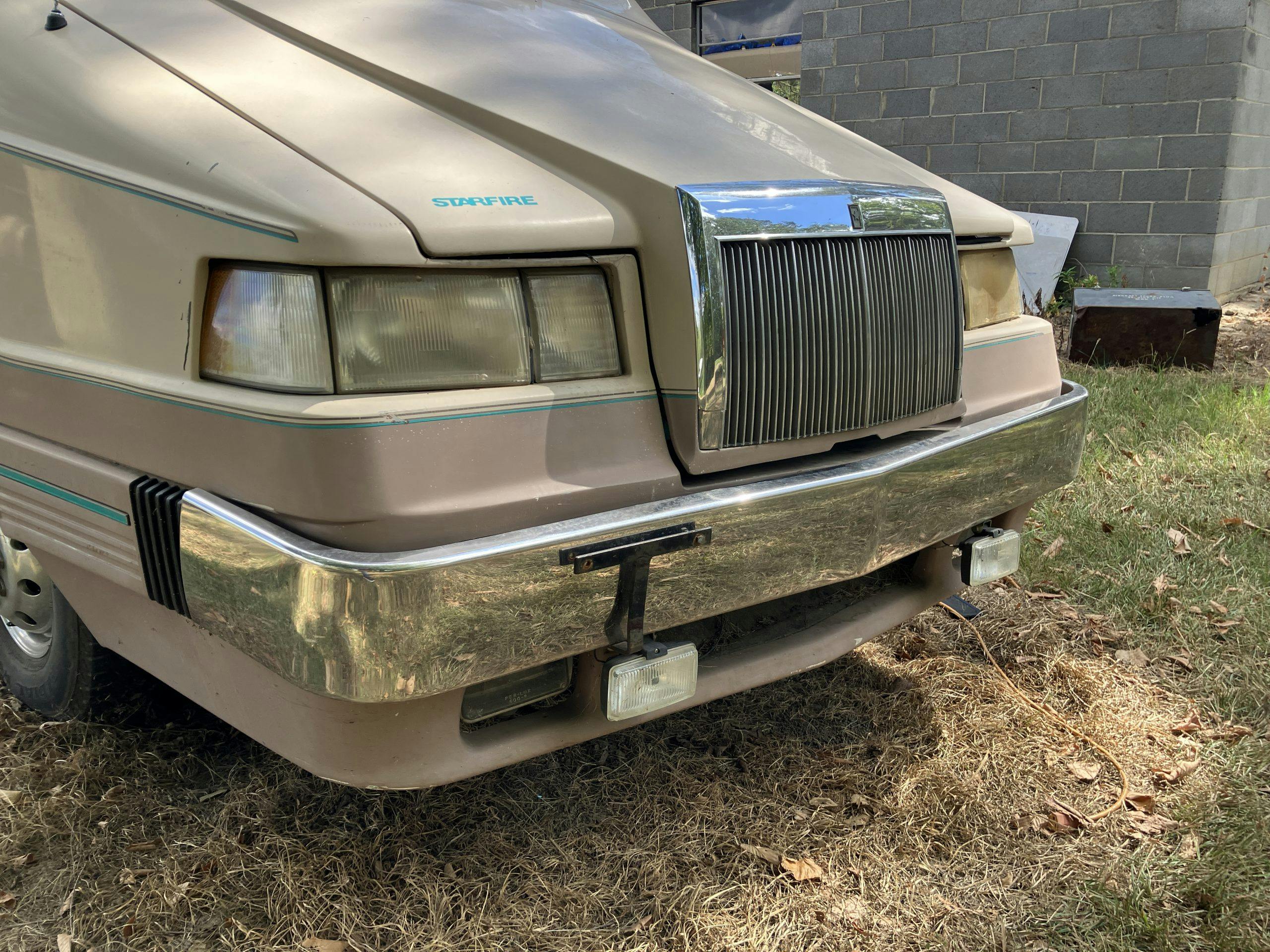

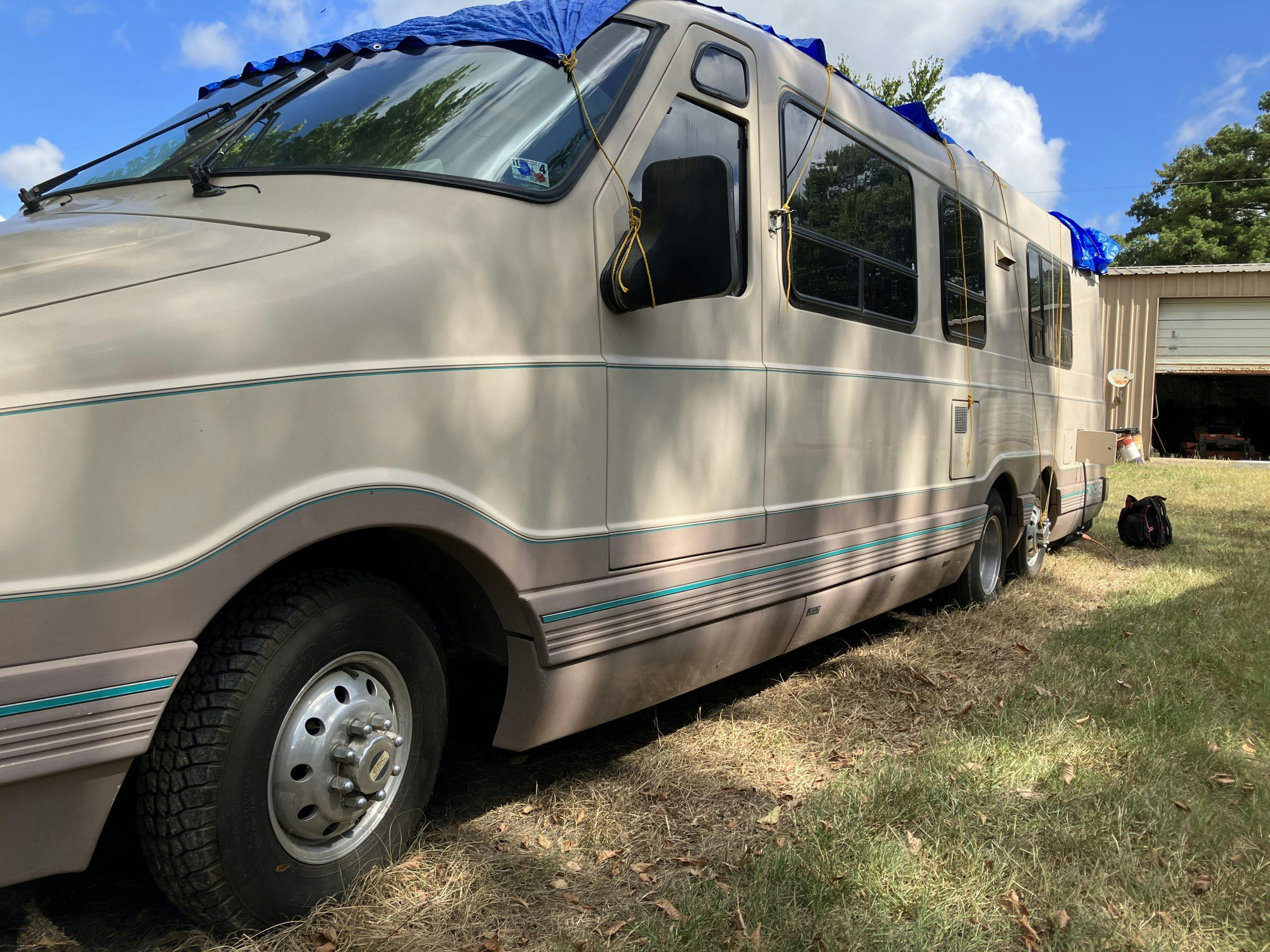
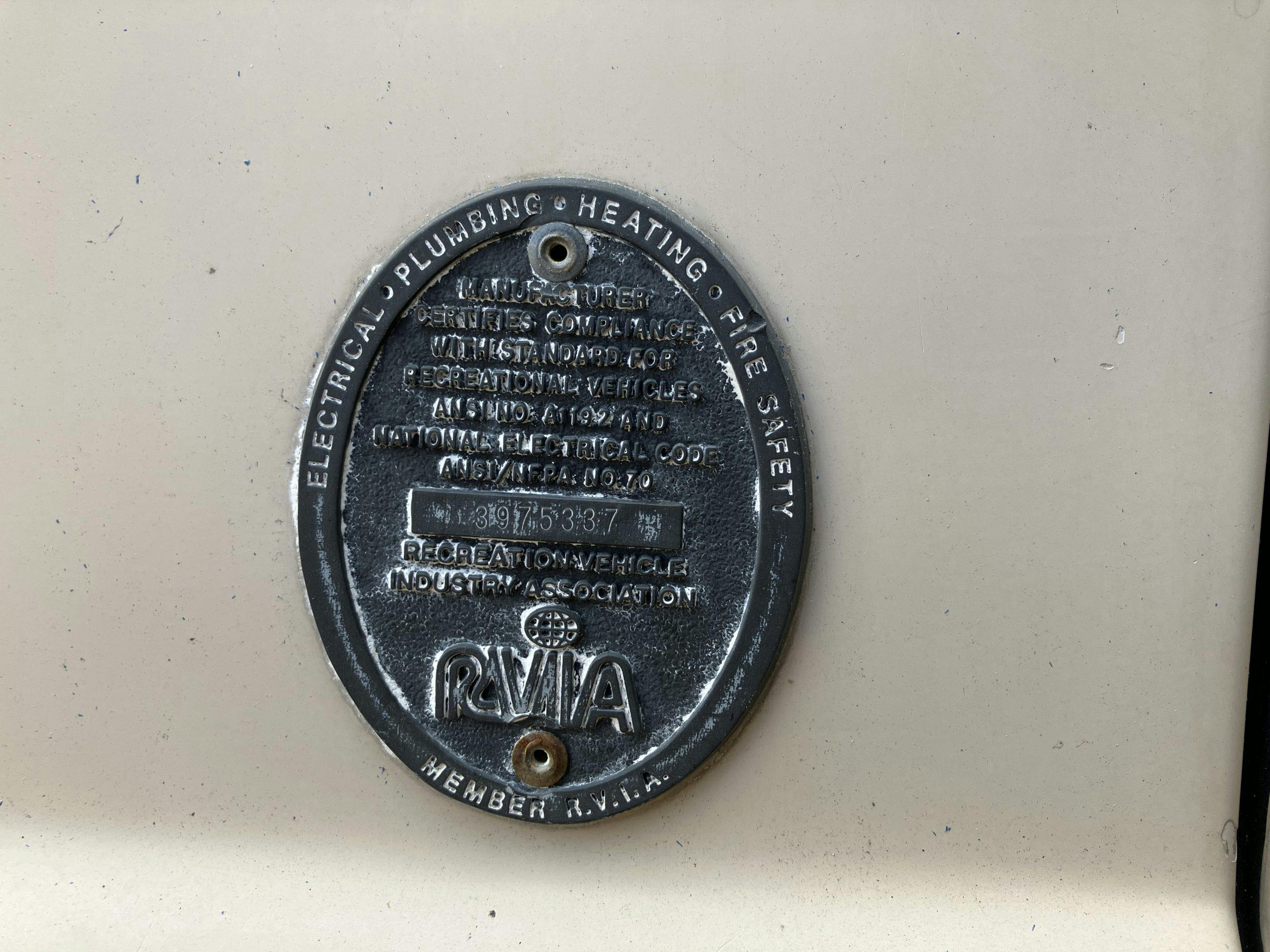
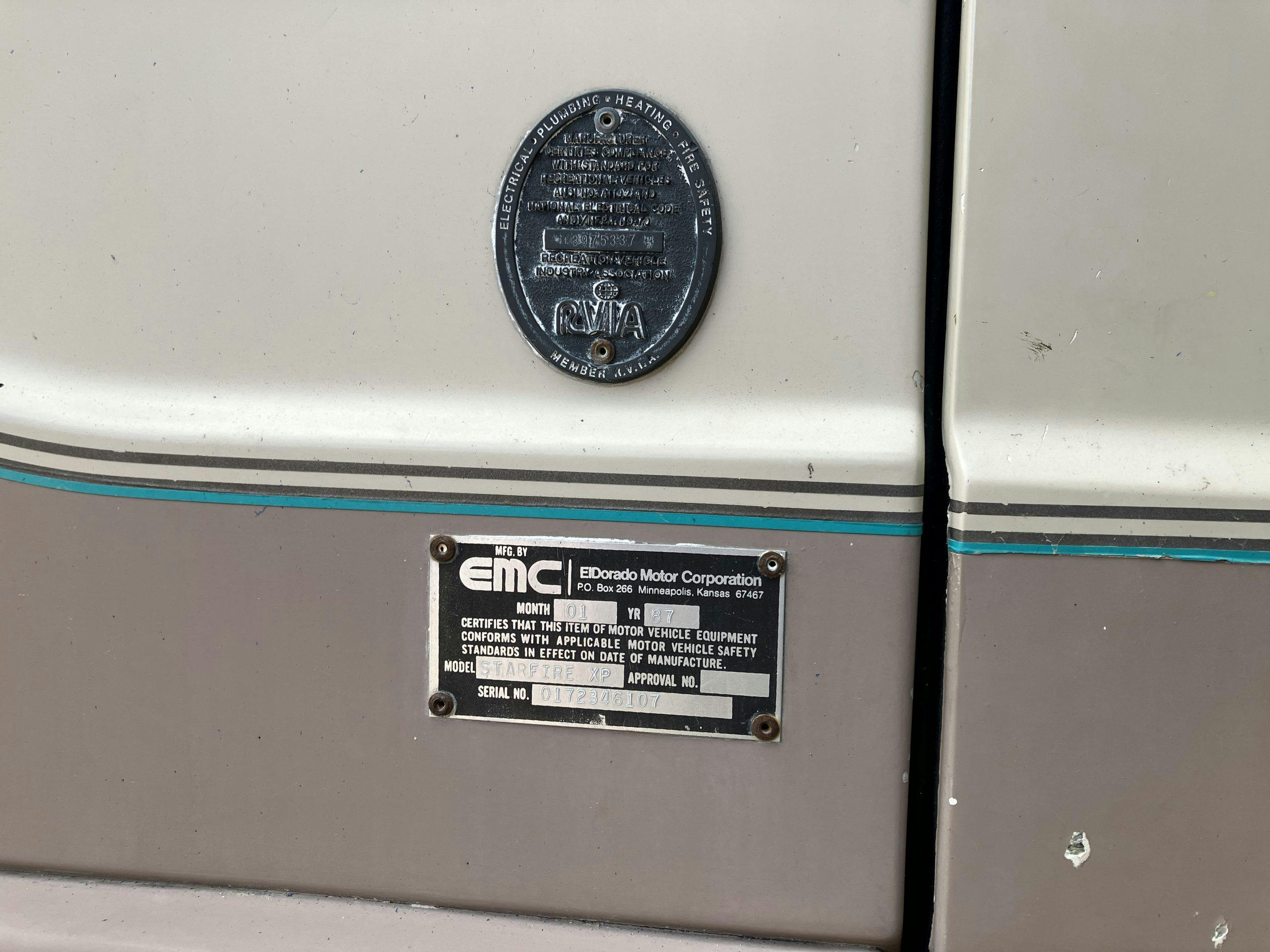

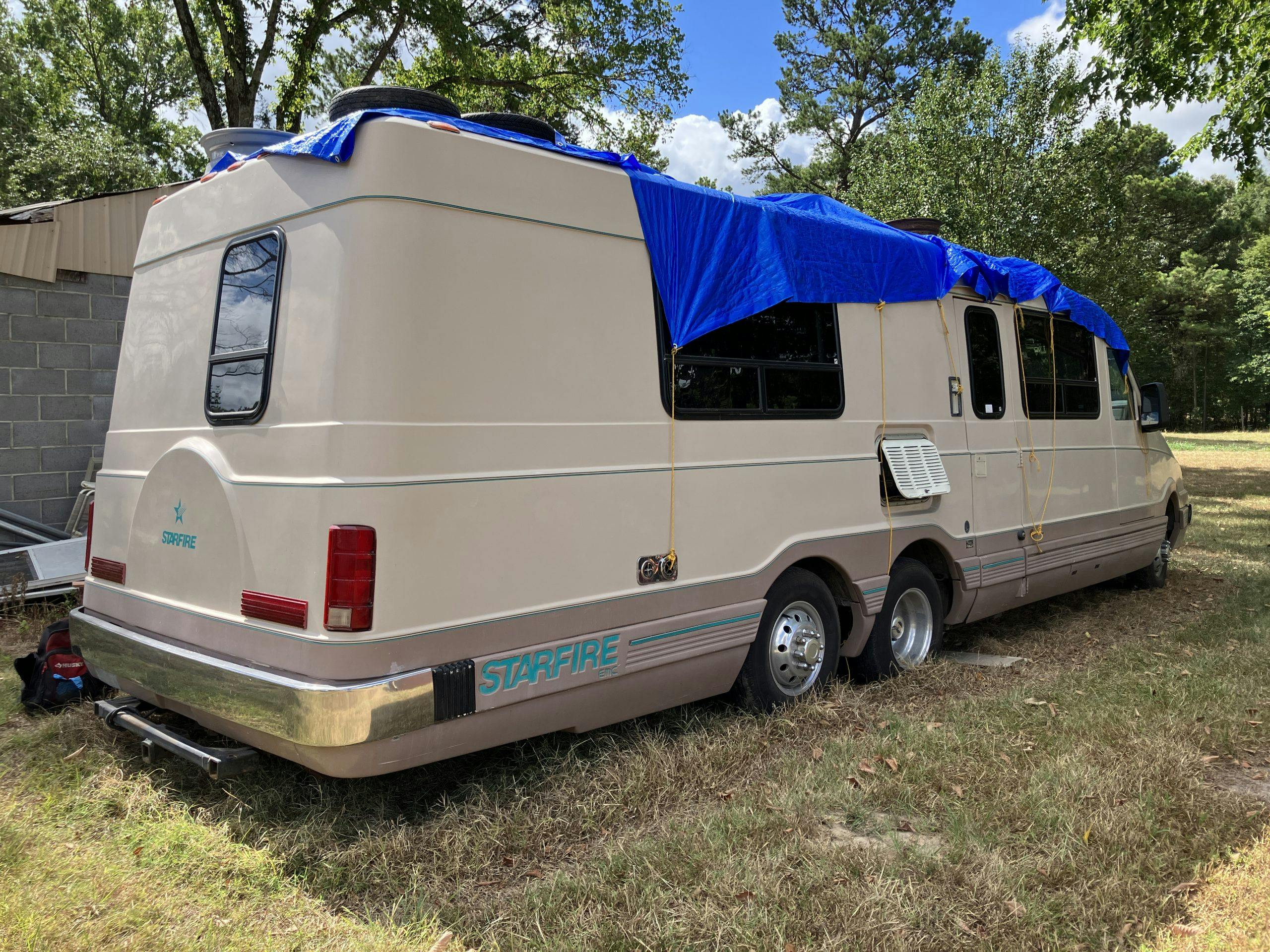
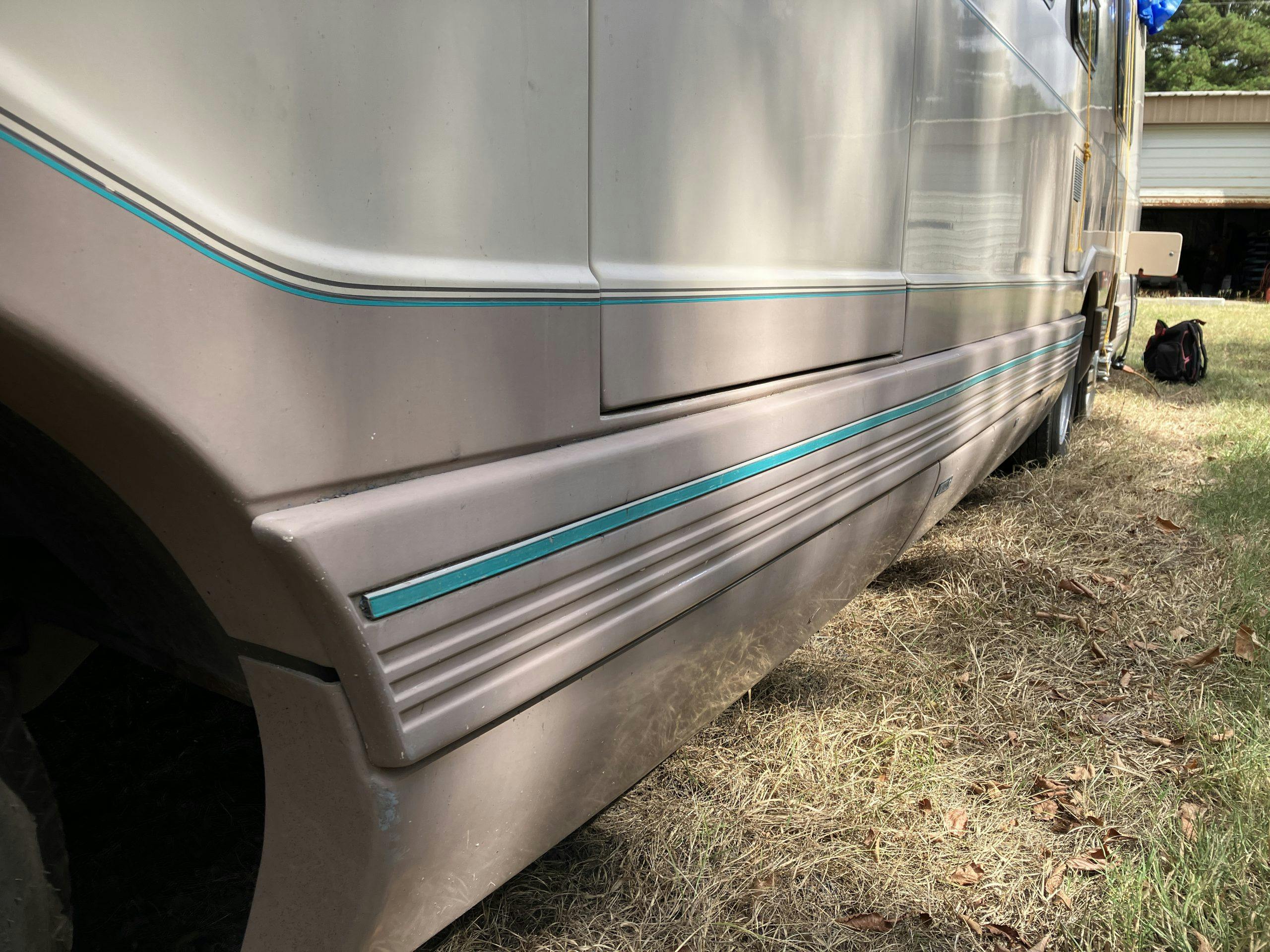
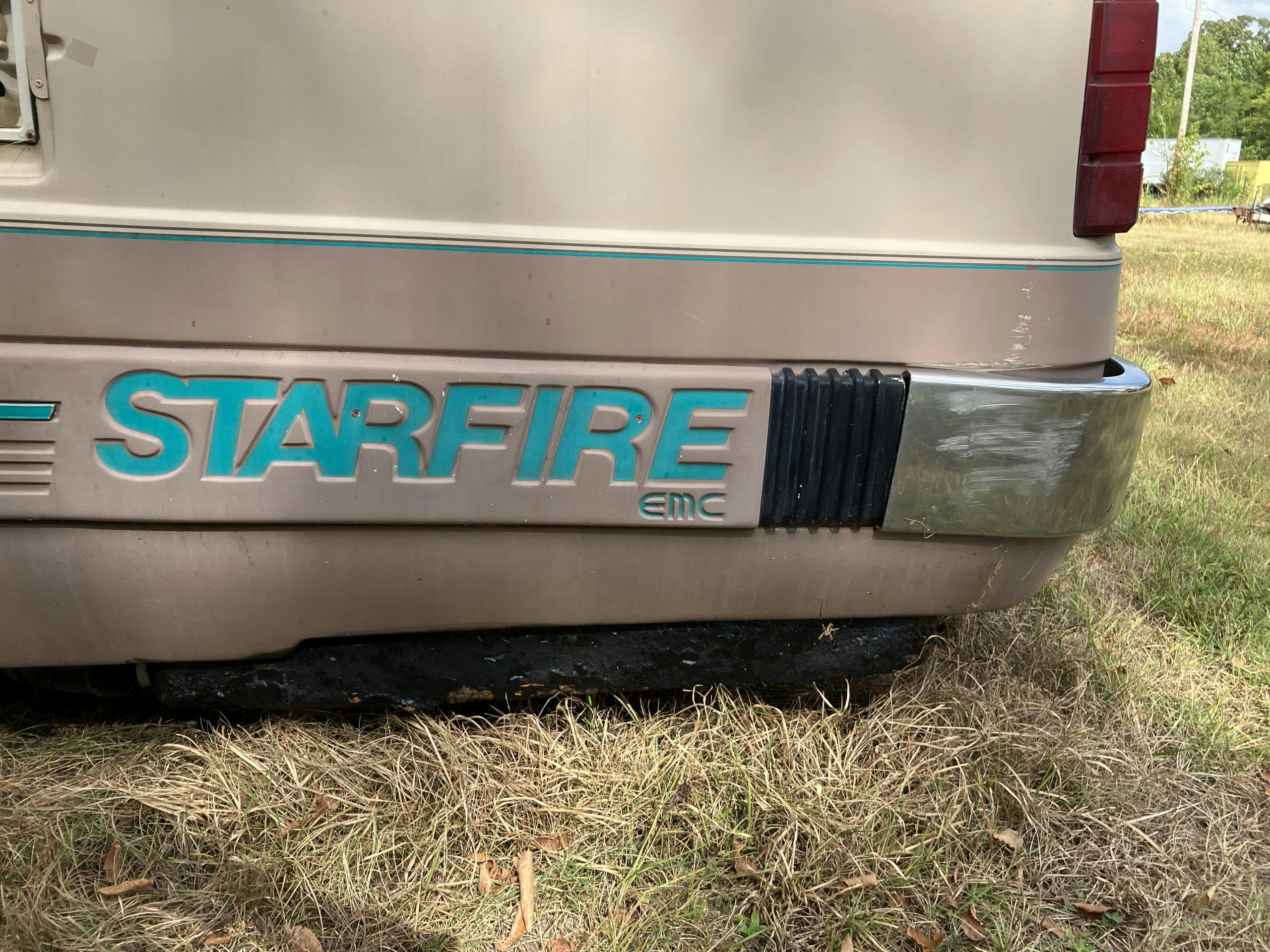
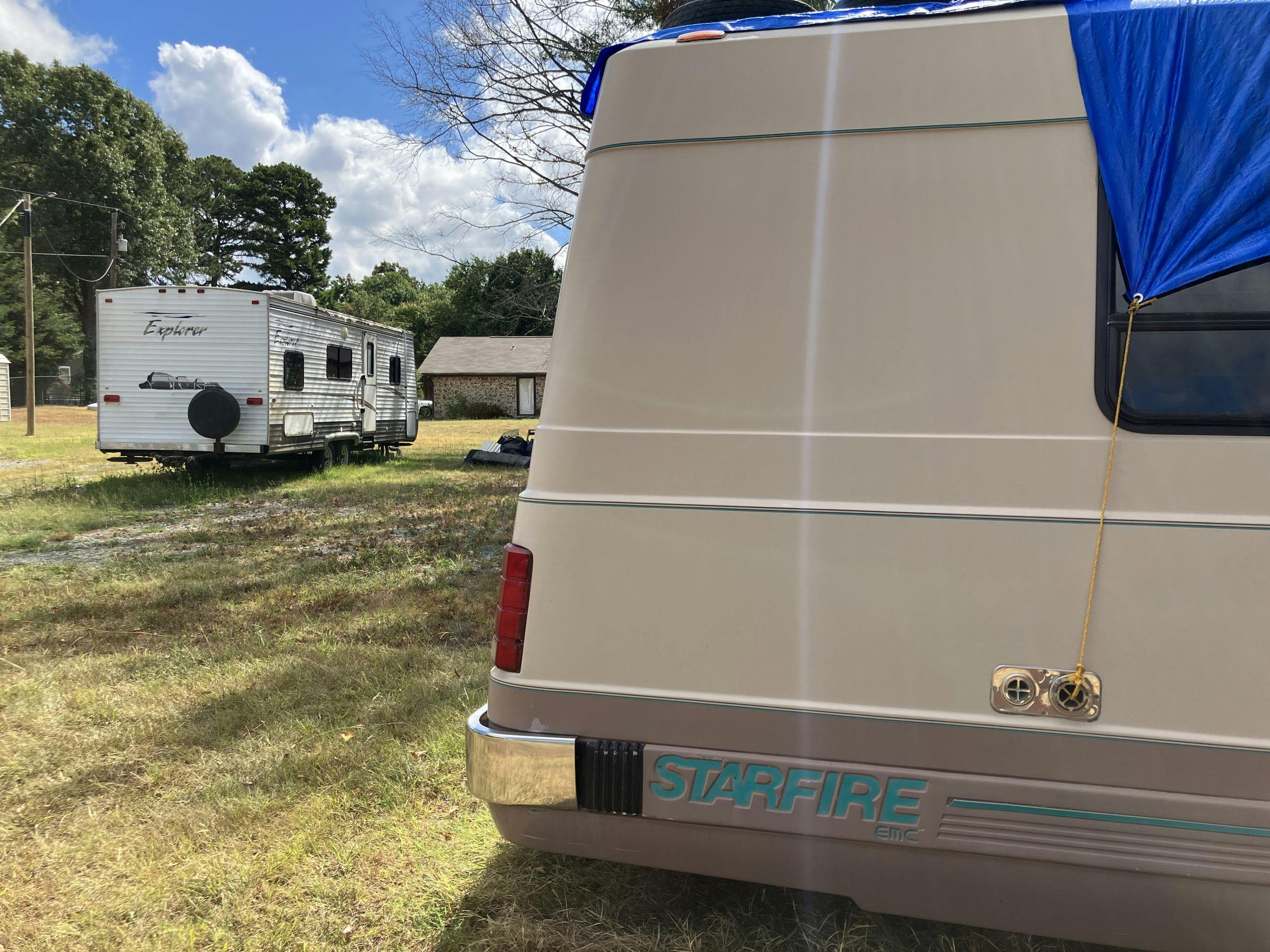
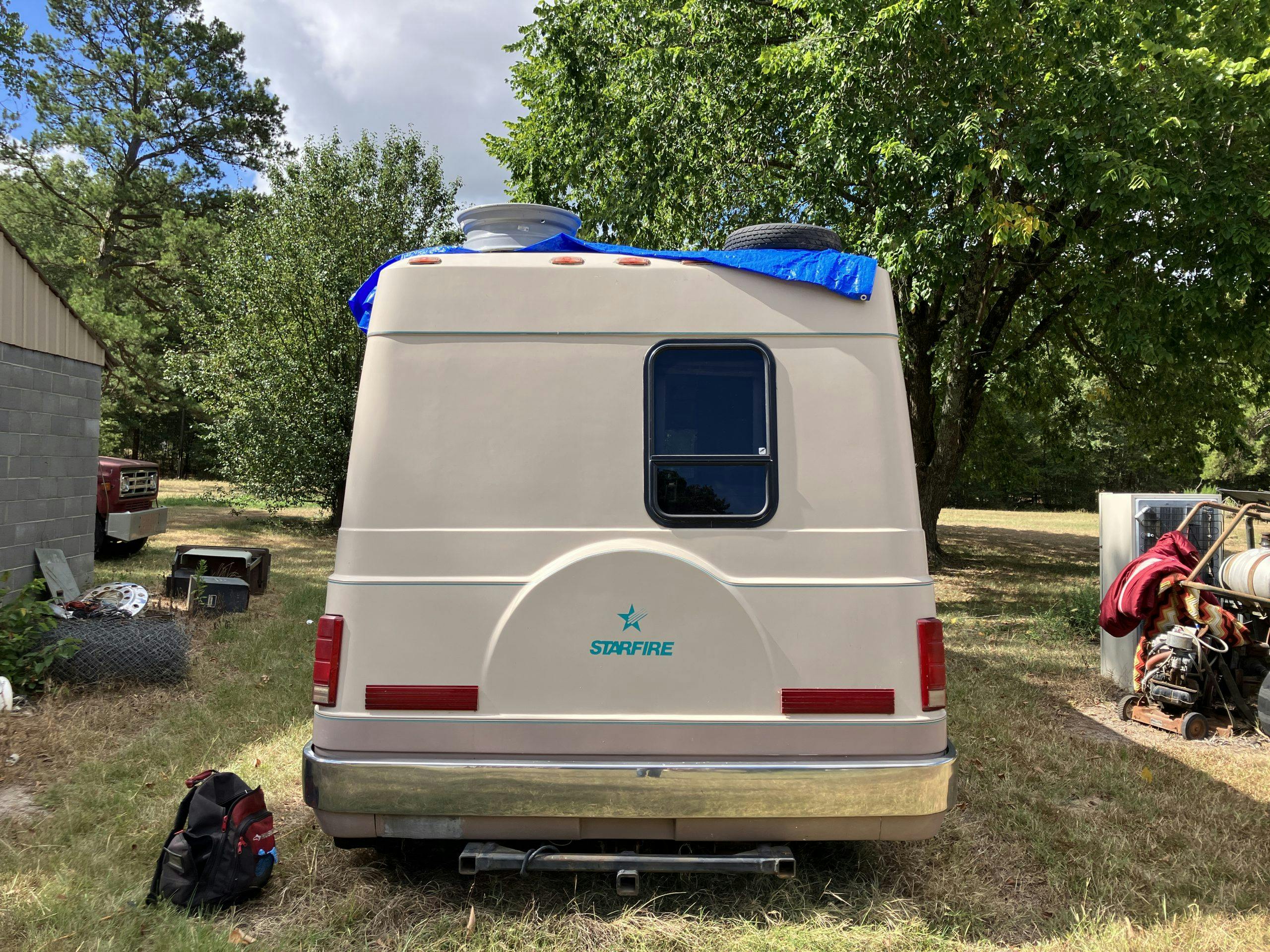
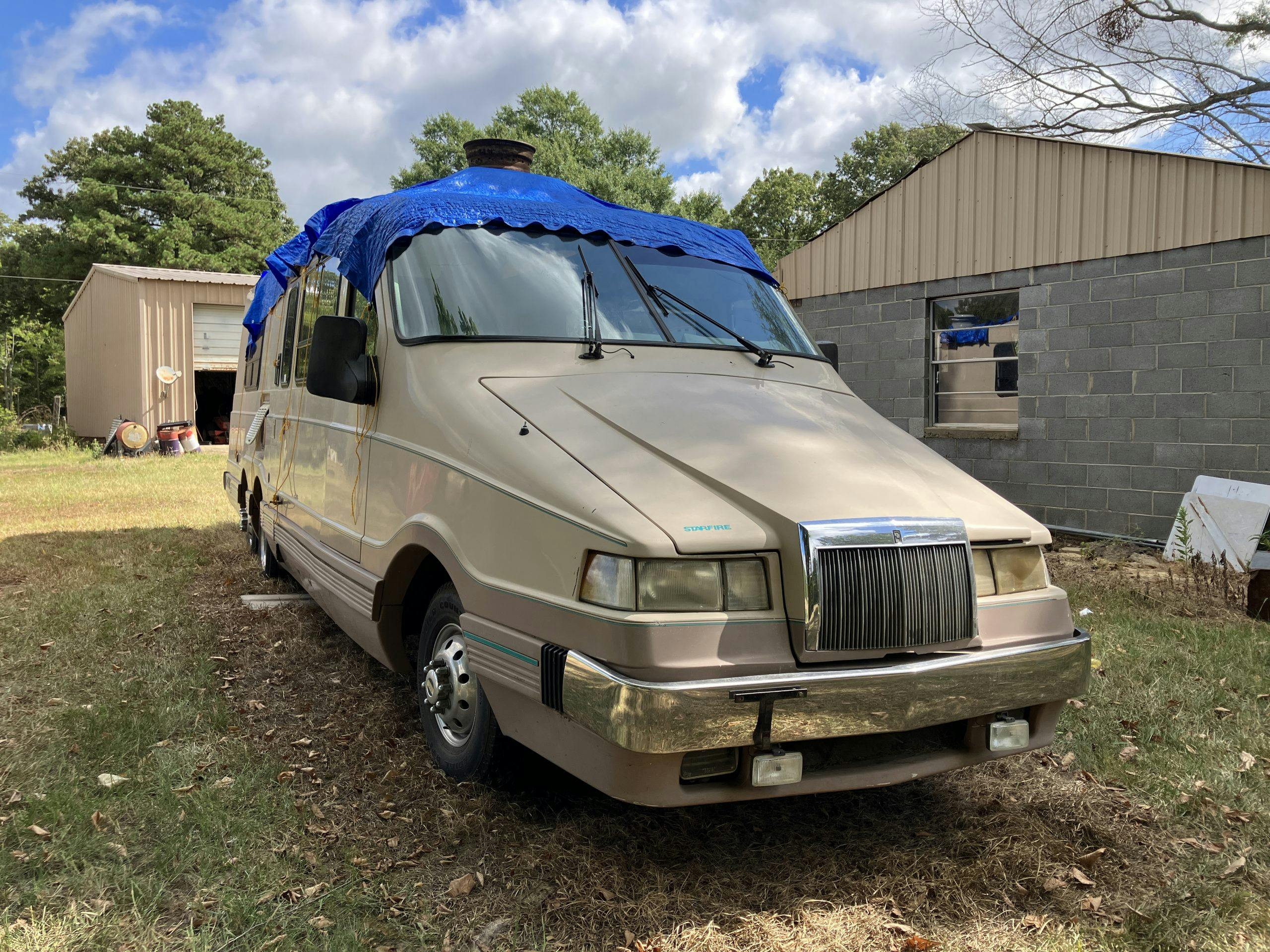
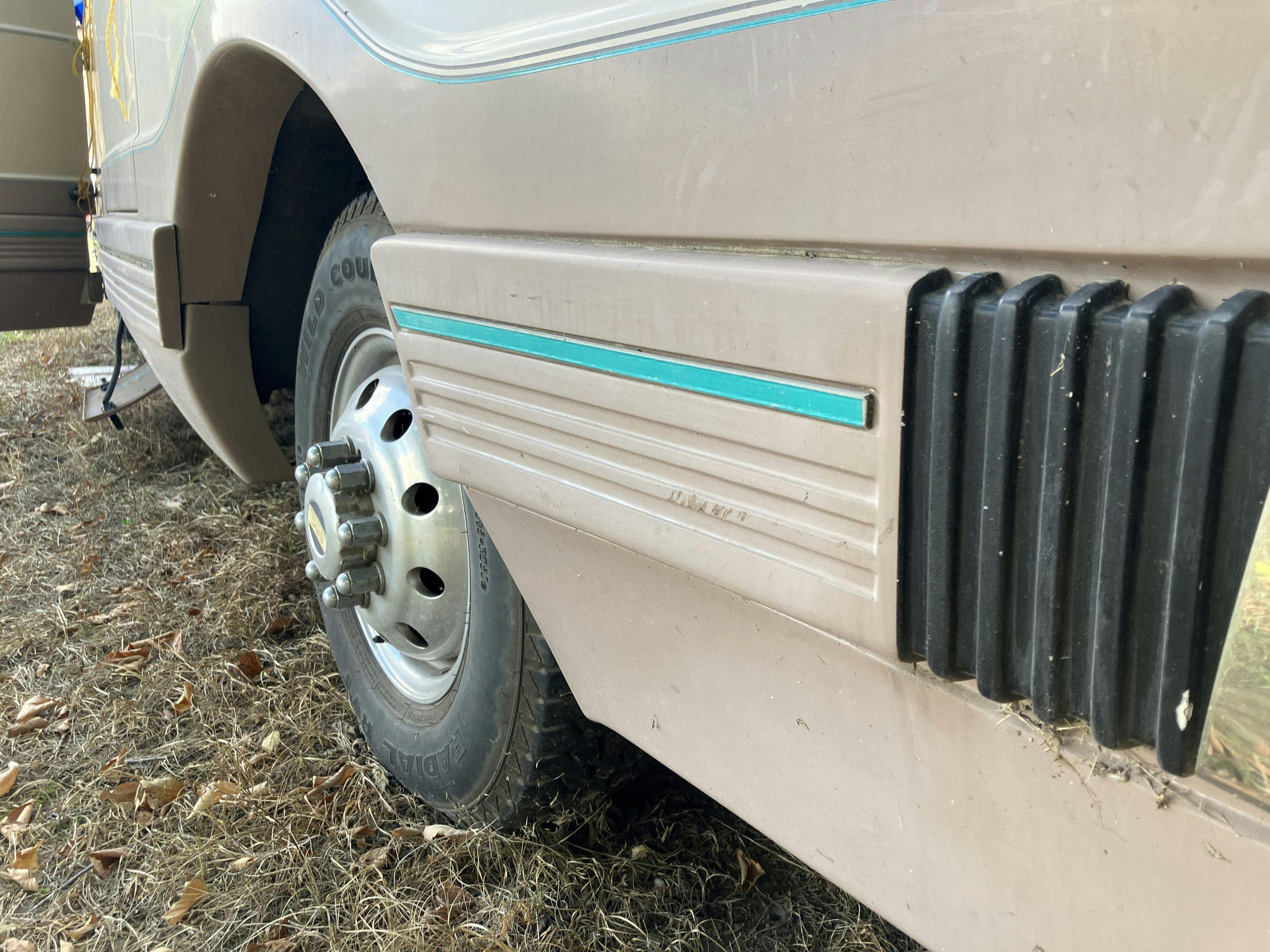
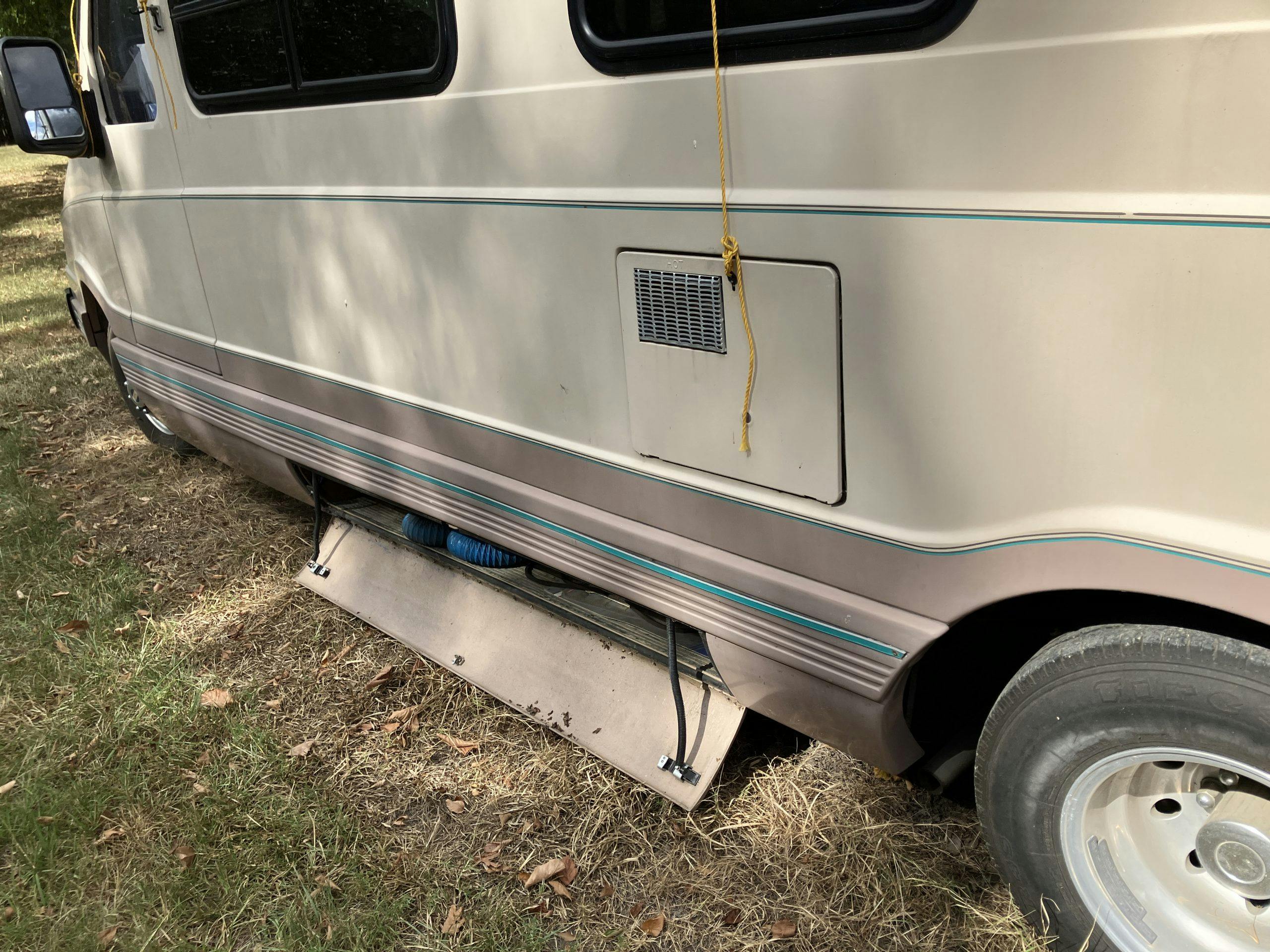
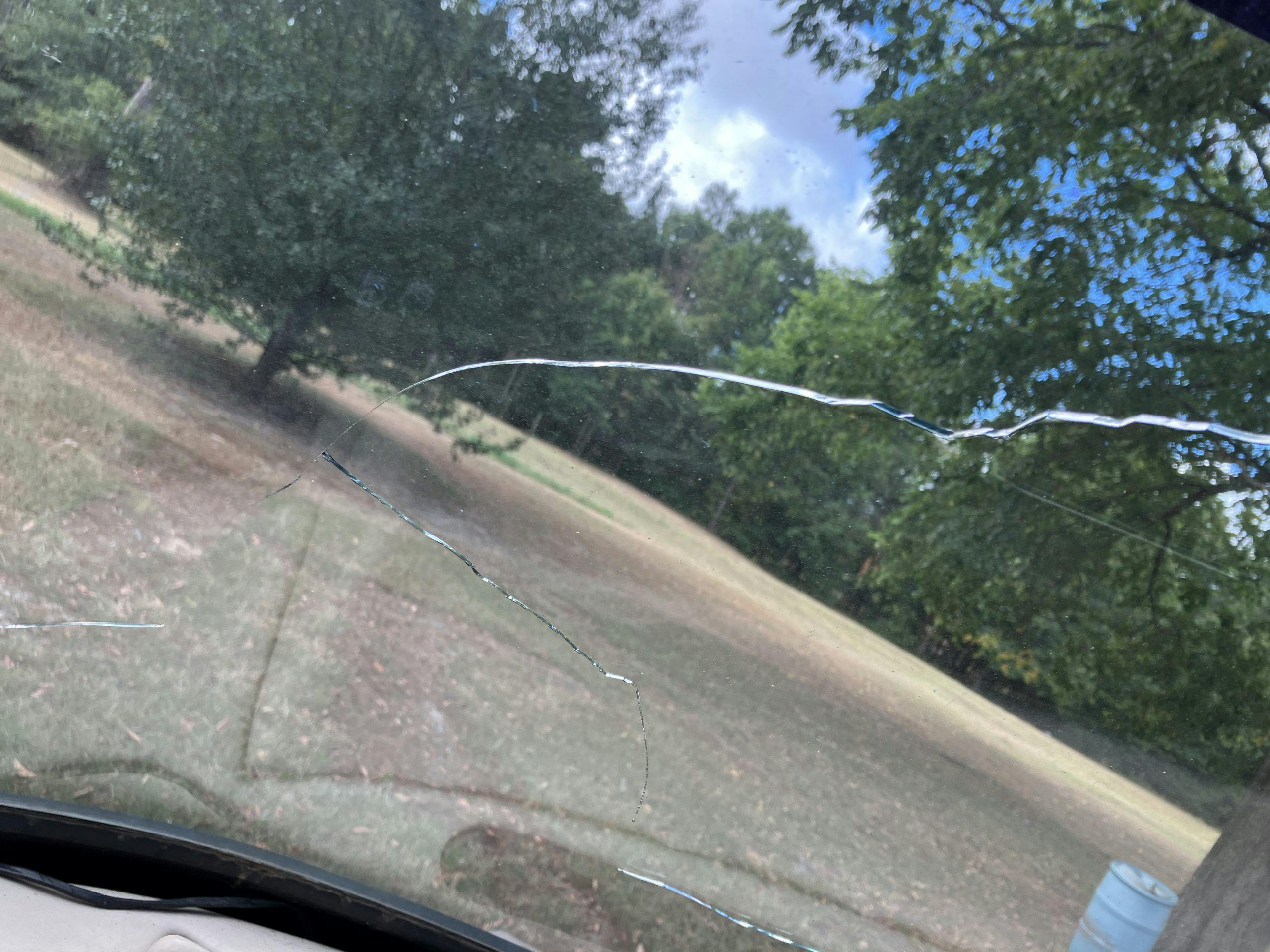
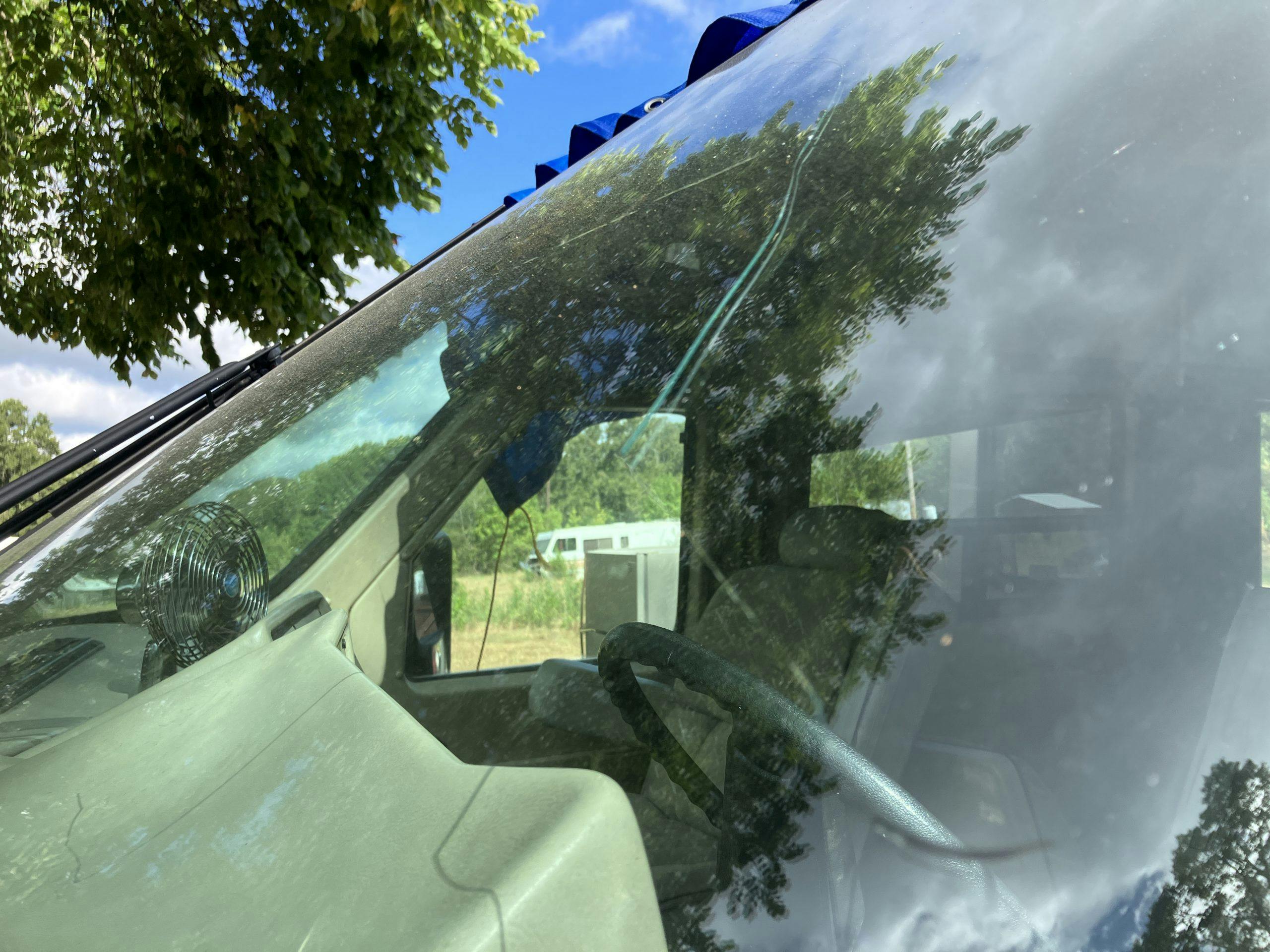
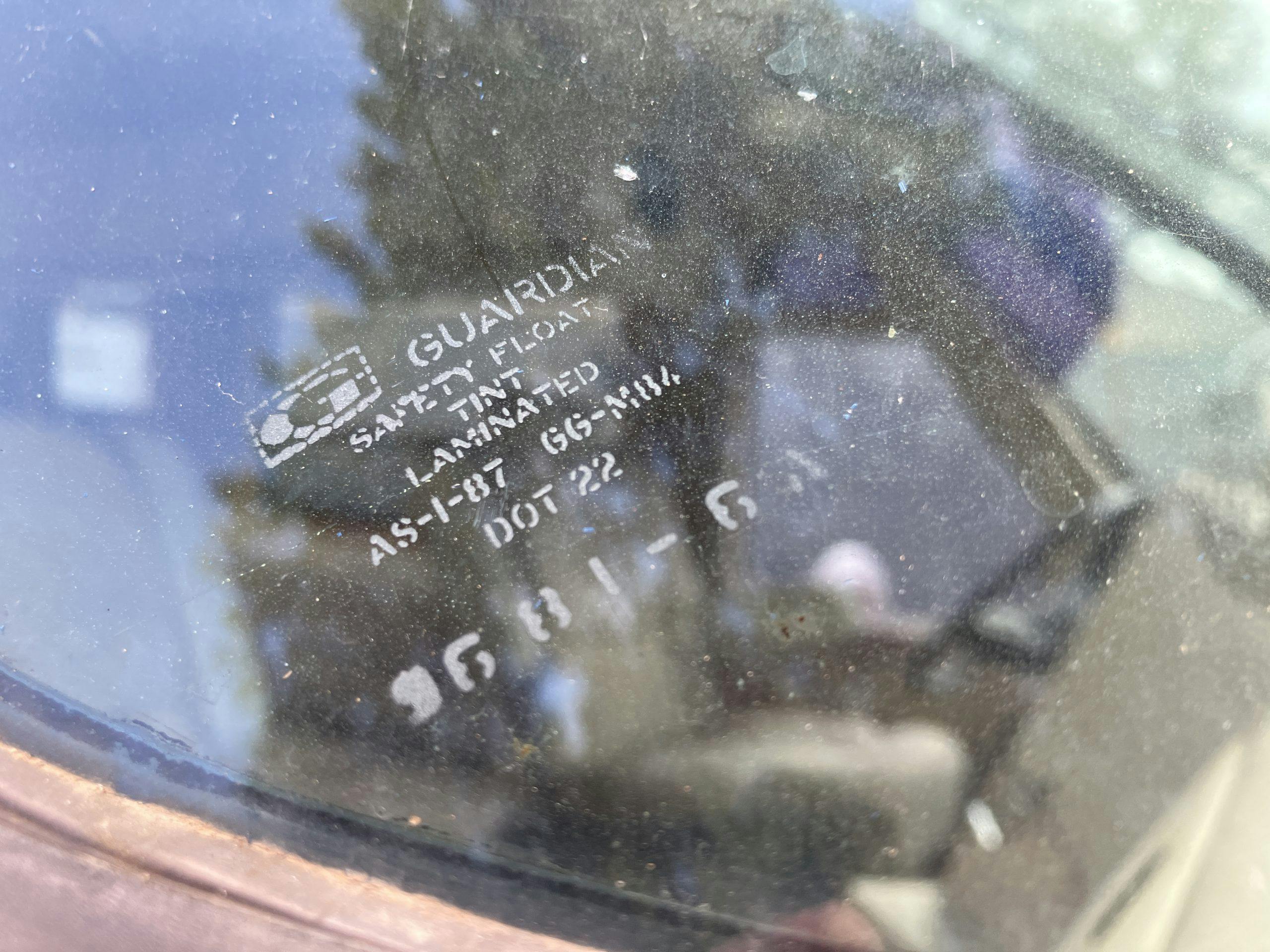
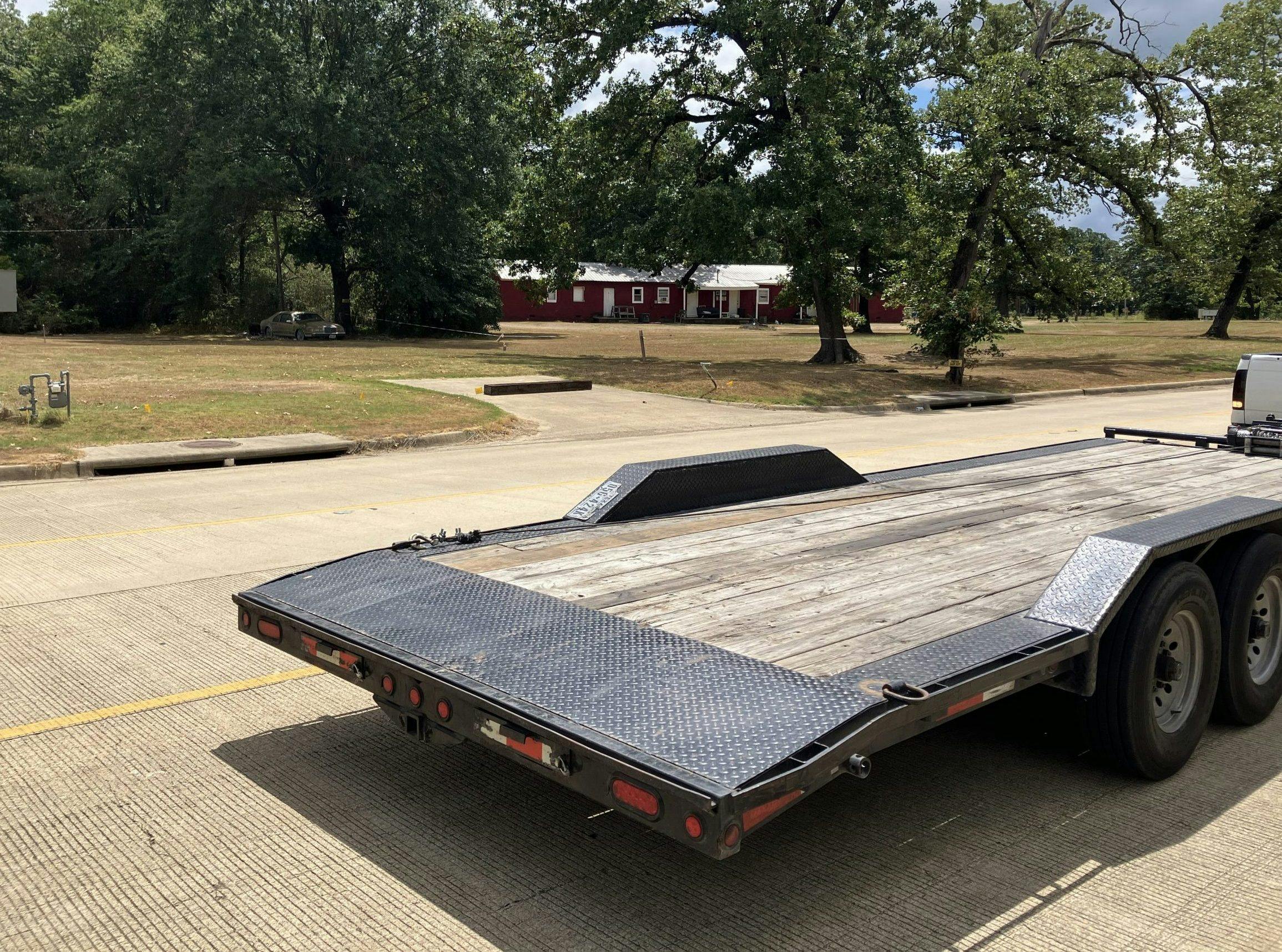
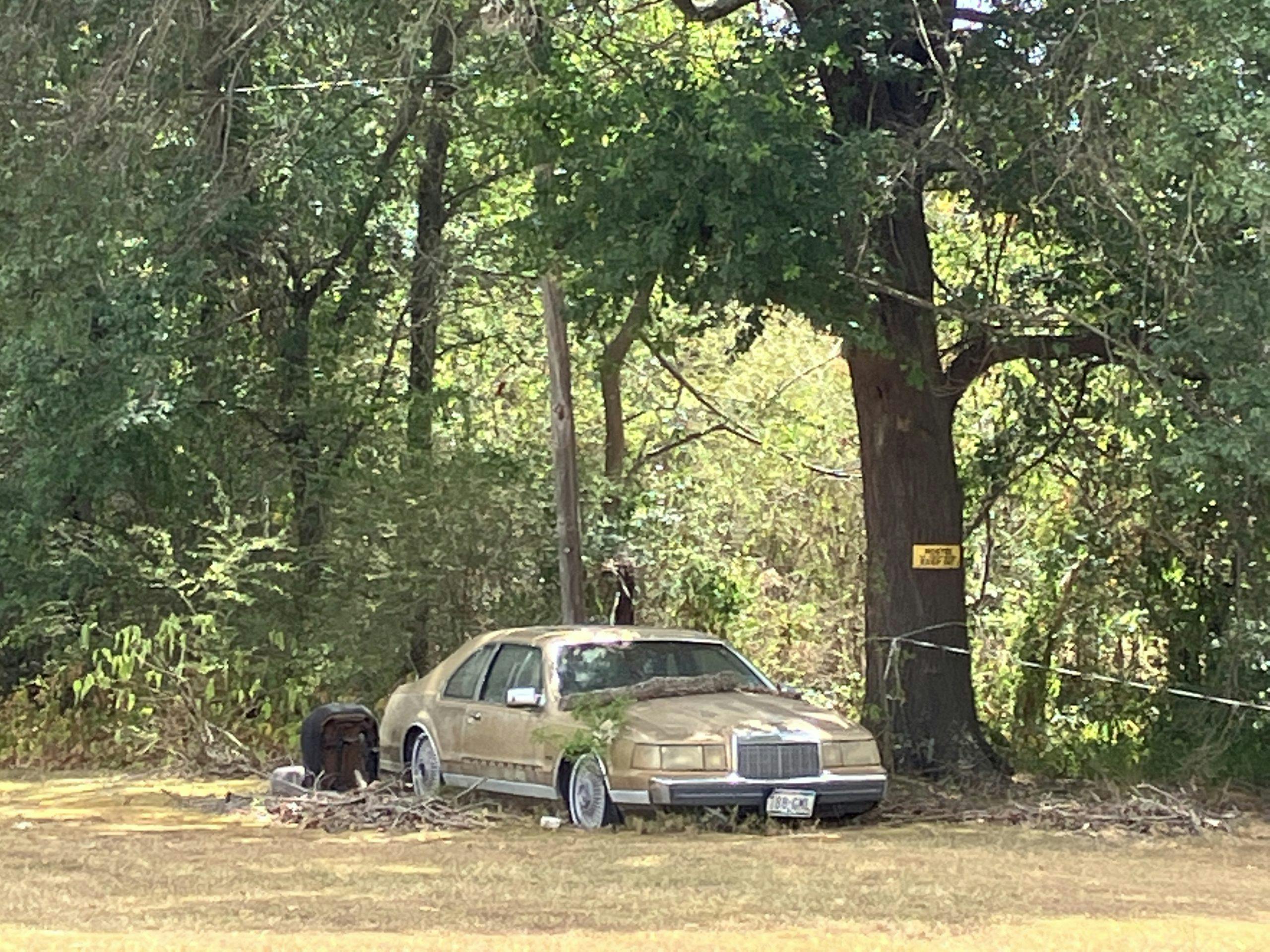



Wow, such a great story for an RV enthusiast from Down Under. My bus is 30 foot long and has a dedicated bedroom down the back. It was a shame the Starfire was lacking the dedicated bedroom. A fun, but costly hobby.
Thank you for your kind words! To be fair, some Starfires had the dedicated bedroom, but it seems like most were set up like this example. I guess their super premium pricing in the market meant they were more for entertaining and showboating, which would happen a lot whenever this entered an RV lot.
My dad’s company A1 Fiberglass (Hastings, NE) made the fiberglass bodies for the Starfire and for the rest of the ElDorado fleet with fiberglass. He likely even physically shot and rolled the fiberglass bodies. The Starfire was also used in the Prayer of the Rollerboys movie.
After I sent you the last email, we went downstairs and started watching some old VHS tapes. One ended up being the EMC promo video for making the Starfire.
Sorry, my previous comment didn’t post. My dad’s company, A-1 Fiberglass (Hastings, Nebraska) actually made all the fiberglass shells for the Starfire and other EMC RVs. The RV was also in the 1980’s movie Prayer of the Rollerboys.
Just saw one for sale along the highway south of Green Cove Springs Florida.
Hi Lance, I wish I coulda got your father on the phone when I wrote my second article: https://www.hagerty.com/media/car-profiles/no-80s-rv-broke-the-mold-like-emcs-starfire/
Unfortunately I didn’t get to speak to anyone at A-1 Fiberglass at the time. And I was on a bit of a deadline, but no matter, if your father would like to share more about the Starfire, and if we can get that videotape digitized (put on YouTube) I think it would be a fantastic Part III to this series. You can email me @ pistonslap@hagerty.com
Articles such as this have convinced me I need a Starfire. I’m more into the restoration aspect of owning one, and the one I’m looking at has no documentation. Is there anyone that would be willing to share a service manual & have it digitized? The cost of that will be nothing compared the entire project. Great article BTW.
Thank you for reading, and for your feedback. I remember that a lot of ElDorado’s literature was donated to the RV Museum in Elkhart Indiana, so maybe reaching out to them would be your best bet: https://www.rvmhhalloffame.org/